Flight Planning and Navigation: 5 Common Mistakes Student Pilots Make (and How to Stay Ahead)
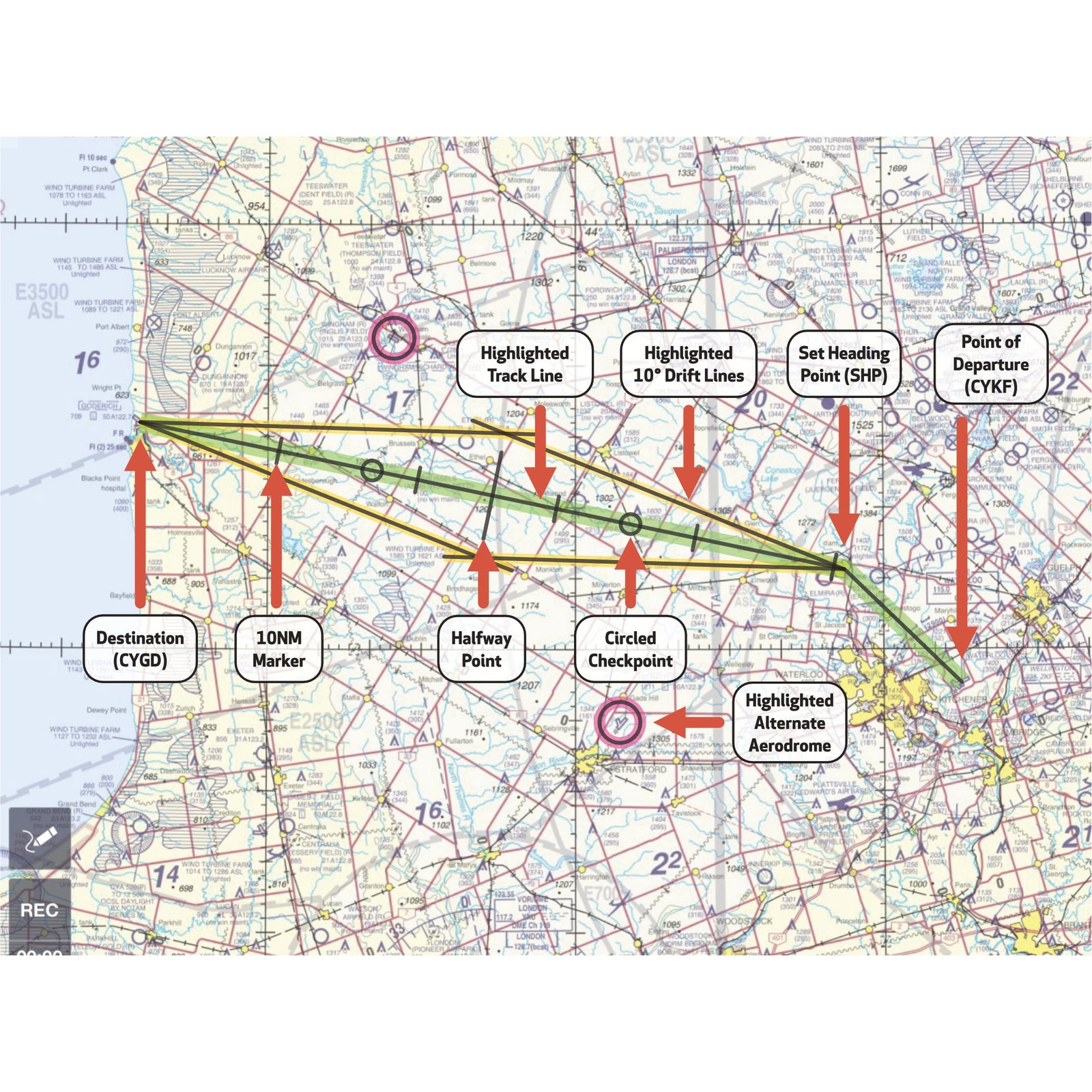
Planning a flight isn’t just paperwork—it’s a critical skill every pilot must master to fly safely and confidently. Based on practical guidance from Exercise 23B in the SharpeAero Flight Training book, here are some common flight planning mistakes student pilots make—and how to prevent them.
1. Fixating on One Detail and Losing Situational Awareness
One of the most common mistakes during navigation isn’t on the paper—it happens in the air. New students often fixate on a single task (e.g., a frequency, ETA calculation, or confirming a landmark) and lose the big-picture sense of where they are. Just as importantly, they may lose awareness of the aircraft’s state—altitude, airspeed, attitude—while zeroed in on something else. Safe navigation and aircraft management require continuous, balanced attention to both your position and your flight performance.
✔️ SharpeAero Tip: Build a habit of zooming out mentally. First ask yourself, “Where am I overall?” Then drill down to the detail. Our navigation tools are designed to support that workflow—big picture first, specifics second. Check out our VFR Flight Log 2.0.
2. Over-Relying on GPS or EFBs
While digital tools are helpful, Transport Canada expects pilots to plan and fly using traditional charts and manual methods. Students who skip manual plotting often fail to develop the situational awareness needed when electronics fail.
✔️ SharpeAero Tip: Always fly with a current paper chart and a manually plotted course. Use GPS only to verify—not to guide.
3. Leaving Out Key Elements from the Nav Log
A proper navigation log is more than a list of waypoints. Students sometimes rush and do not include estimated fuel burn, altitudes, ETA, top-of-climb timing, etc. The Flight Training book’s structured planning flow and sample nav logs help make sure nothing gets missed. Plus, we teach you step by step how to plan a flight from start to finish using our streamlined VFR Flight Log 2.0 template.
✔️ SharpeAero Tip: Consider using SharpeAero's VFR Flight Log 2.0 to make sure you don't miss any items during pre-flight planning. If it's all filled out, you should have all that you need! We also offer a bundle deal for all of our templates.
4. Failing to Review NOTAMs and Weather Briefings Effectively
Flying through an active NOTAM zone or into deteriorating weather is a risk that starts on the ground. Our Flight Training book emphasizes building habits around structured weather and NOTAM review as part of your workflow—not an afterthought.
✔️ SharpeAero Tip: Brief the full weather picture, not just conditions at departure and destination. Think trends, ceilings, visibility, alternates, and big picture weather over time, not just now.
5. Lack of Diversion Readiness
Having a nav log is great—but what if you need to divert? Students often forget to mark alternates or fail to think about exit options en route. This leads to indecision and confusion in flight.
✔️ SharpeAero Tip: Make it a rule: always have an "out" in every direction. Your nav log should show clearly where you could go if anything changes—whether due to weather, airspace, airport closures or passenger issues.
How SharpeAero Can Help:
-
Our Flight Training book provides a clear walkthrough of the full planning and navigation process with decision-making layered throughout. We didn't dive into it in this article, but we also cover diversions and lost procedures.
-
Our collection of iPad & Kneeboard Templates are purpose-built for each user:
-
The VFR Flight Log 2.0 template helps students clearly track headings, groundspeed, fuel burn, ETA, alternates, airport details and more—designed for practical inflight use as well as pre-flight planning.
-



-
-
The Aircraft One-Pager 2.0 template is a perfect companion to your daily flying. With it, you will have all the information needed for daily flying at a quick glance:
-
Various take-off, landing, operational and emergency airspeeds/power settings
-
Information on fuel, oil, weight and other aircraft limitations and details
-
-

-
-
The In-Flight Notes 2.0 template is perfect for taking the everyday notes required during flight. It includes sections for:
- Desired departure details
- ATIS / weather information
- Clearances & other notes
- Time remaining until the next maintenance event
- Available fuel
- Time up, time down, hobbs start and hobbs stop
- Diversion checklist (HAADTOO) [details found in our Flight Training (Revised) book]
- 6 T's as a navigation reminder [details found in our Flight Training (Revised) book]
-

-
-
The Frequency Chart 2.0 template ensures you always have quick access to the local frequencies around your home airport that you use most often, or use it for long-distance cross countries where you need to keep track of many frequencies en route.
-

Explore the full template lineup at: sharpeaero.com/collections/ipad-and-kneeboard-templates
“The Flight Training book showed me exactly how to prepare for cross-country flights. The diagrams and planning sections made everything click.” – Student Review









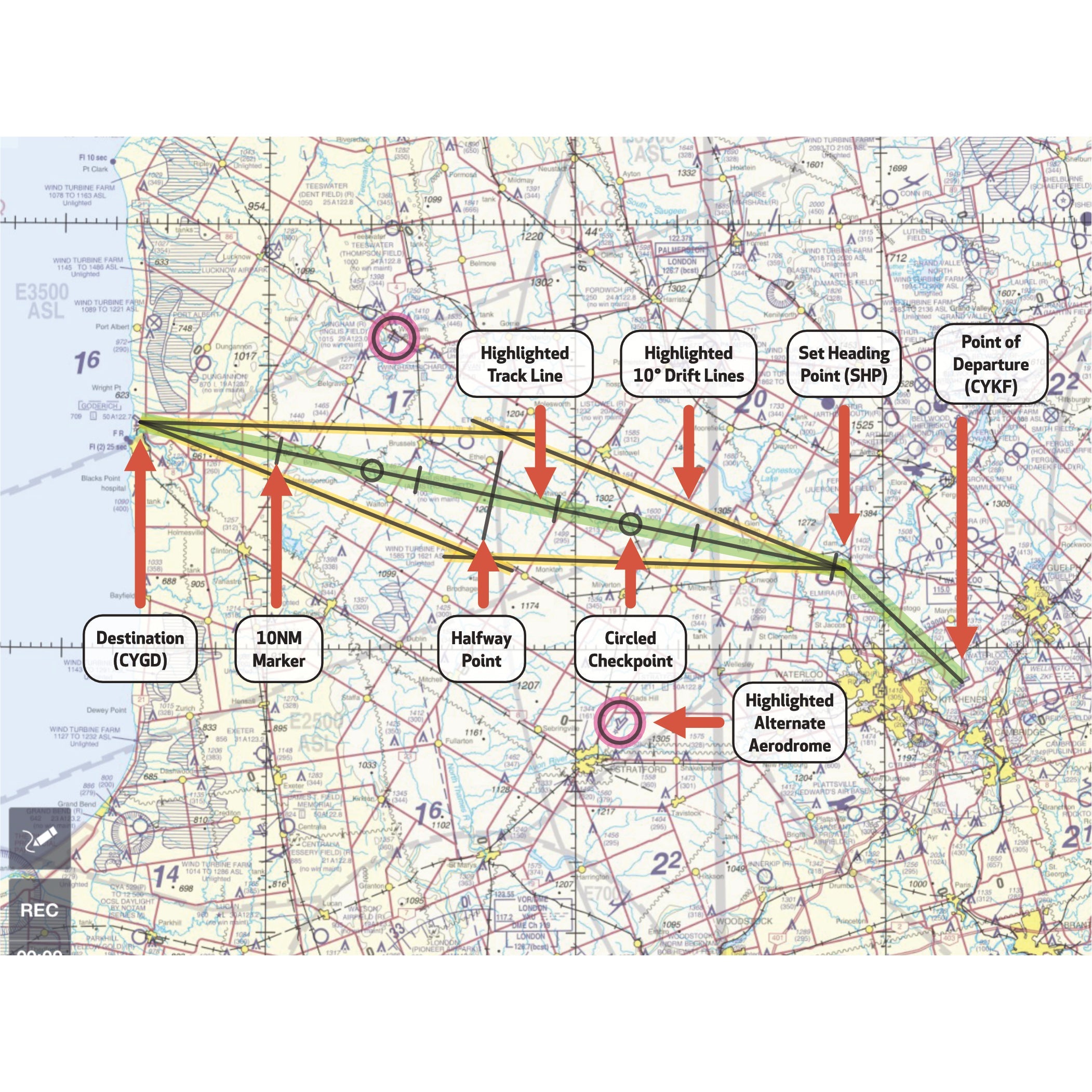
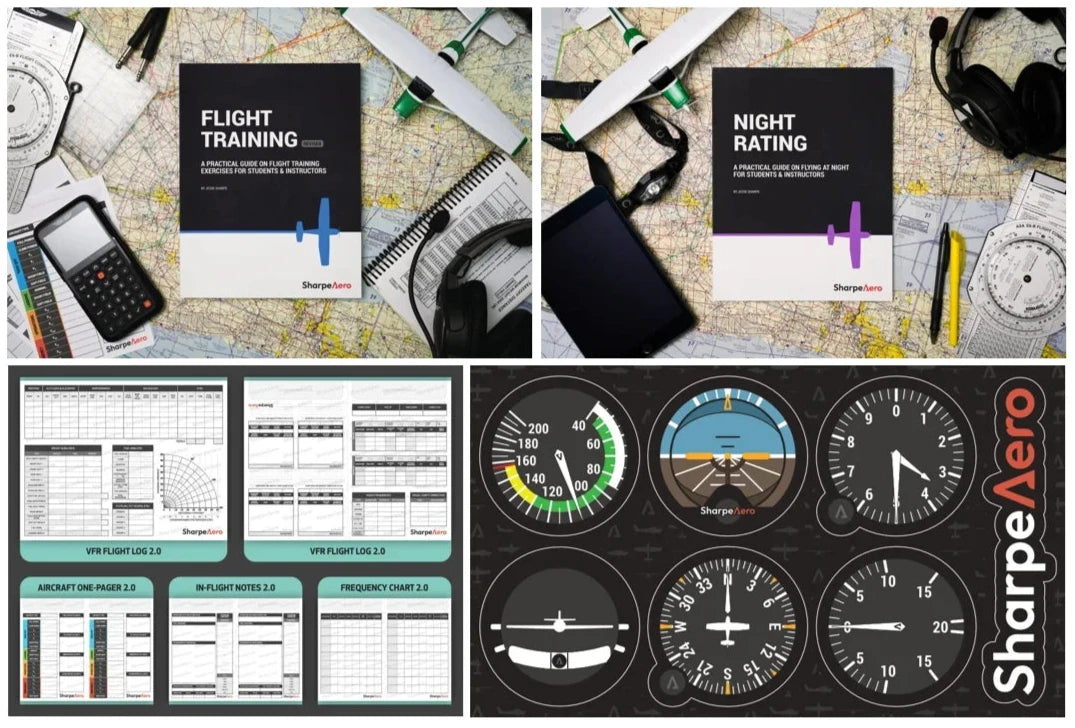
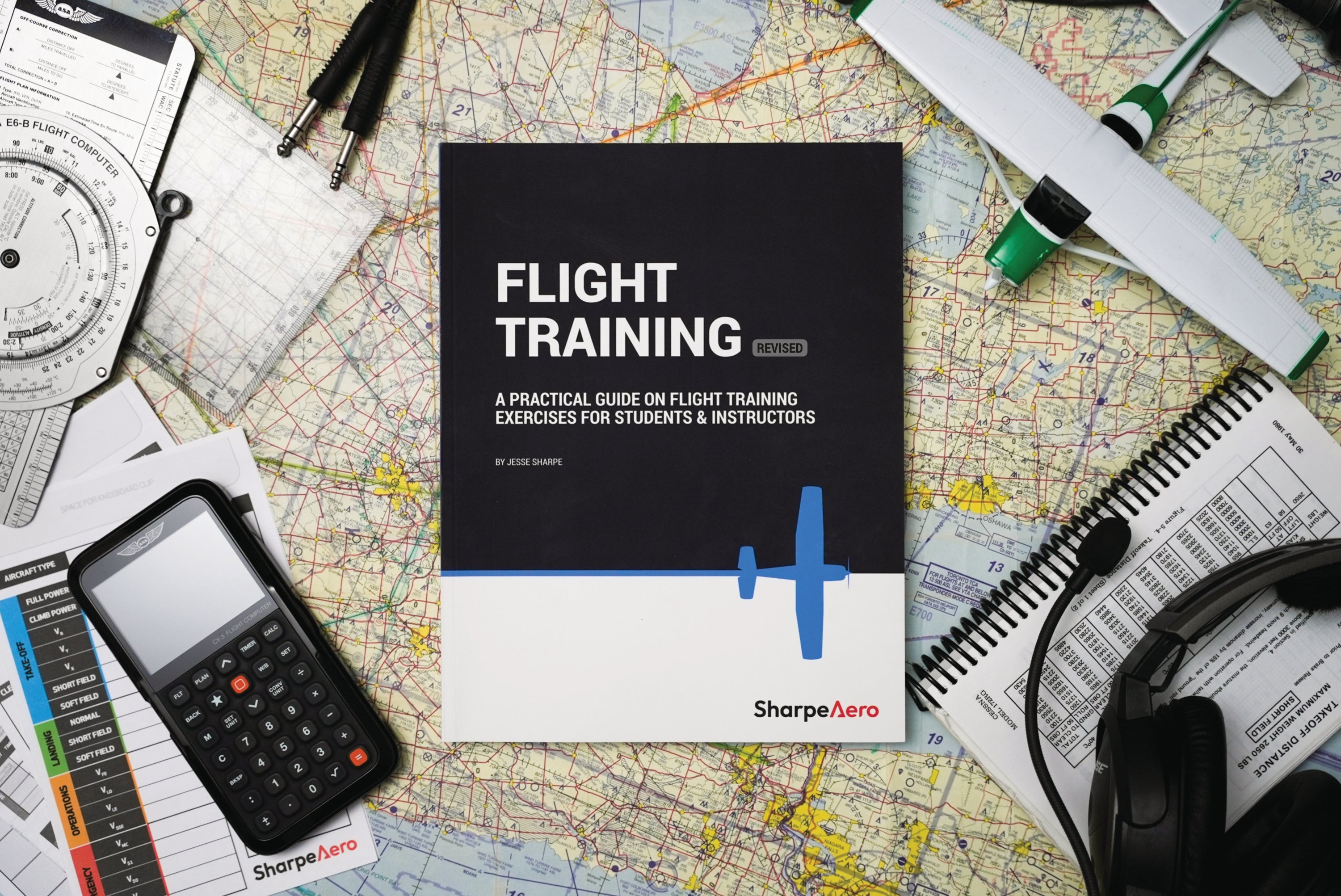
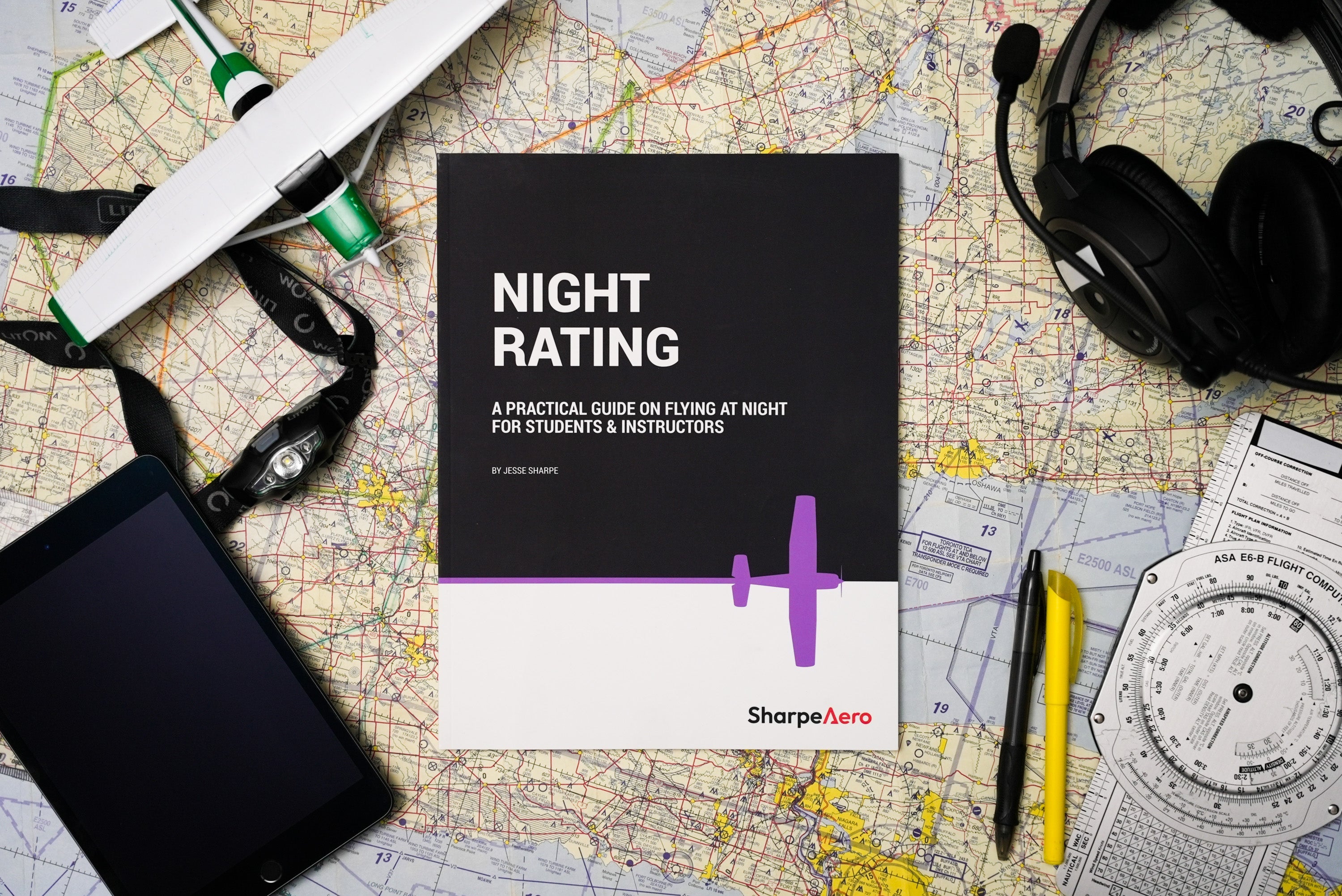
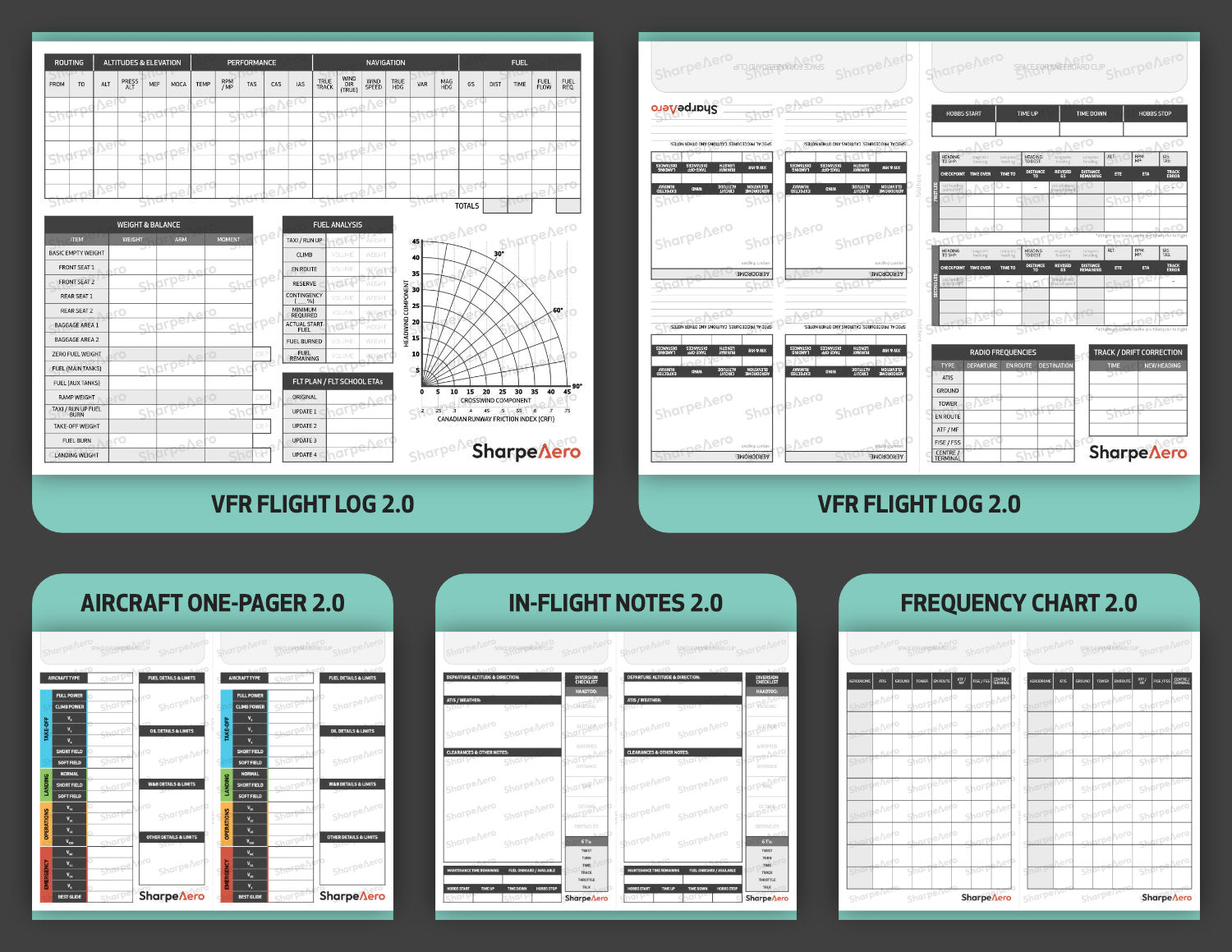
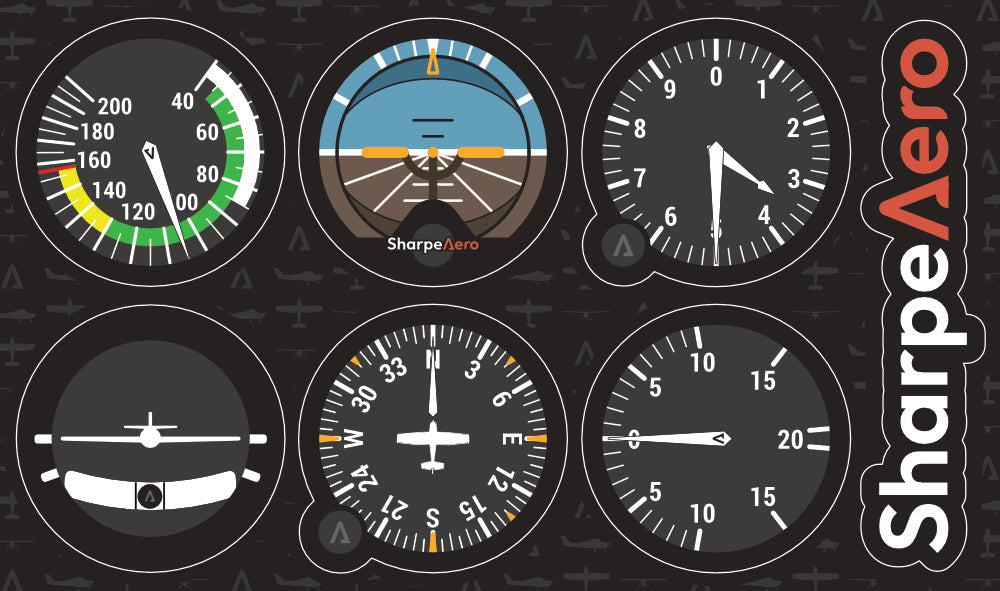
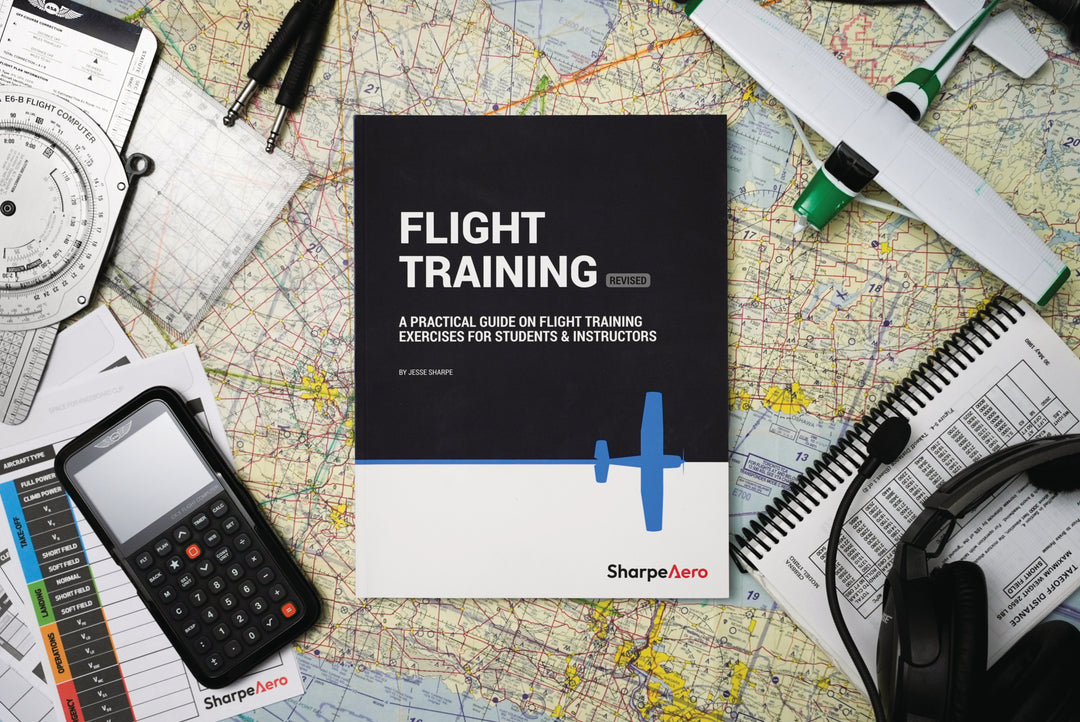
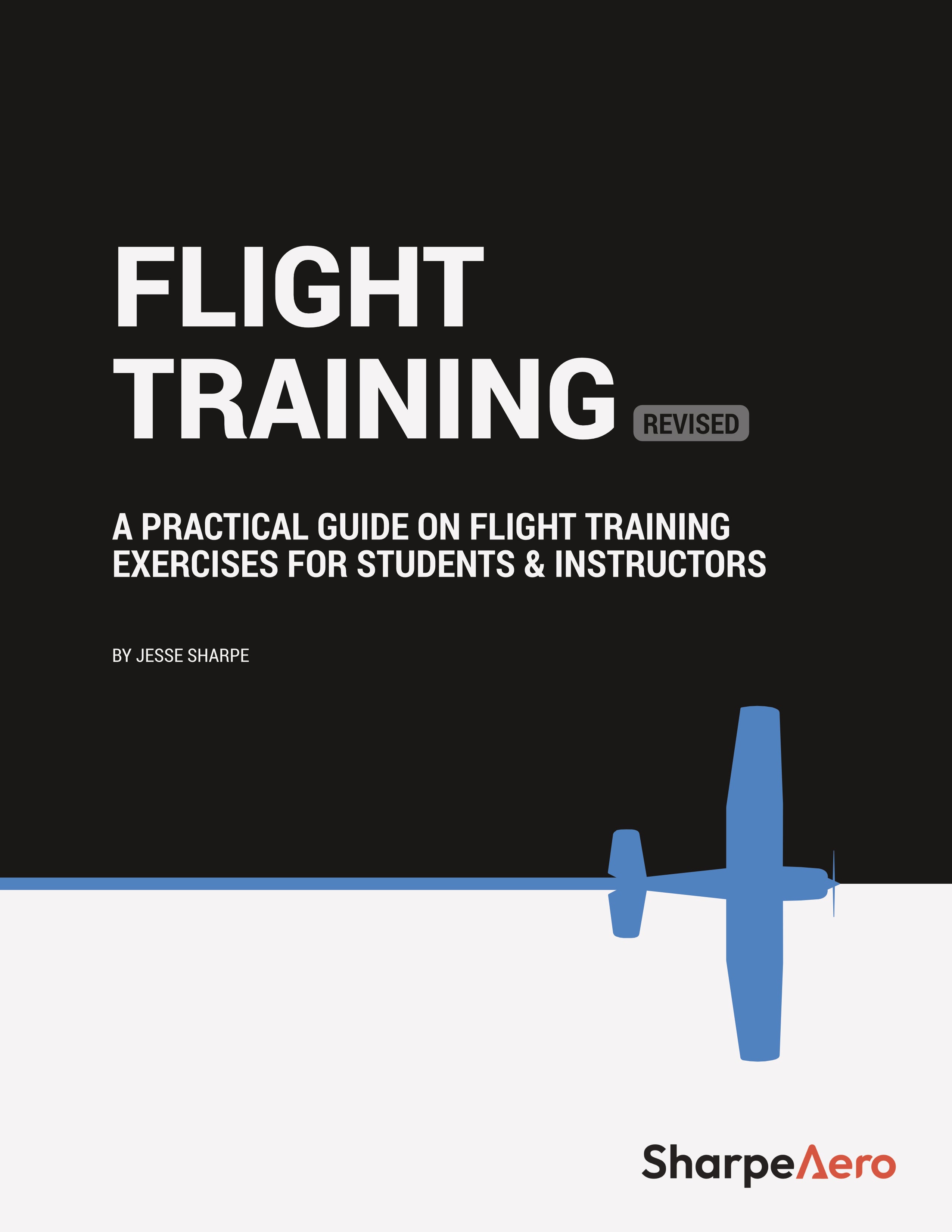
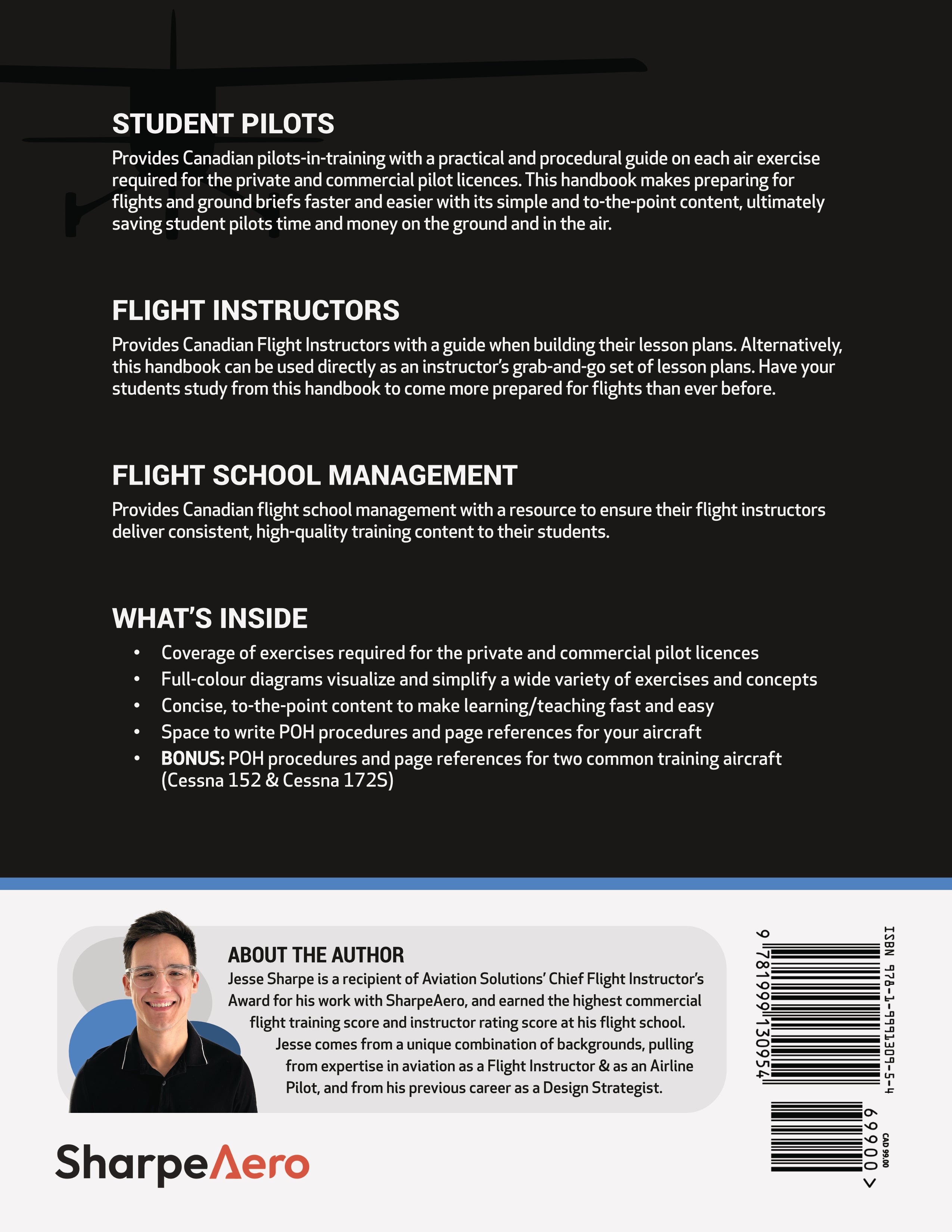
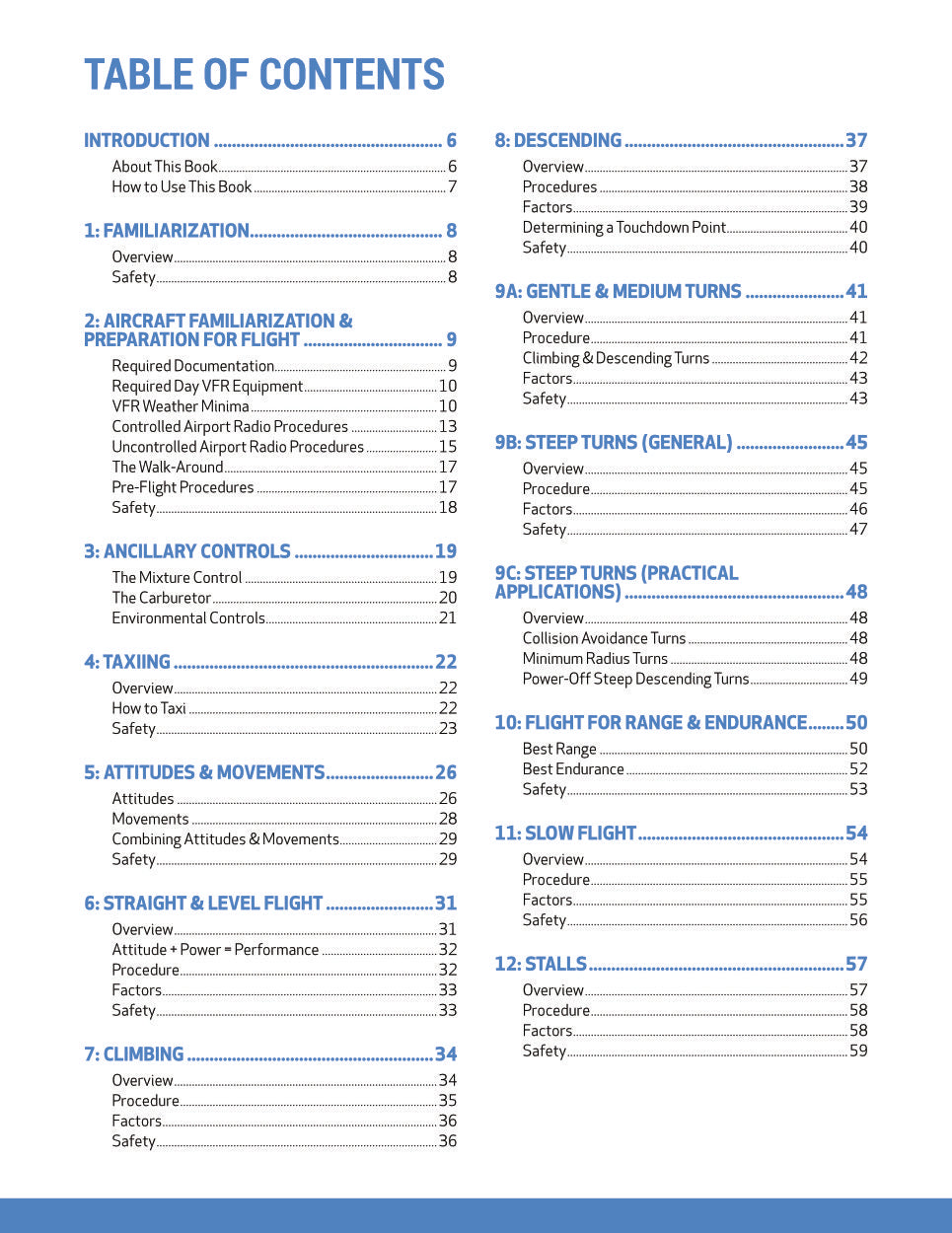
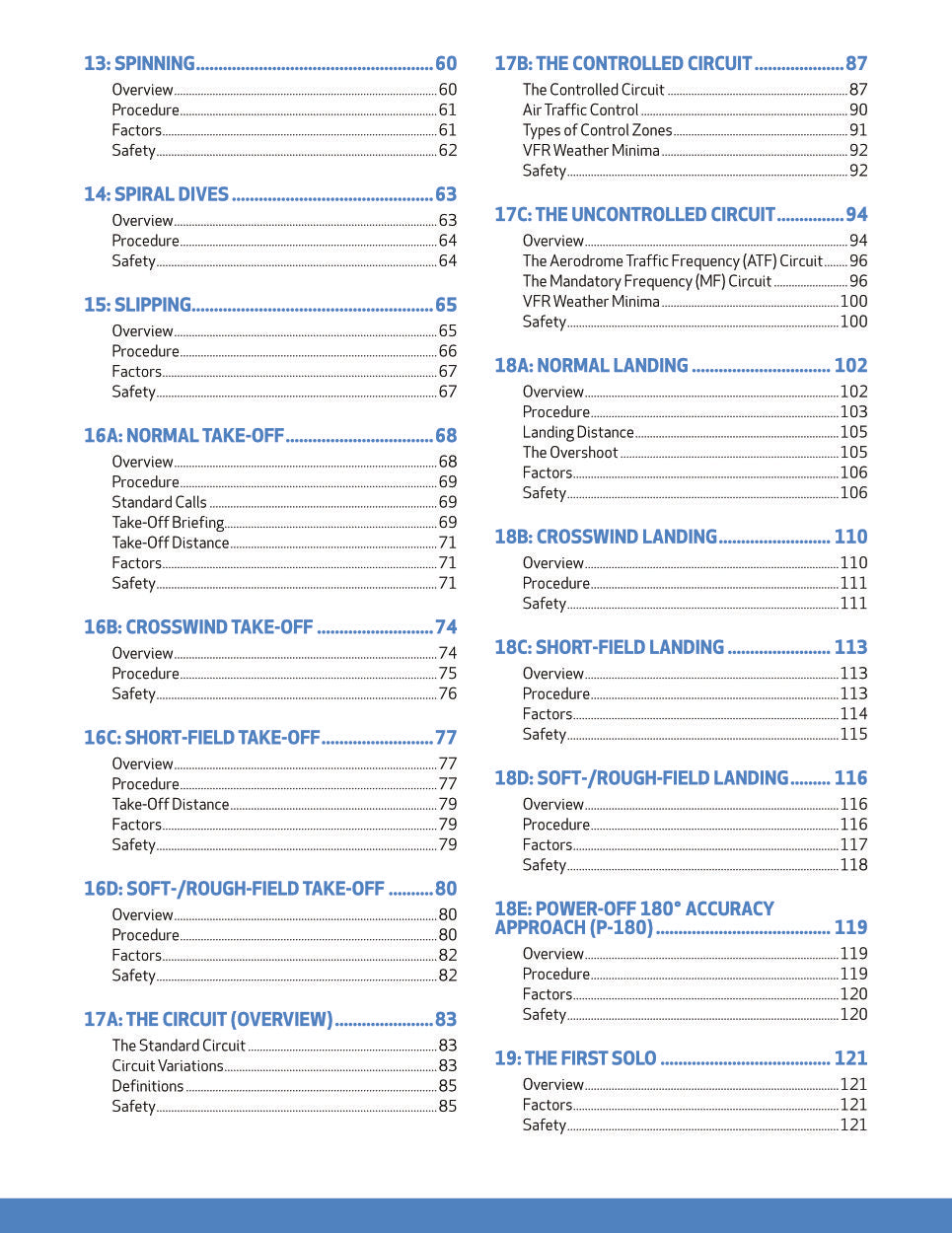
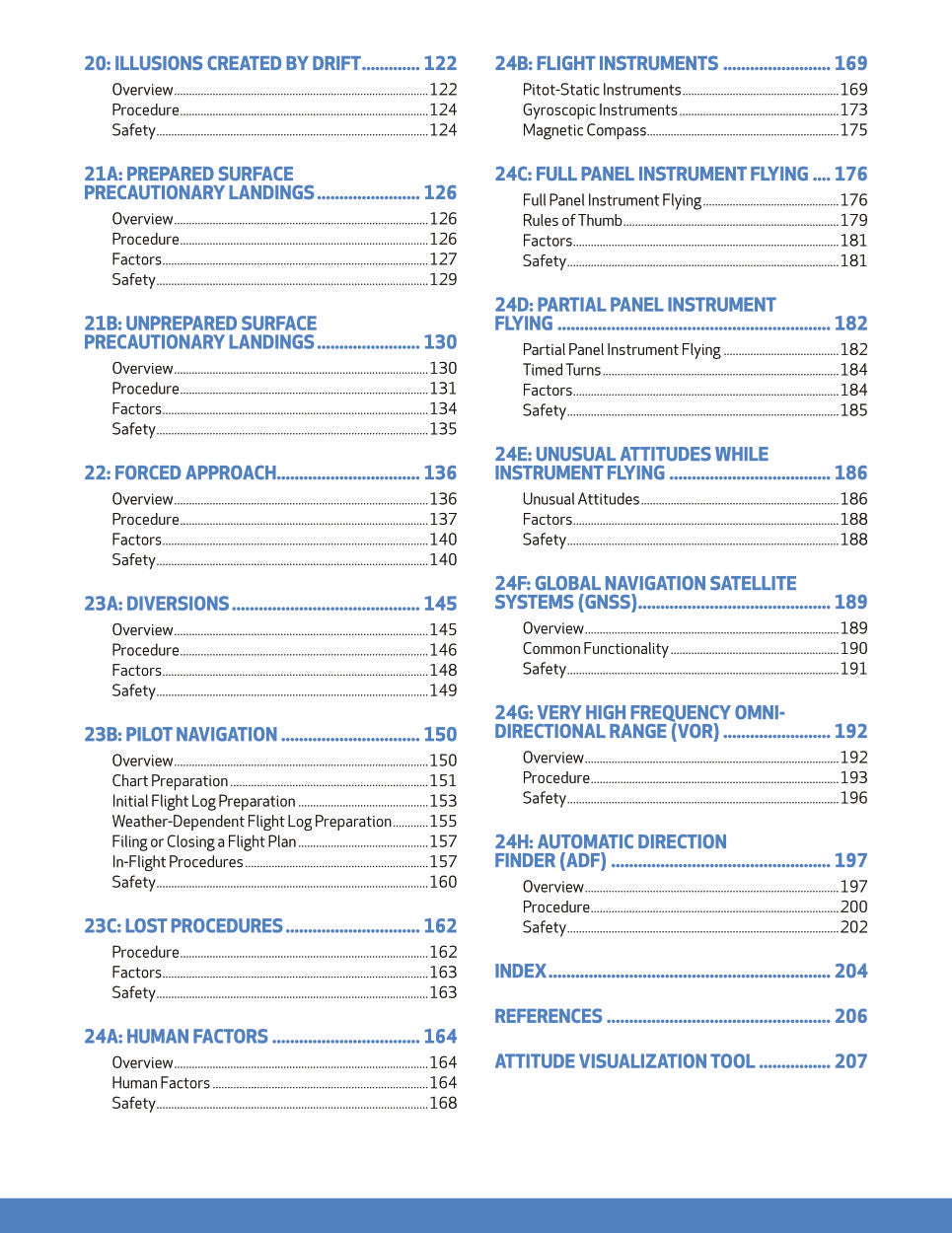
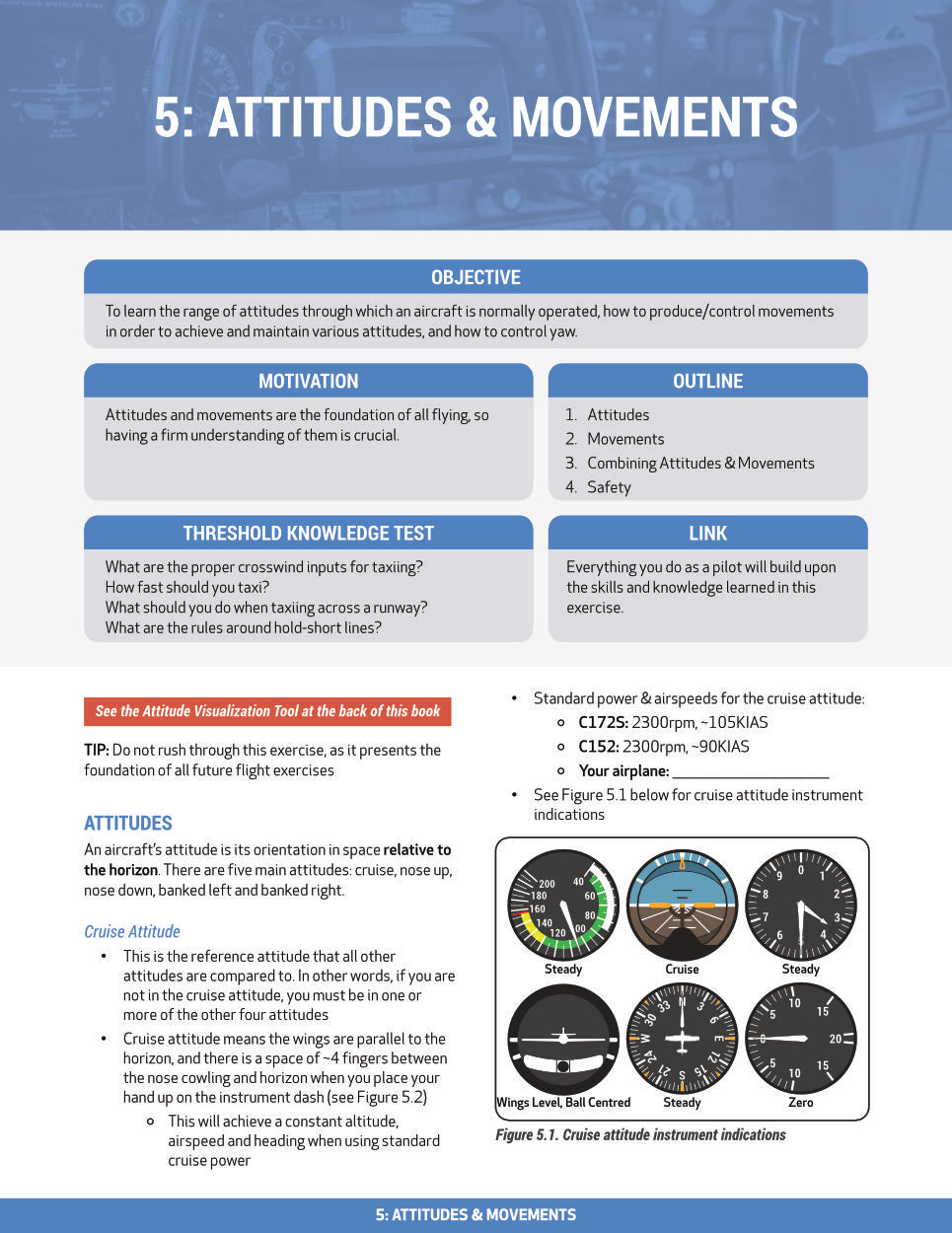
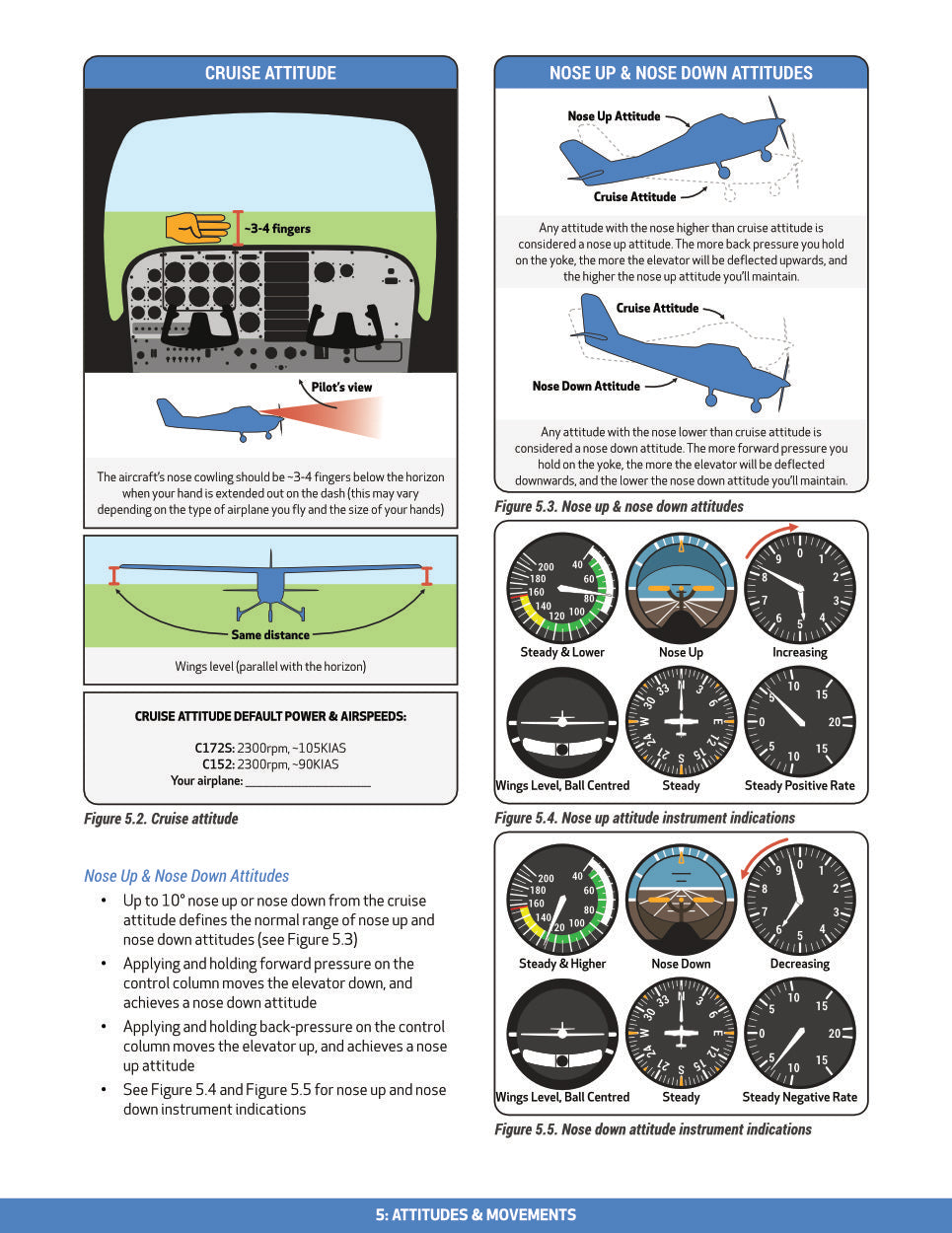
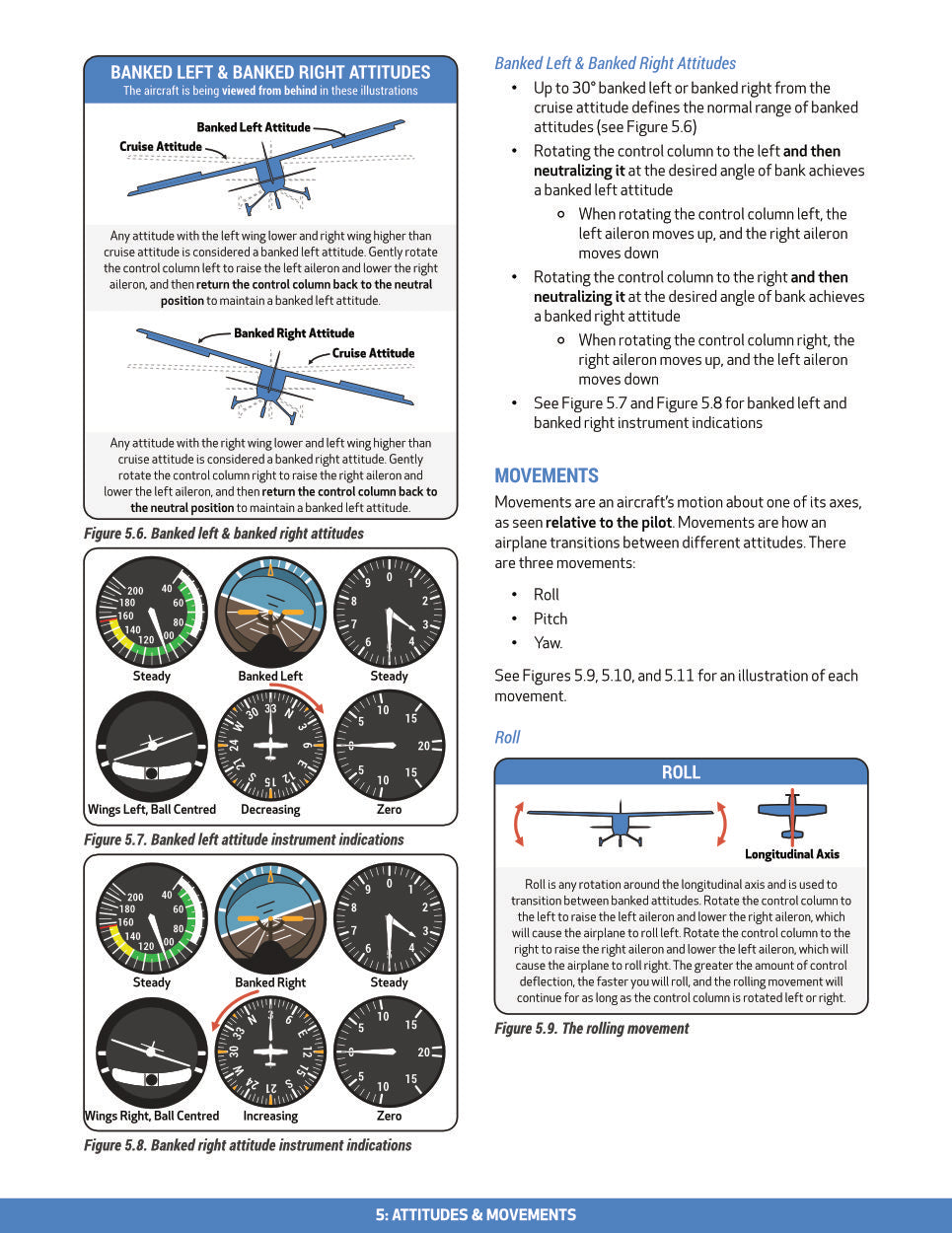
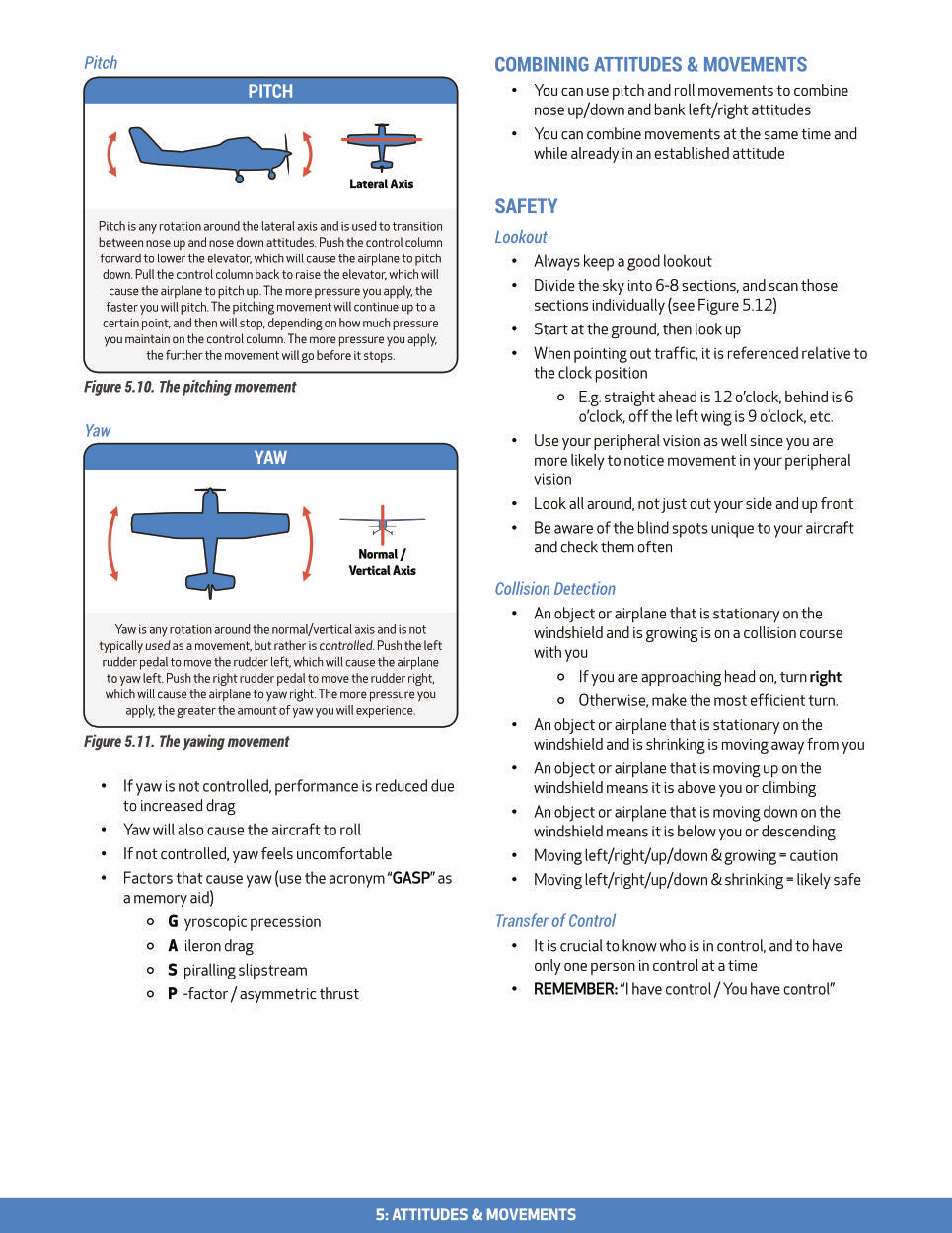
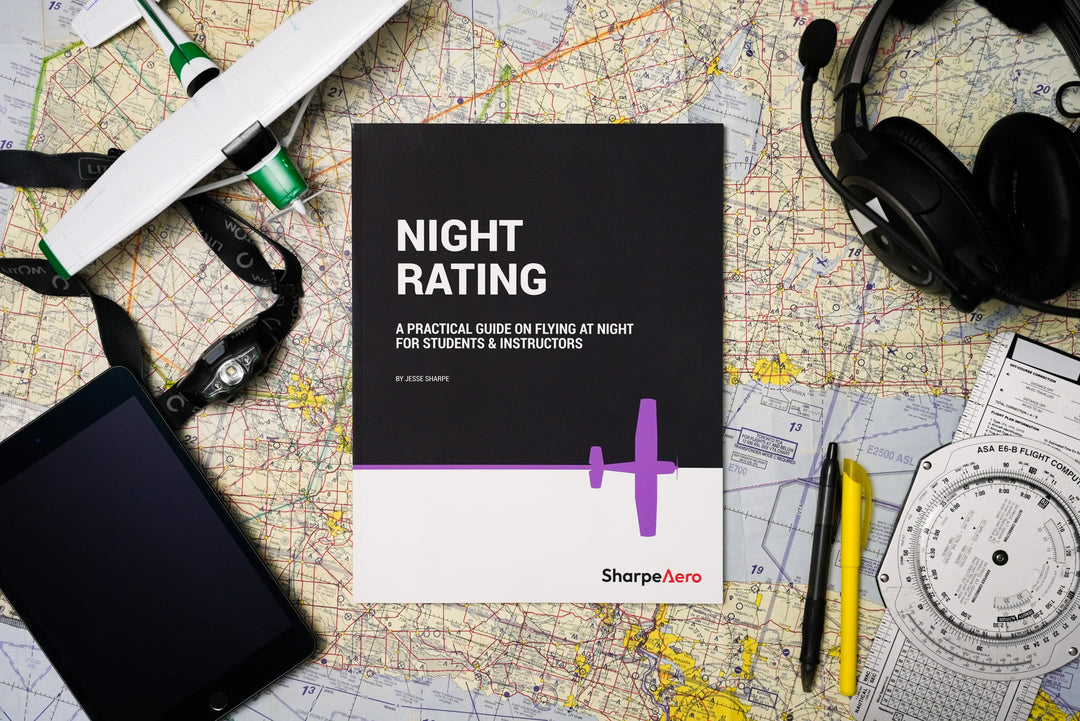
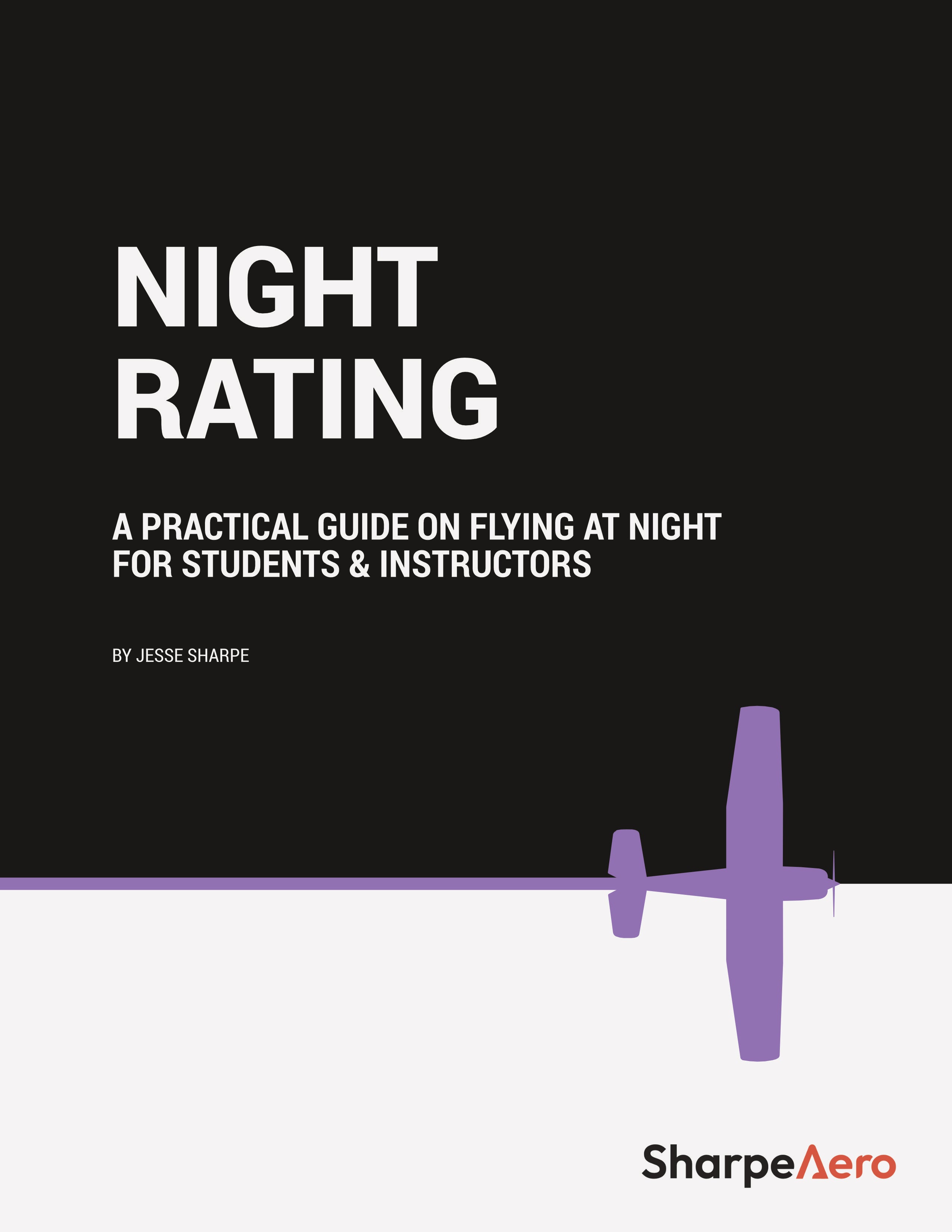
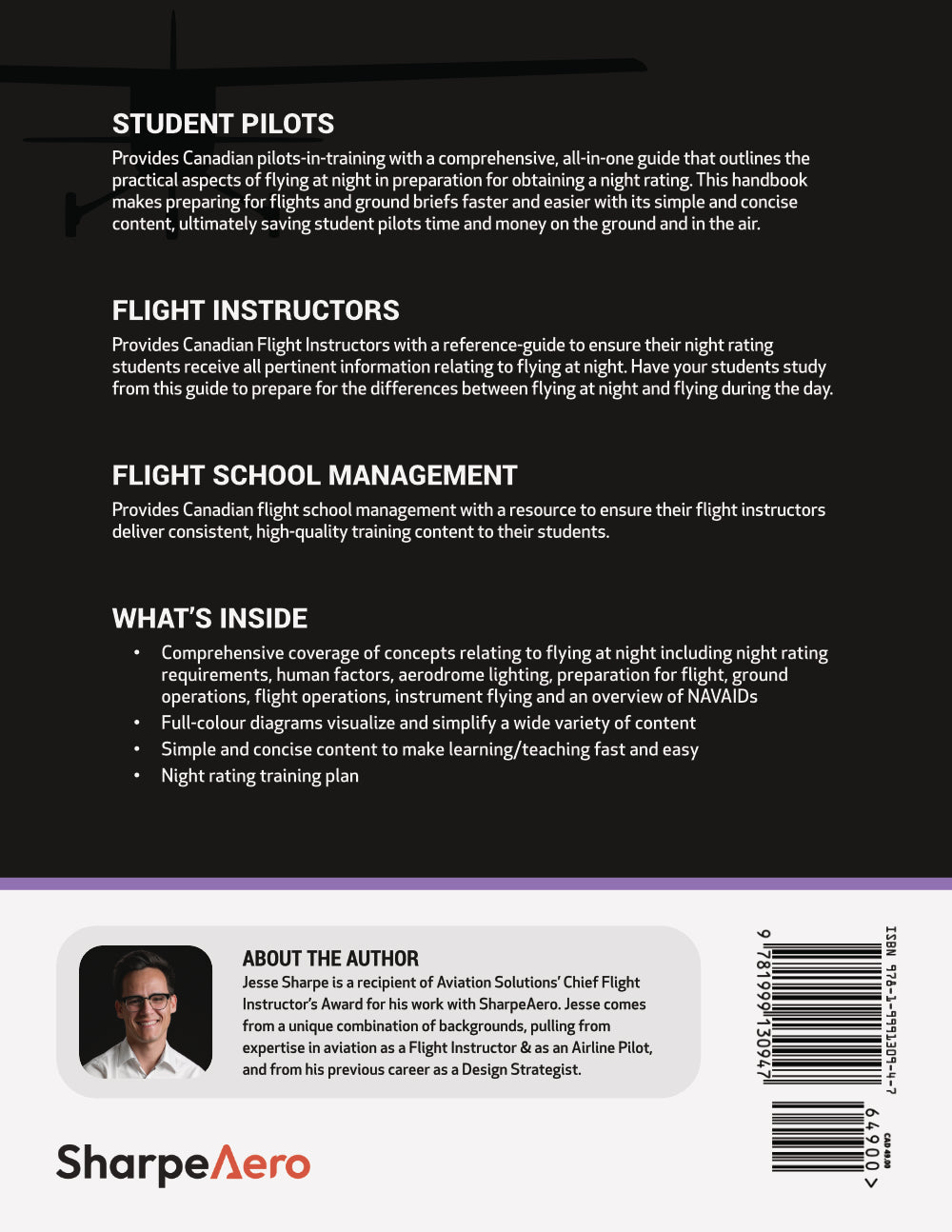
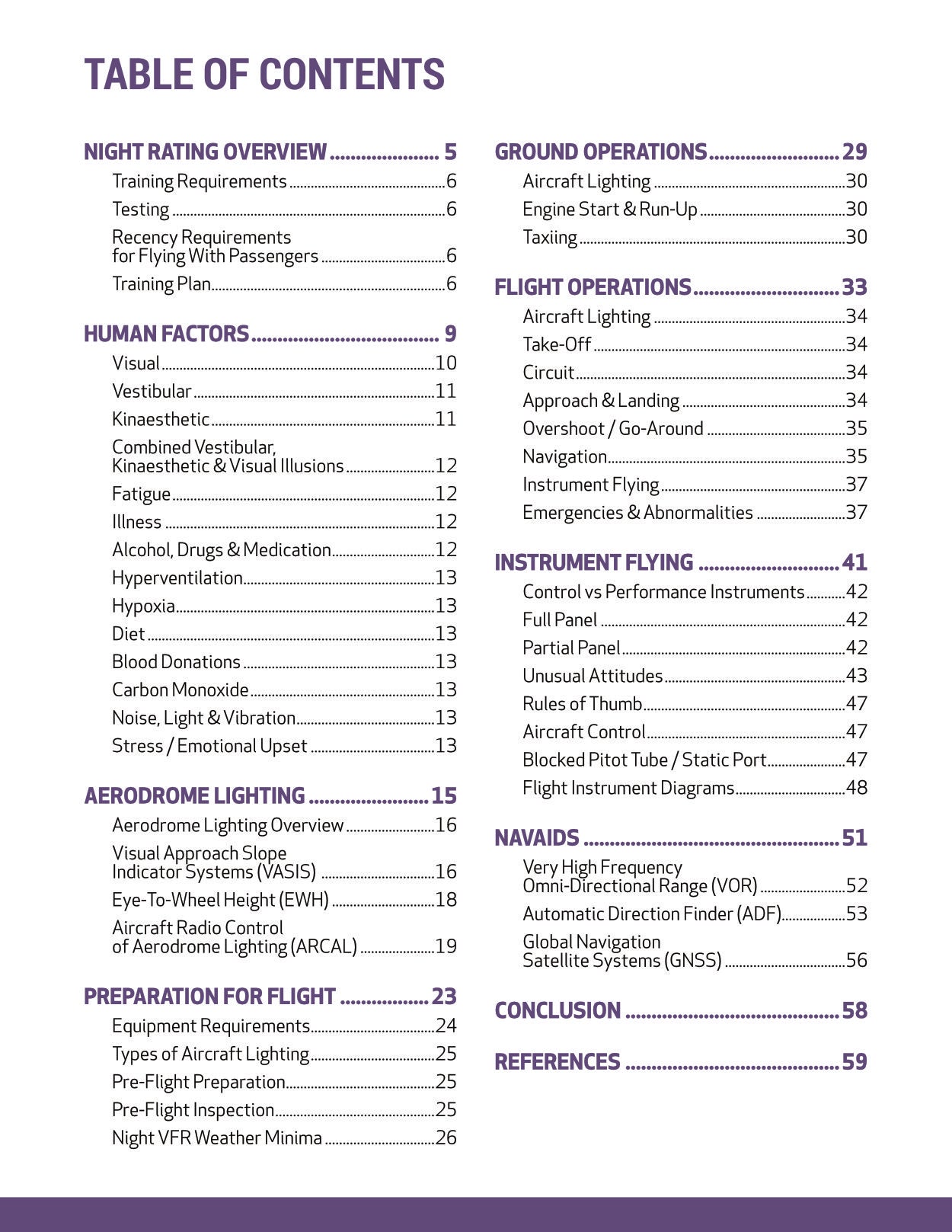
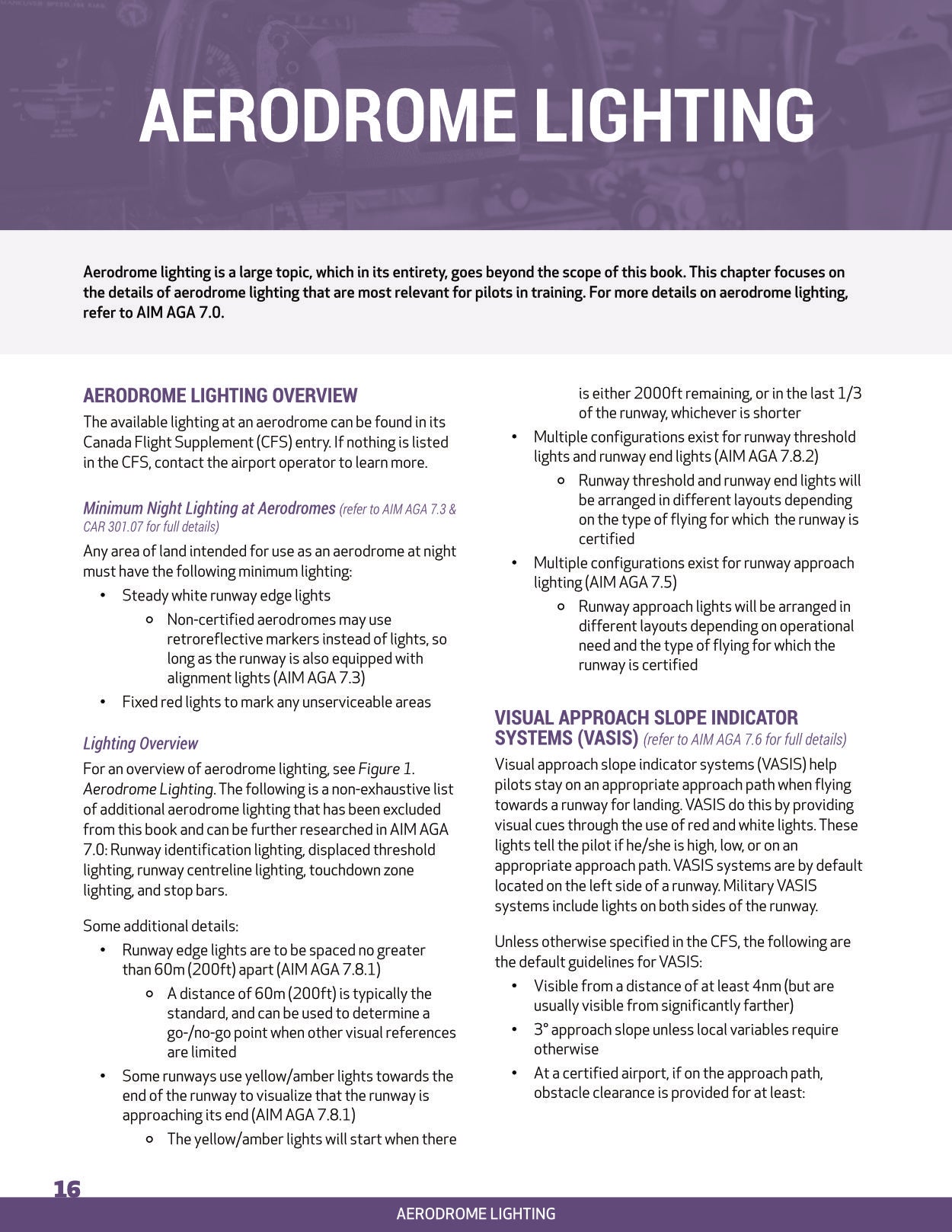
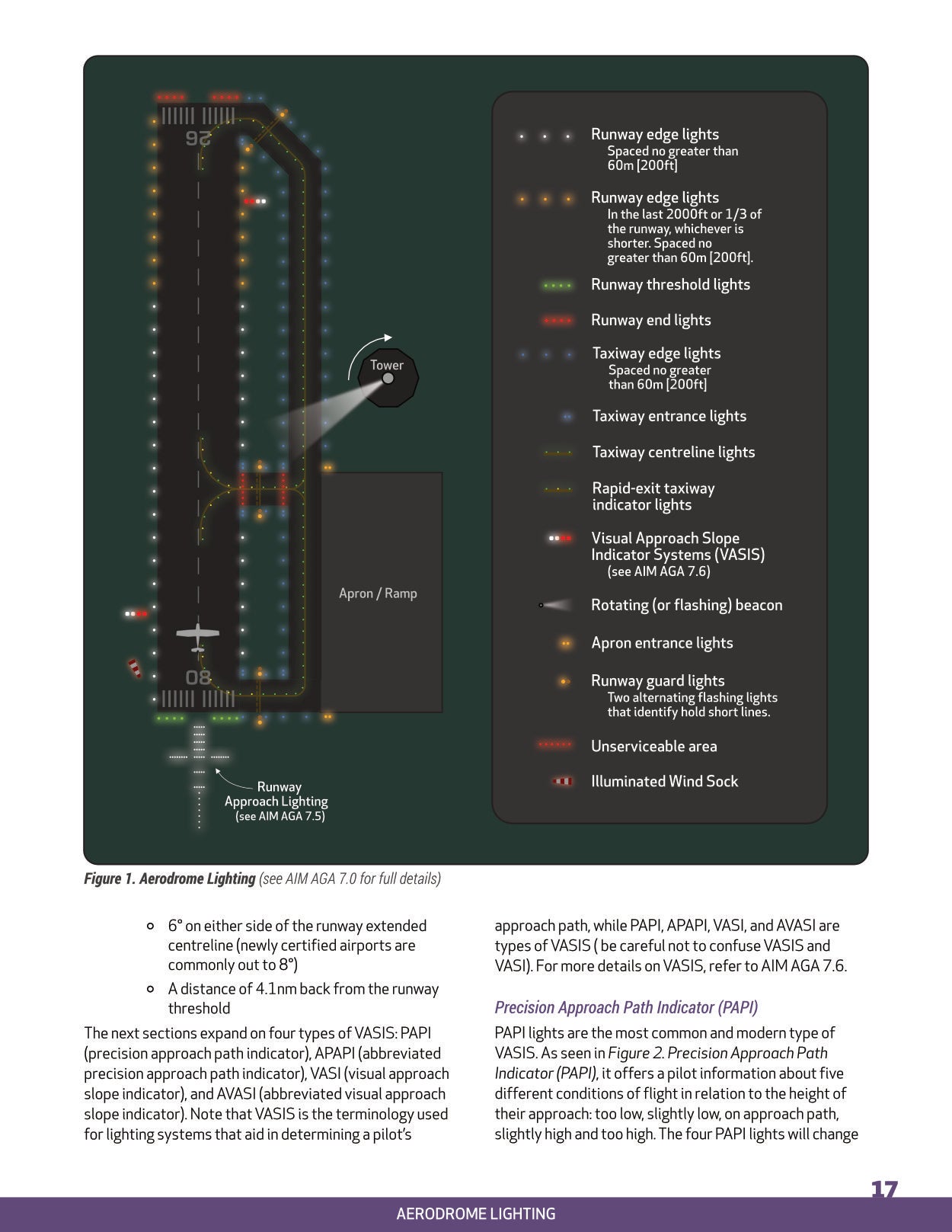
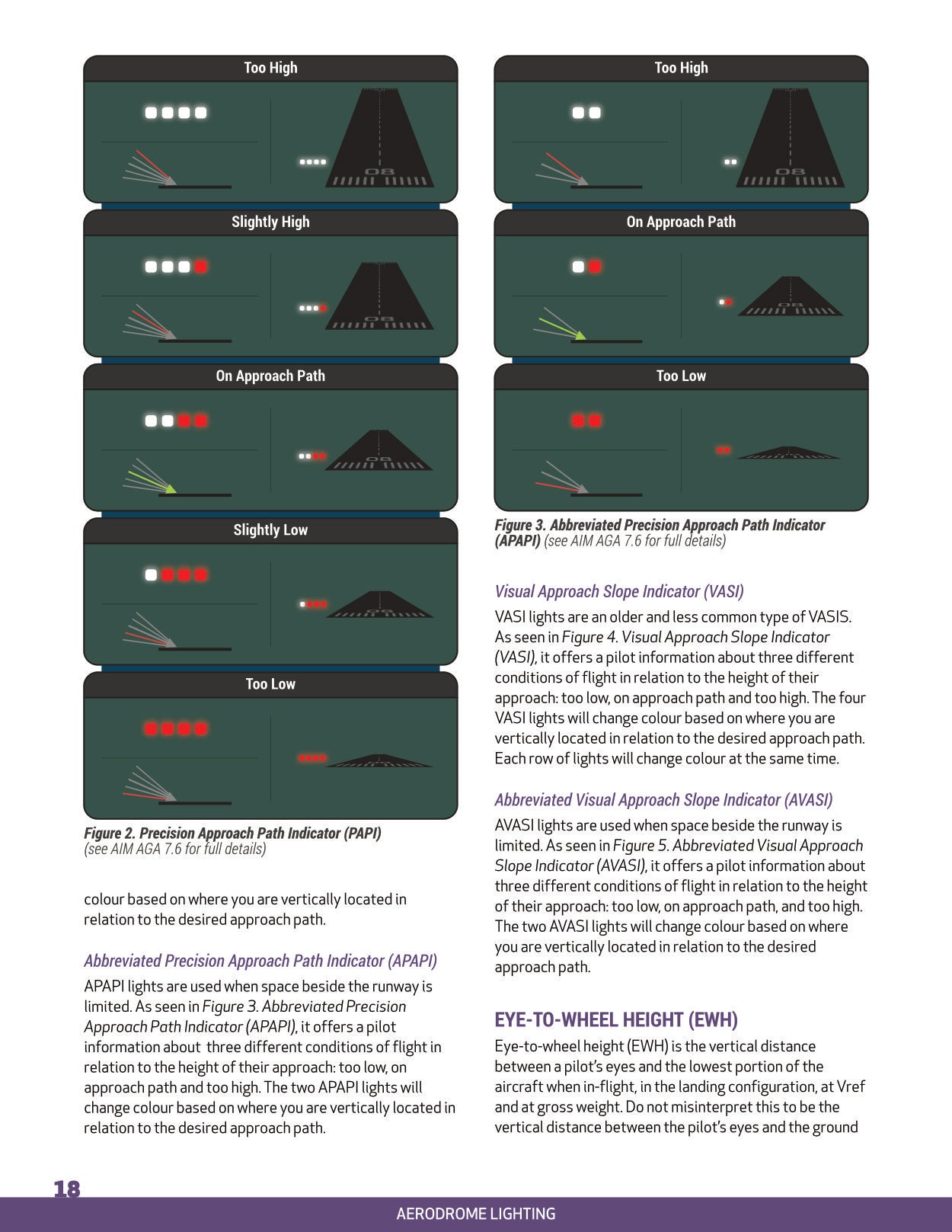
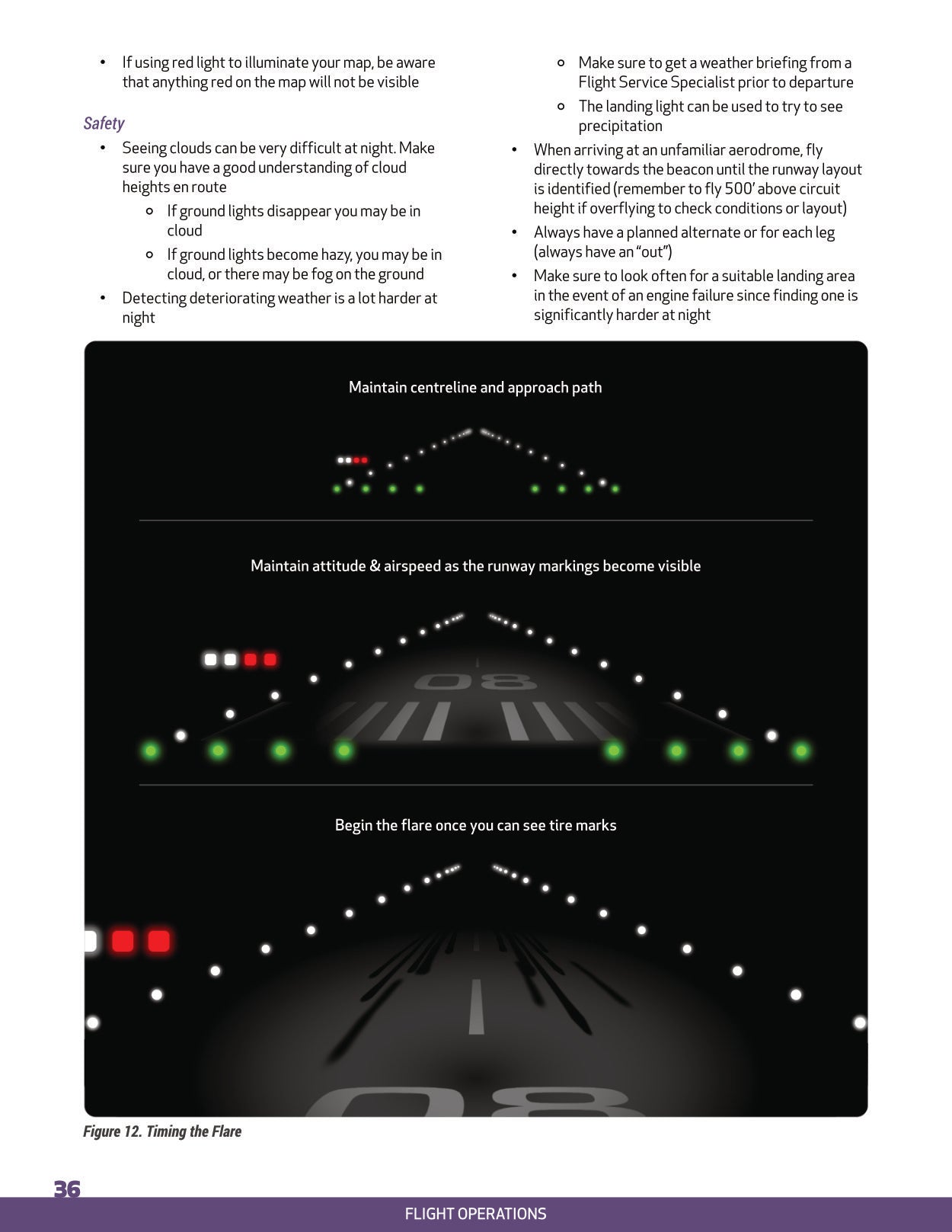
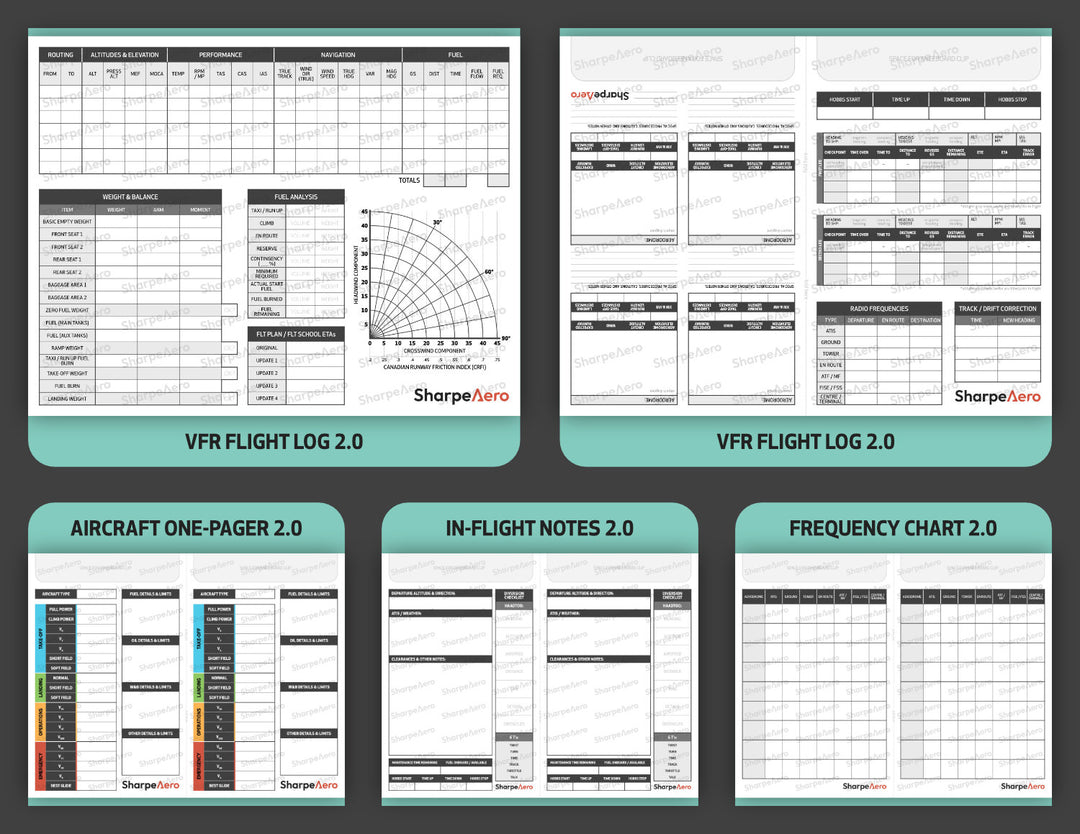
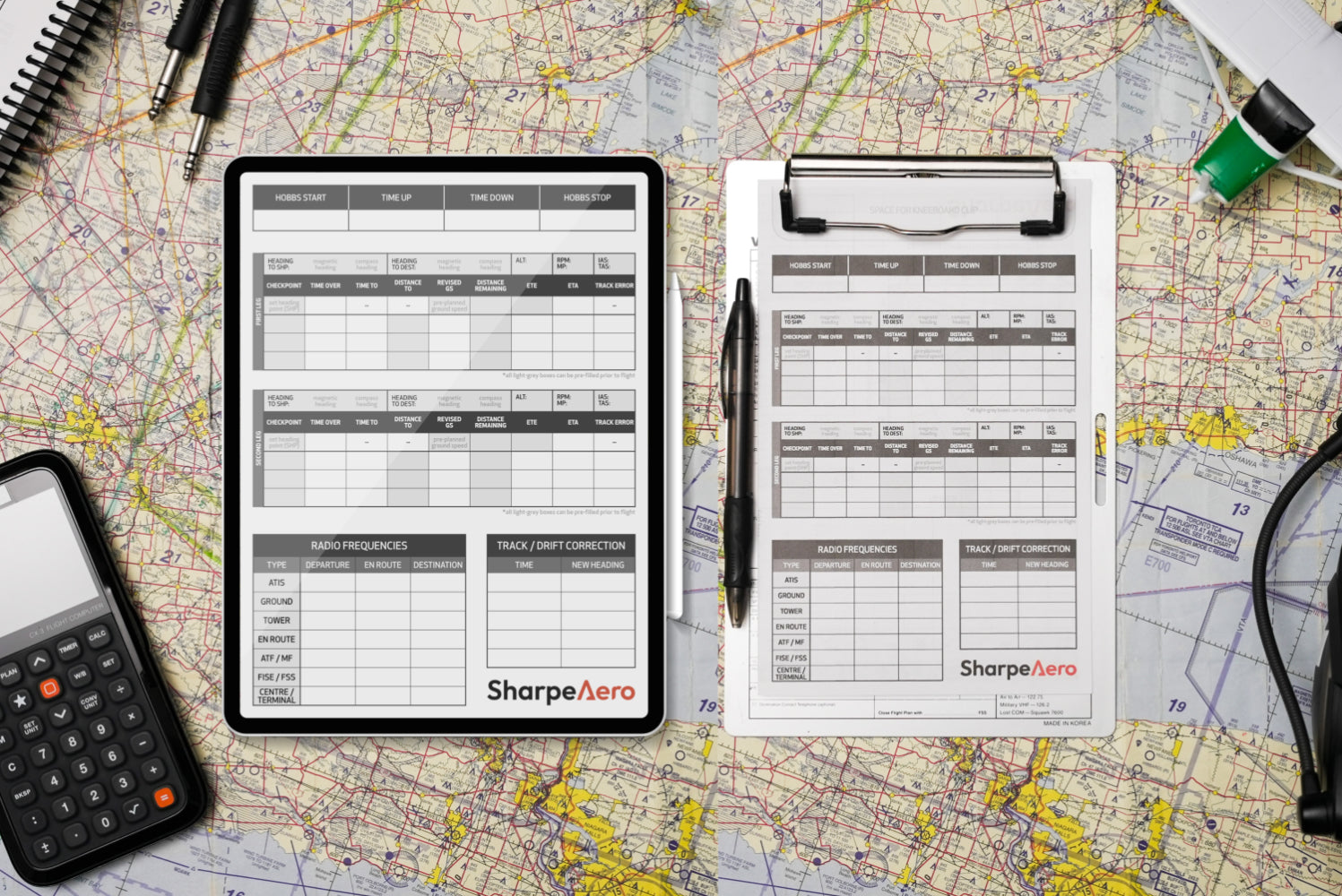
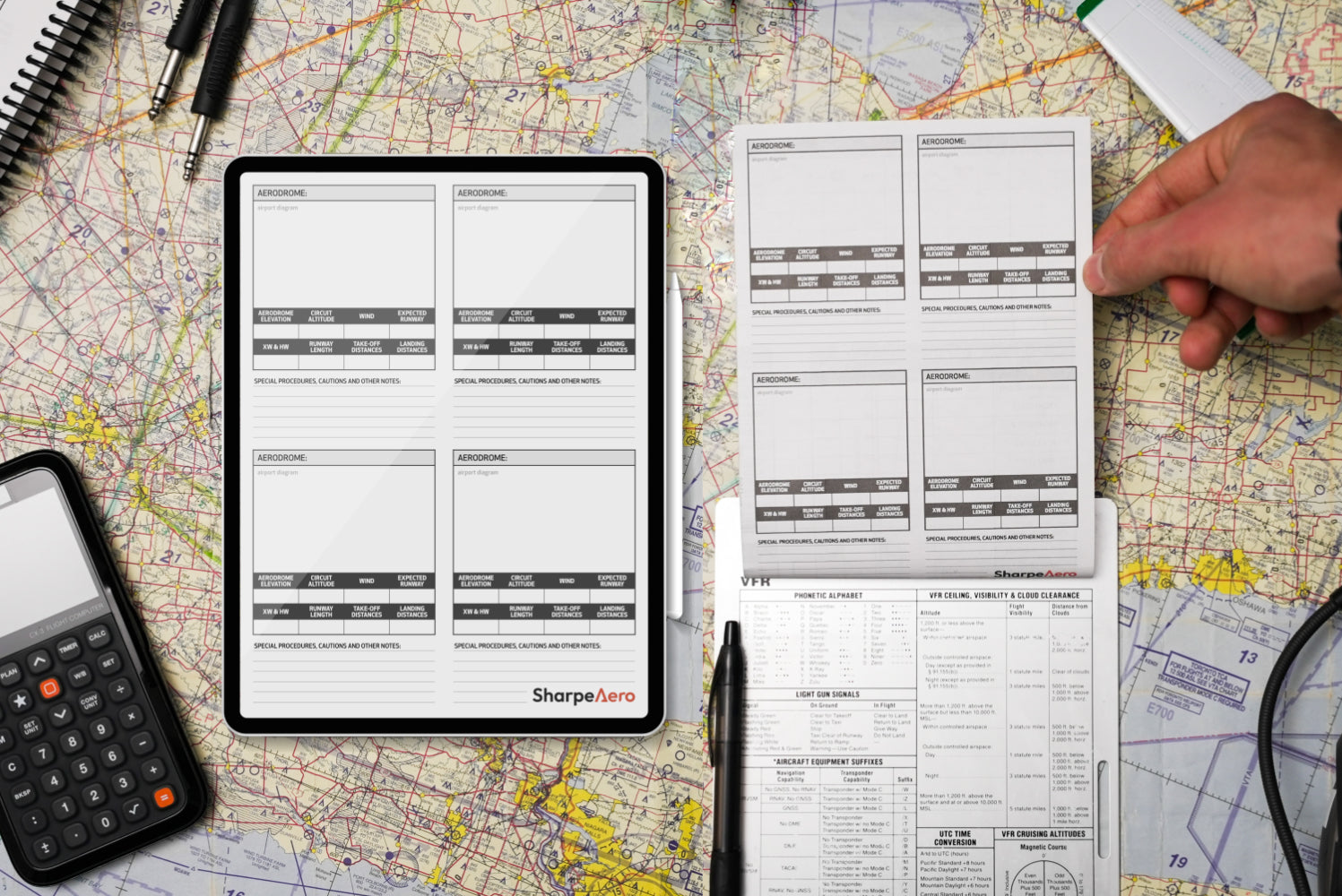
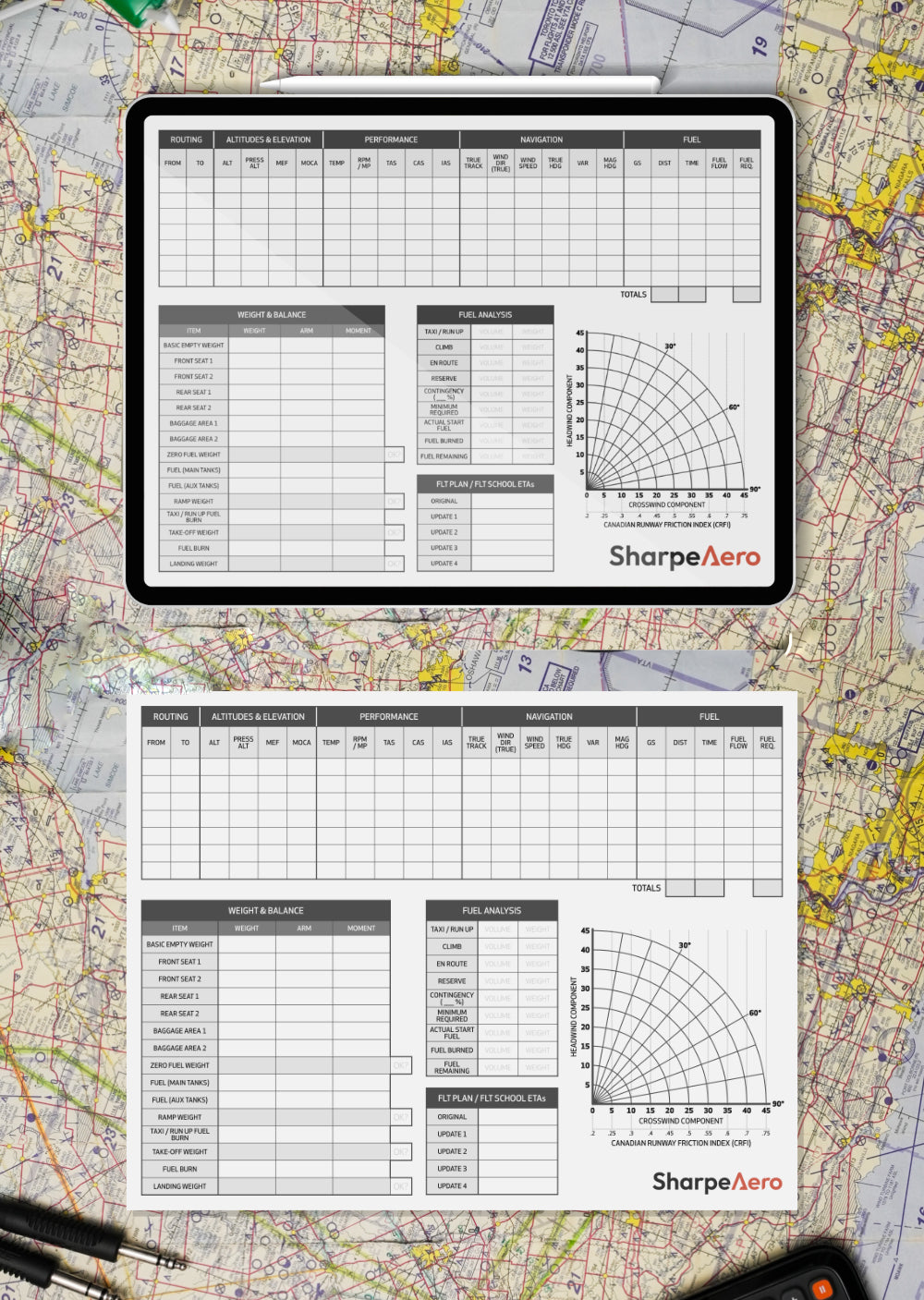
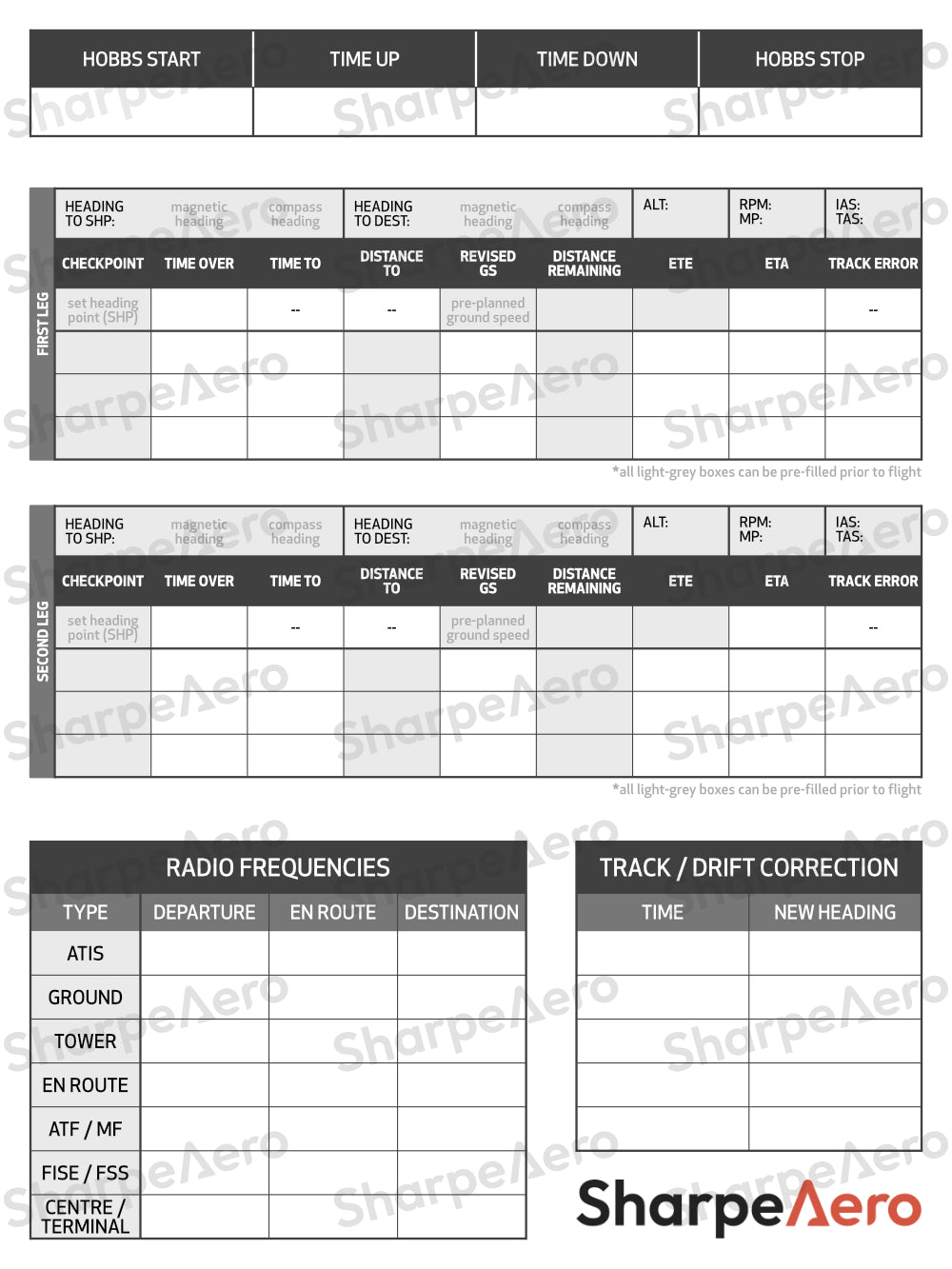
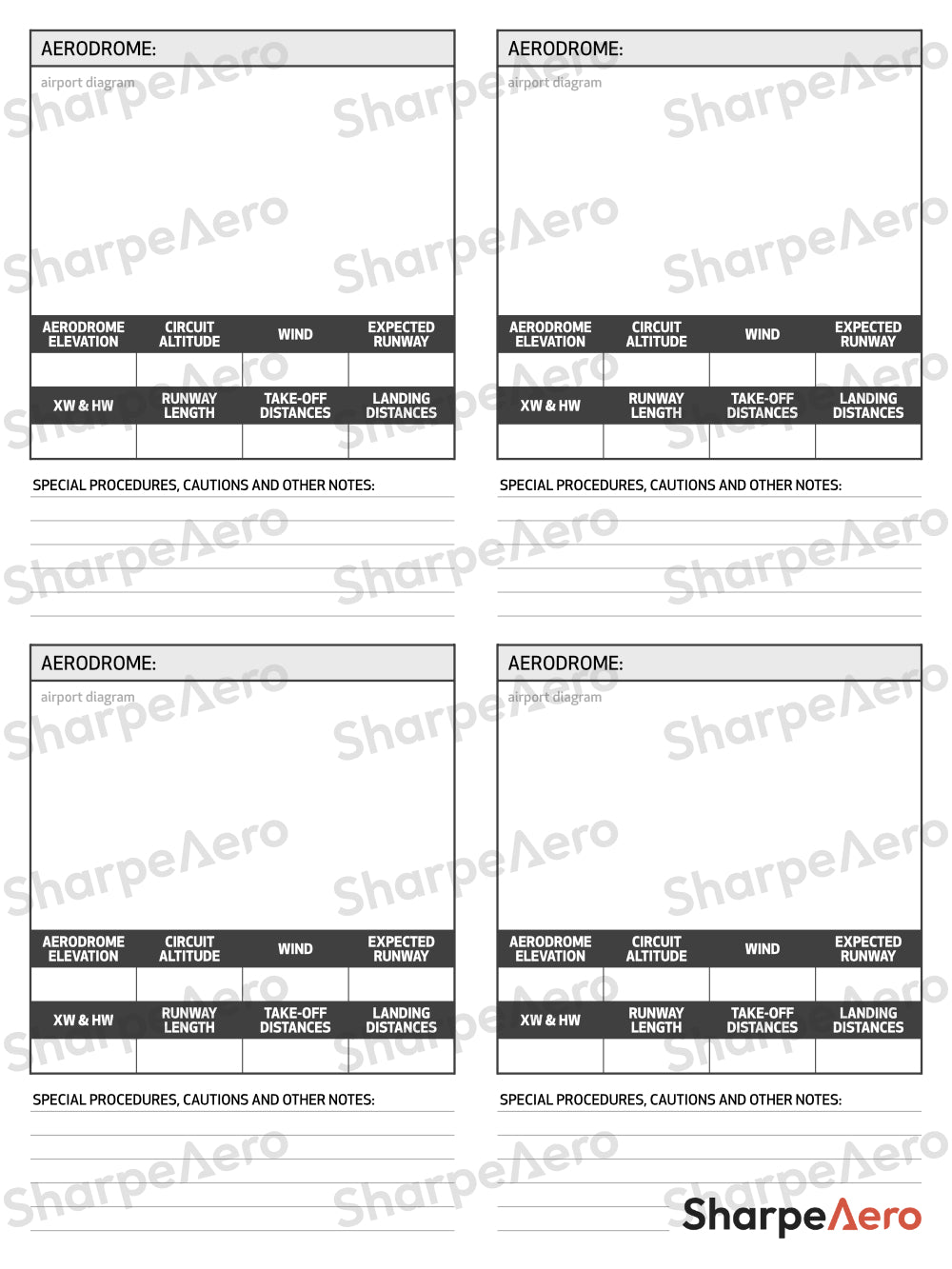
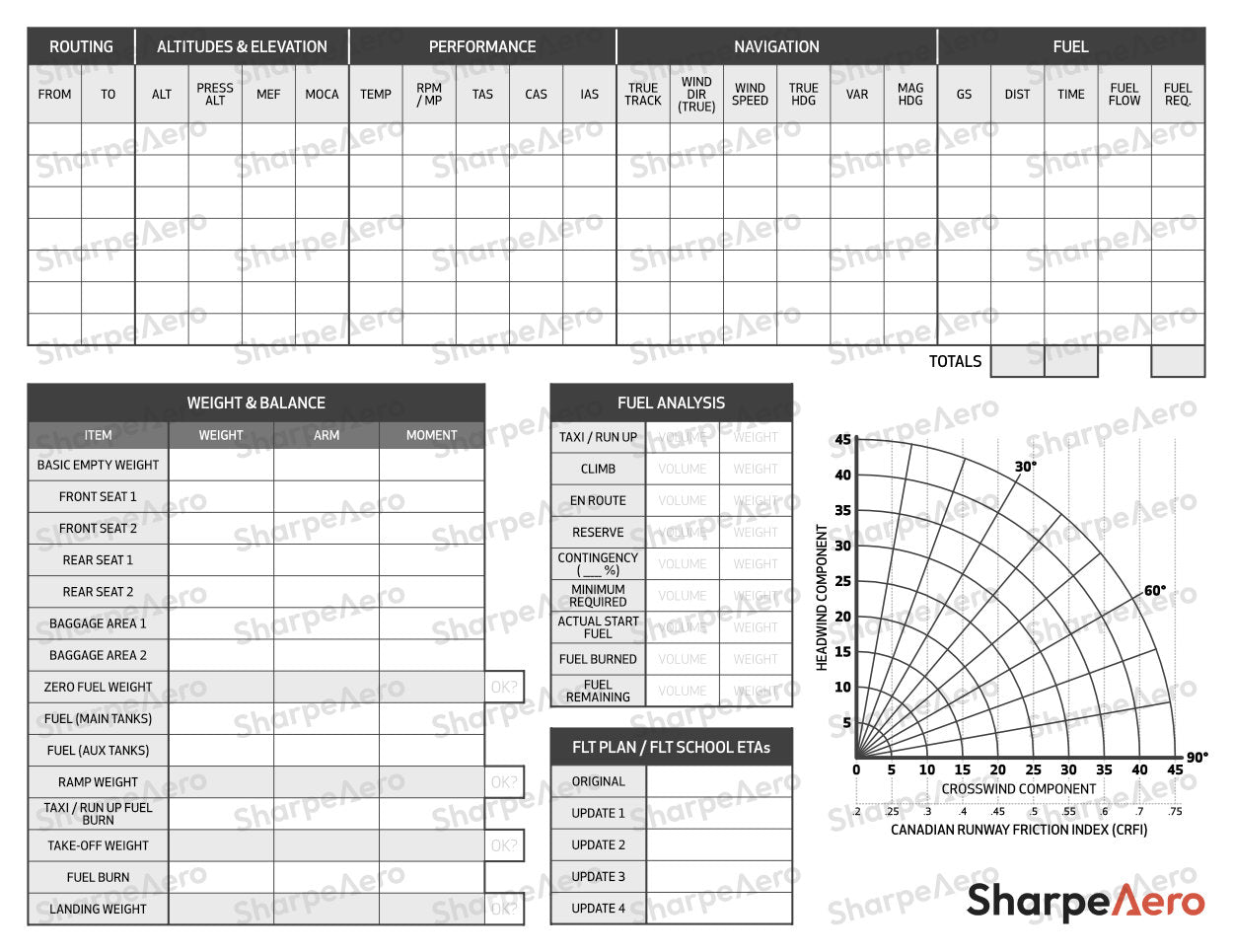
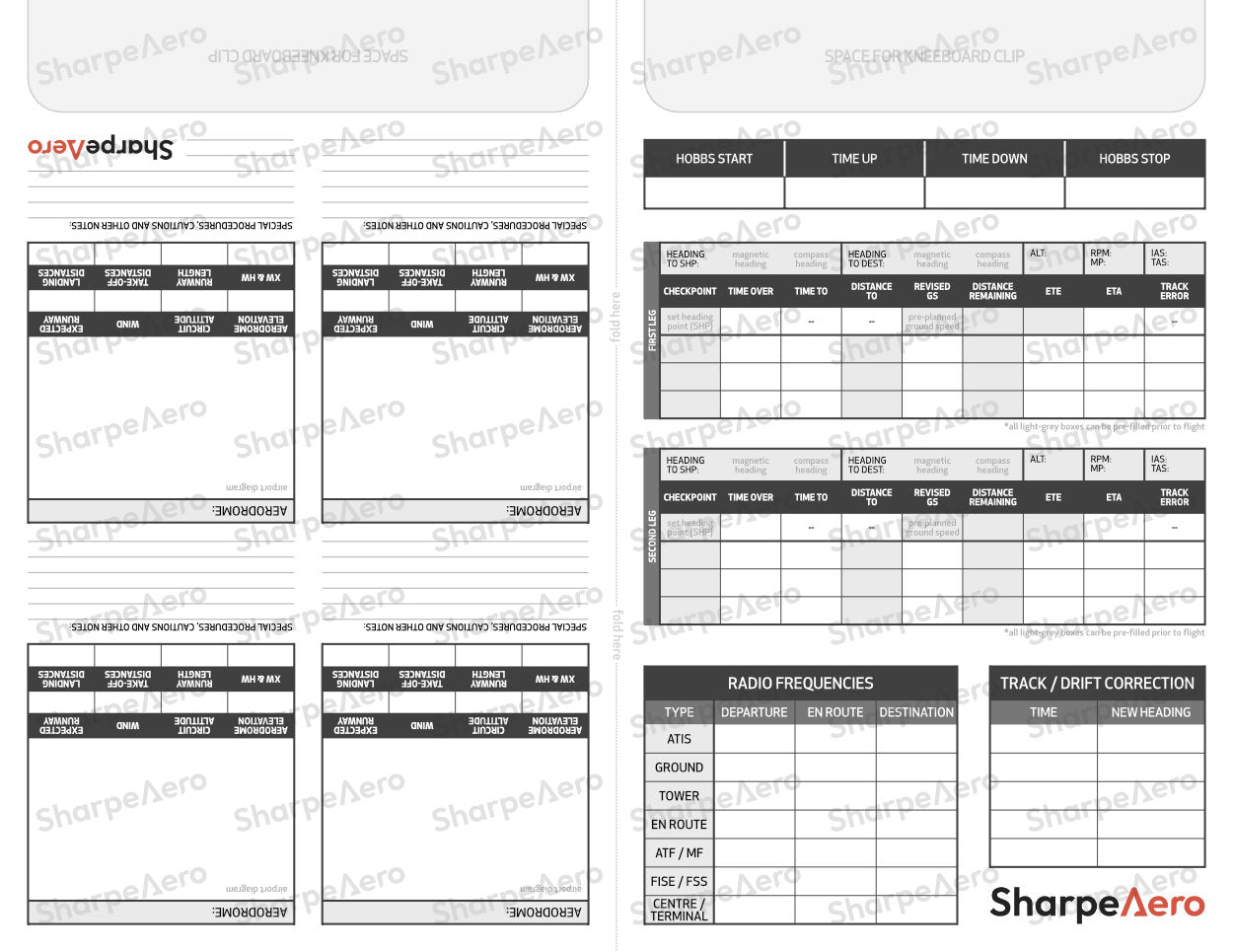
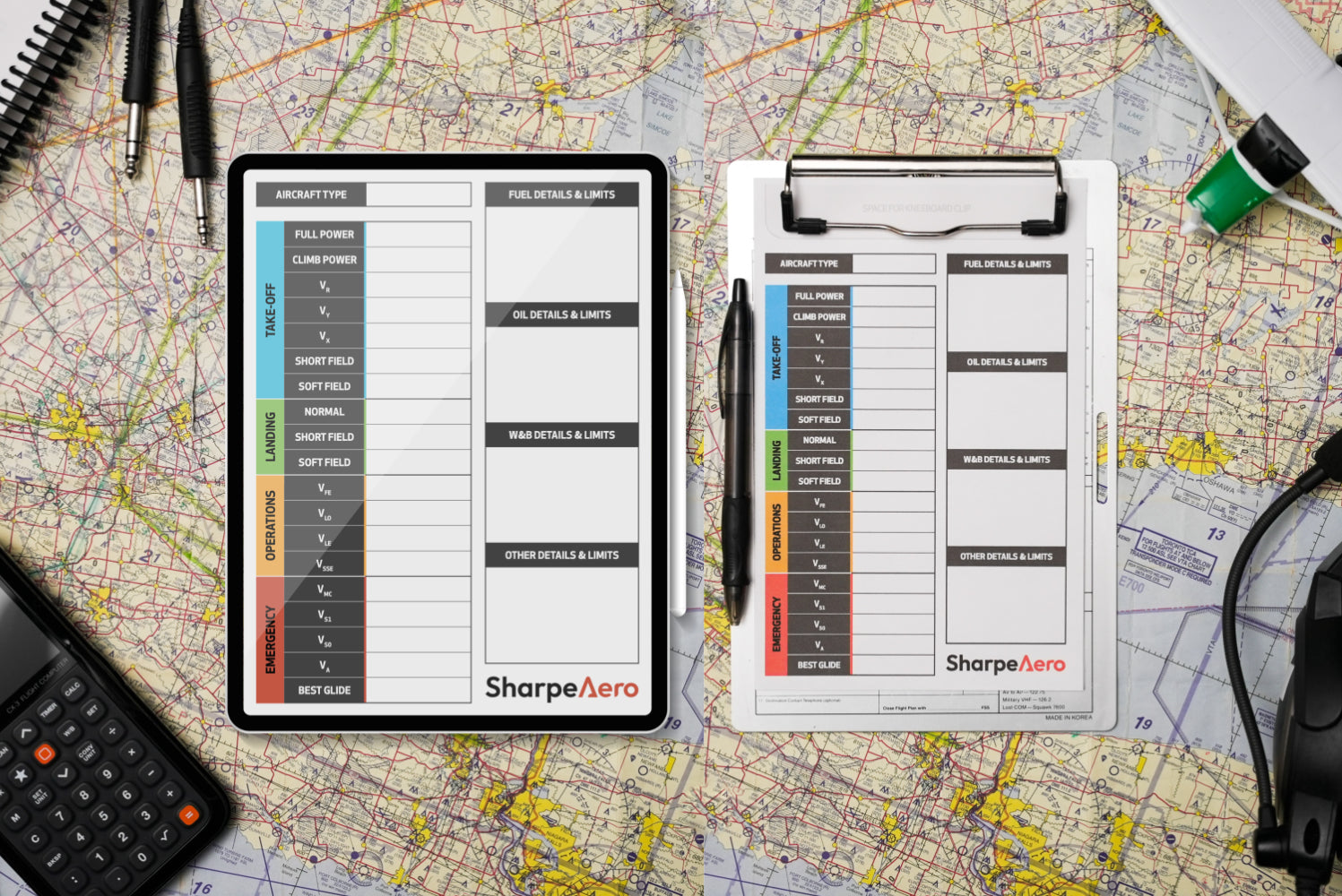
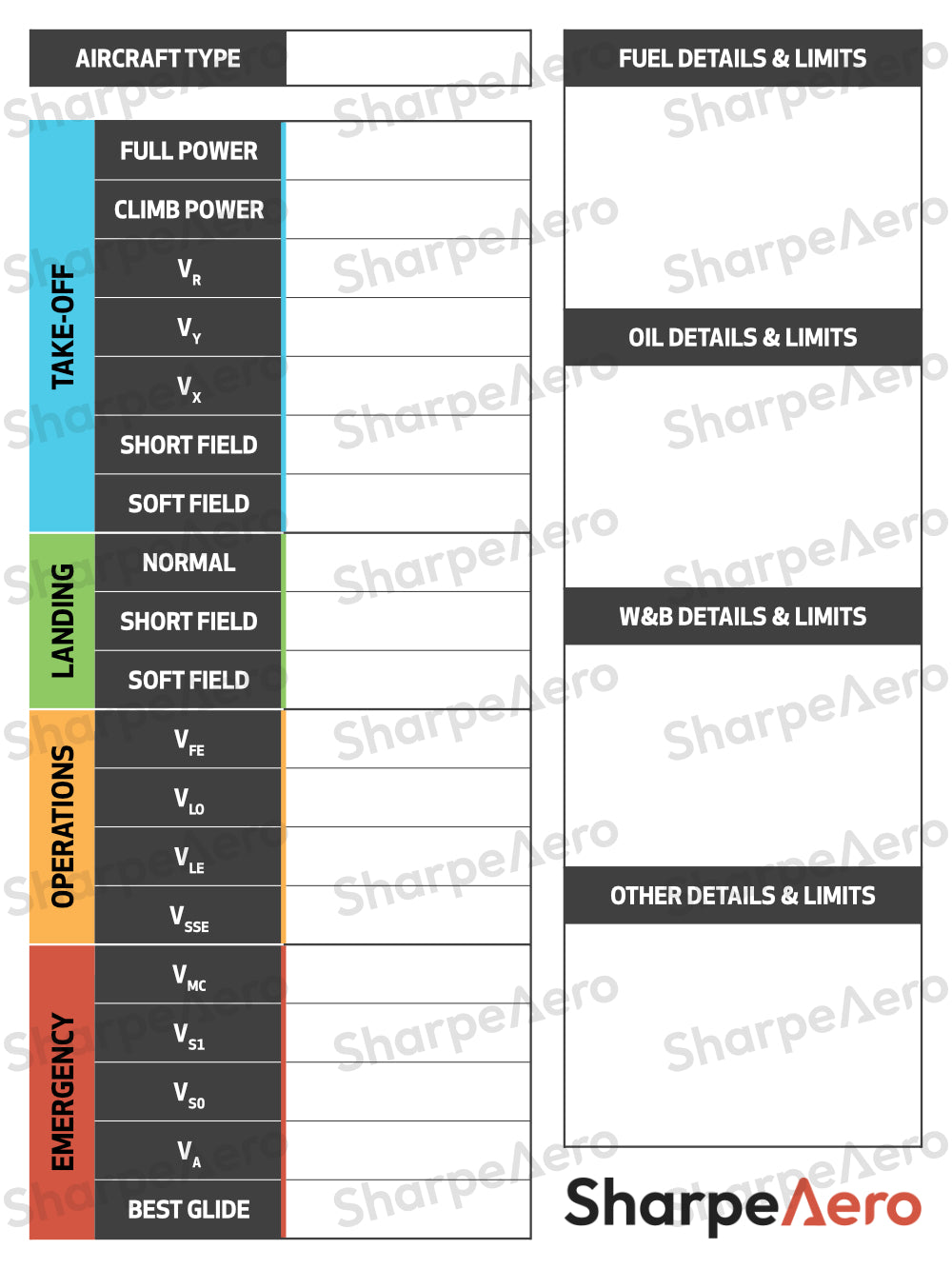
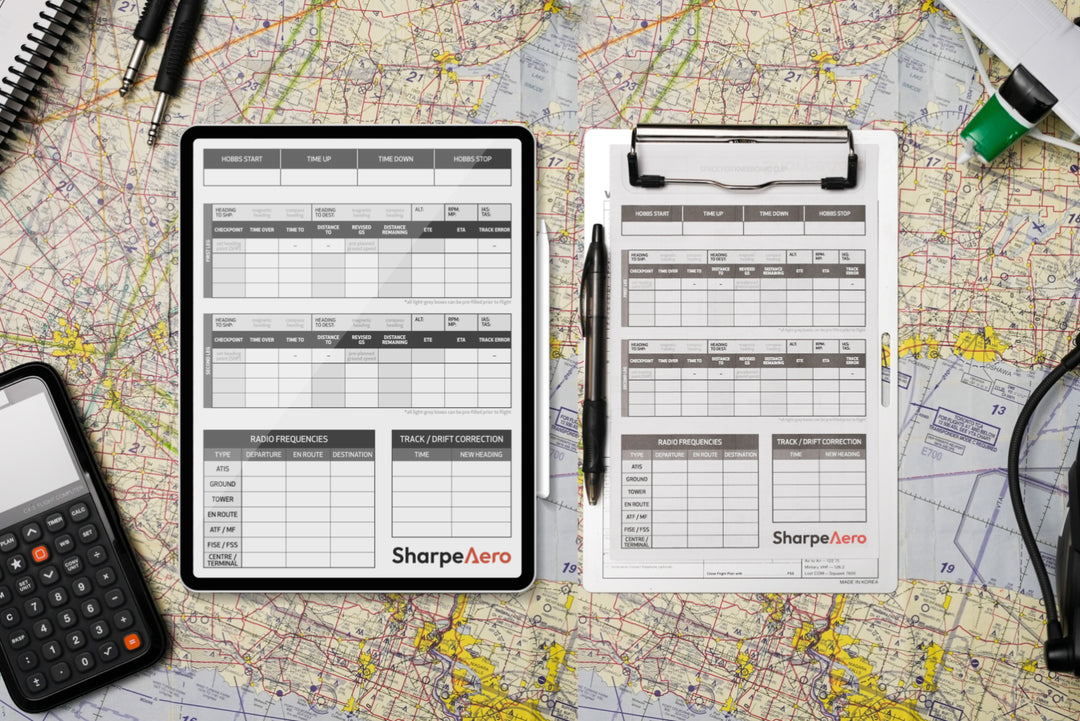
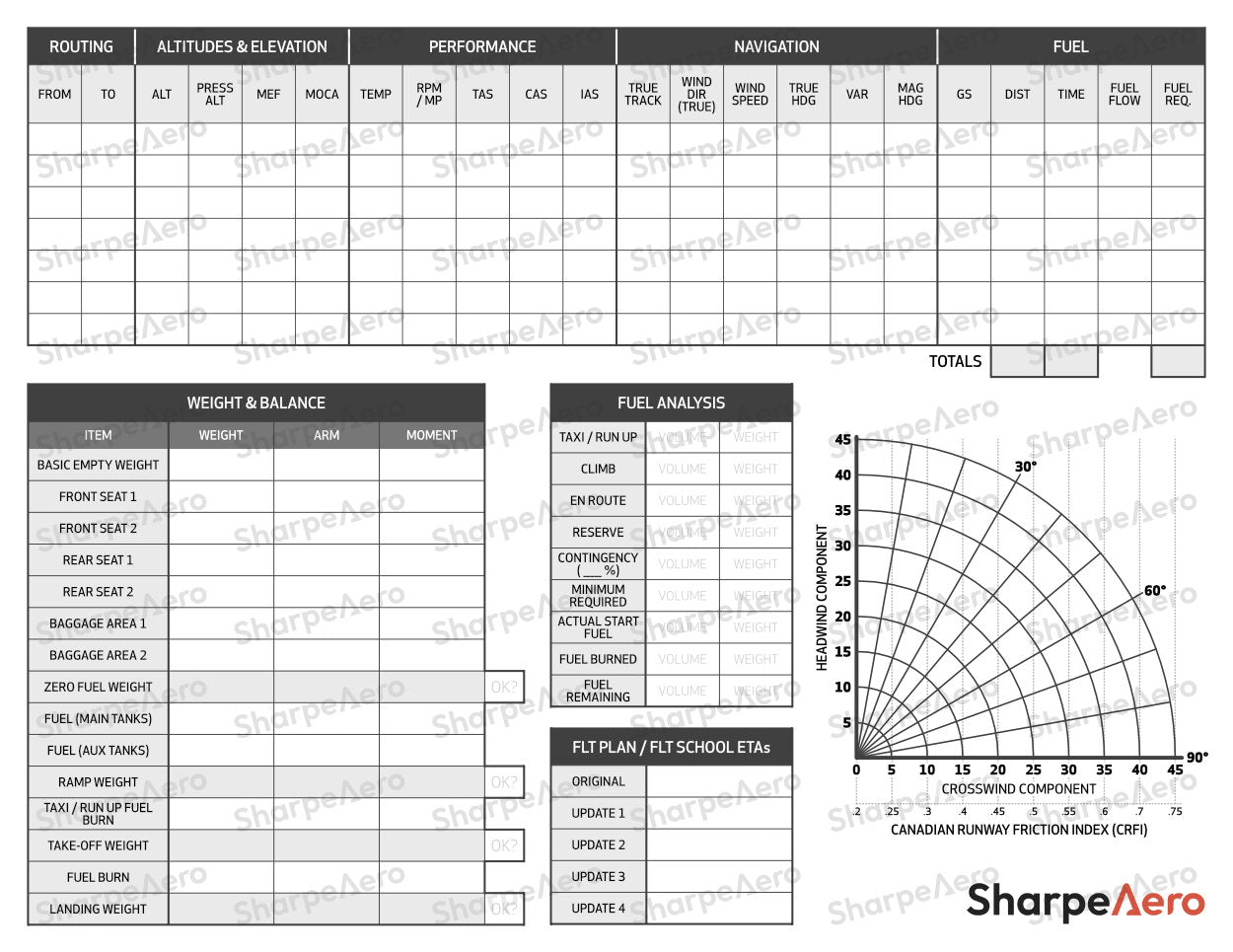
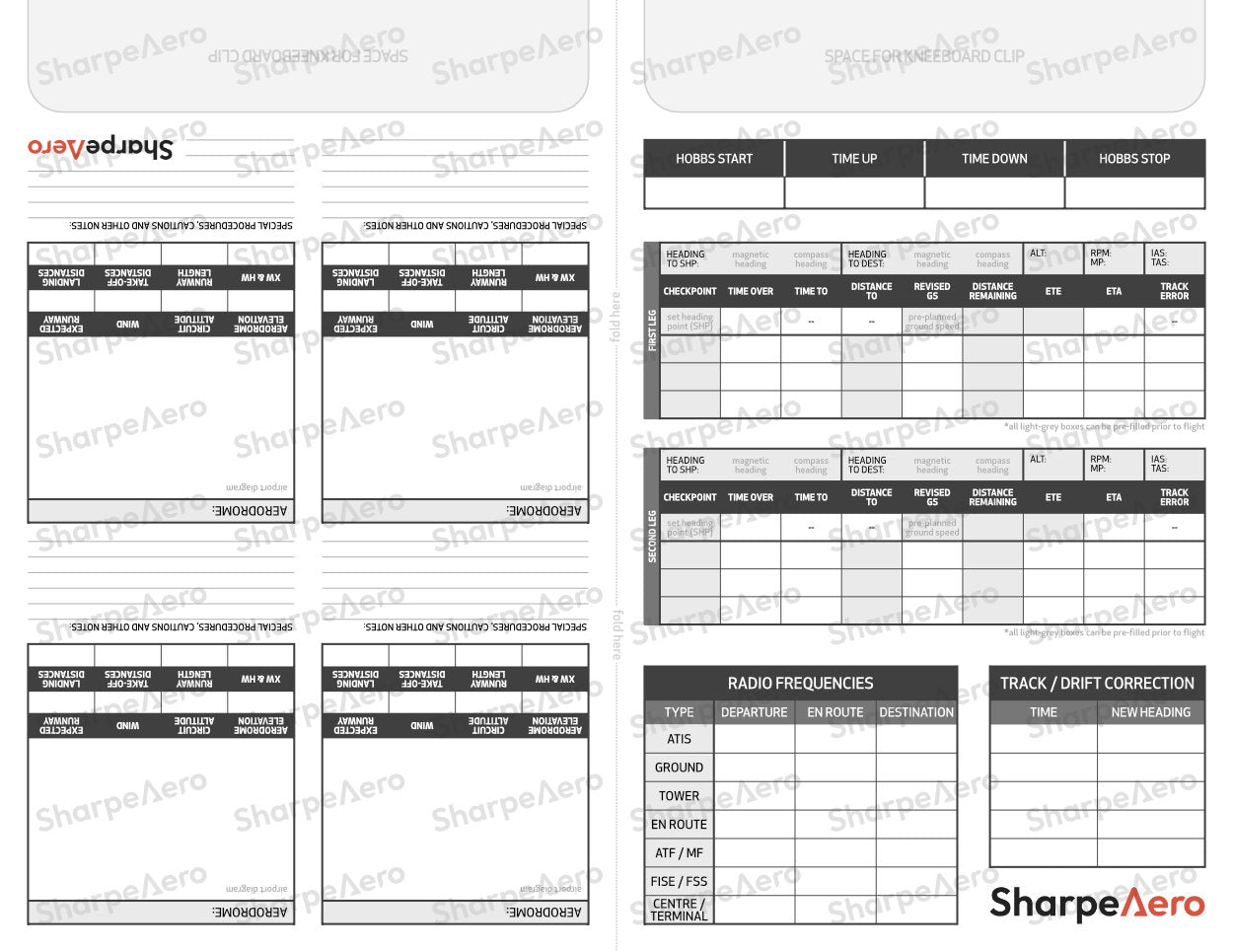
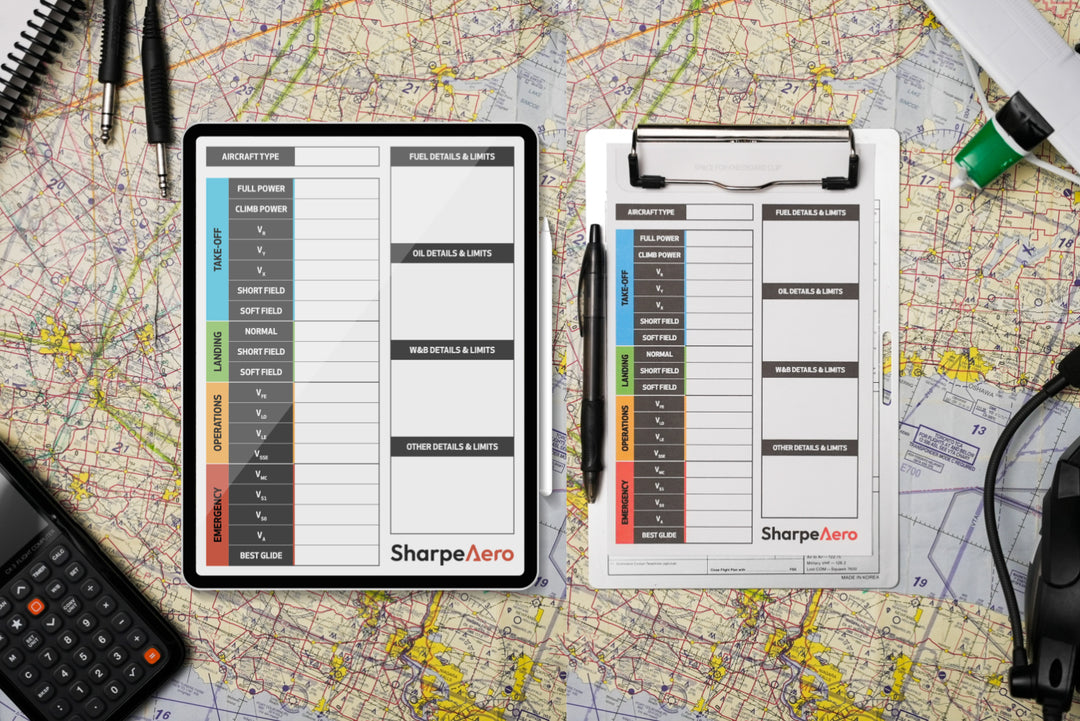
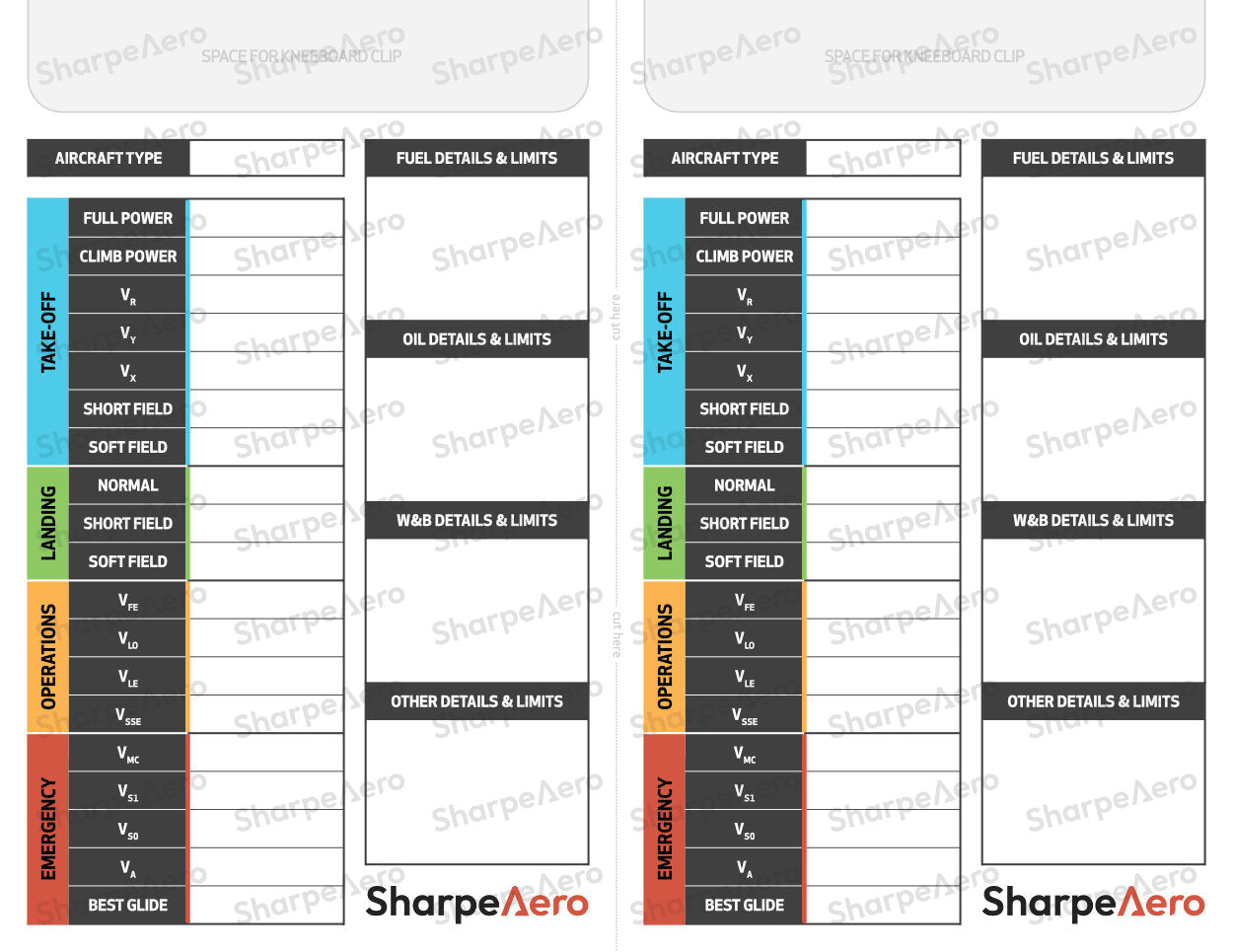
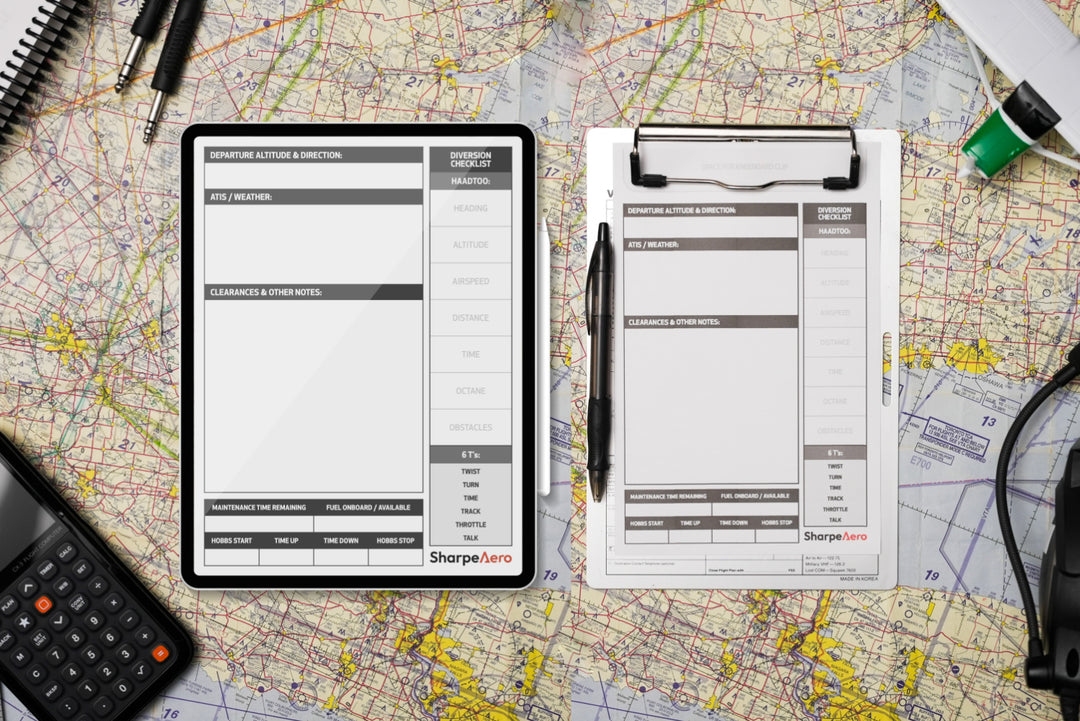
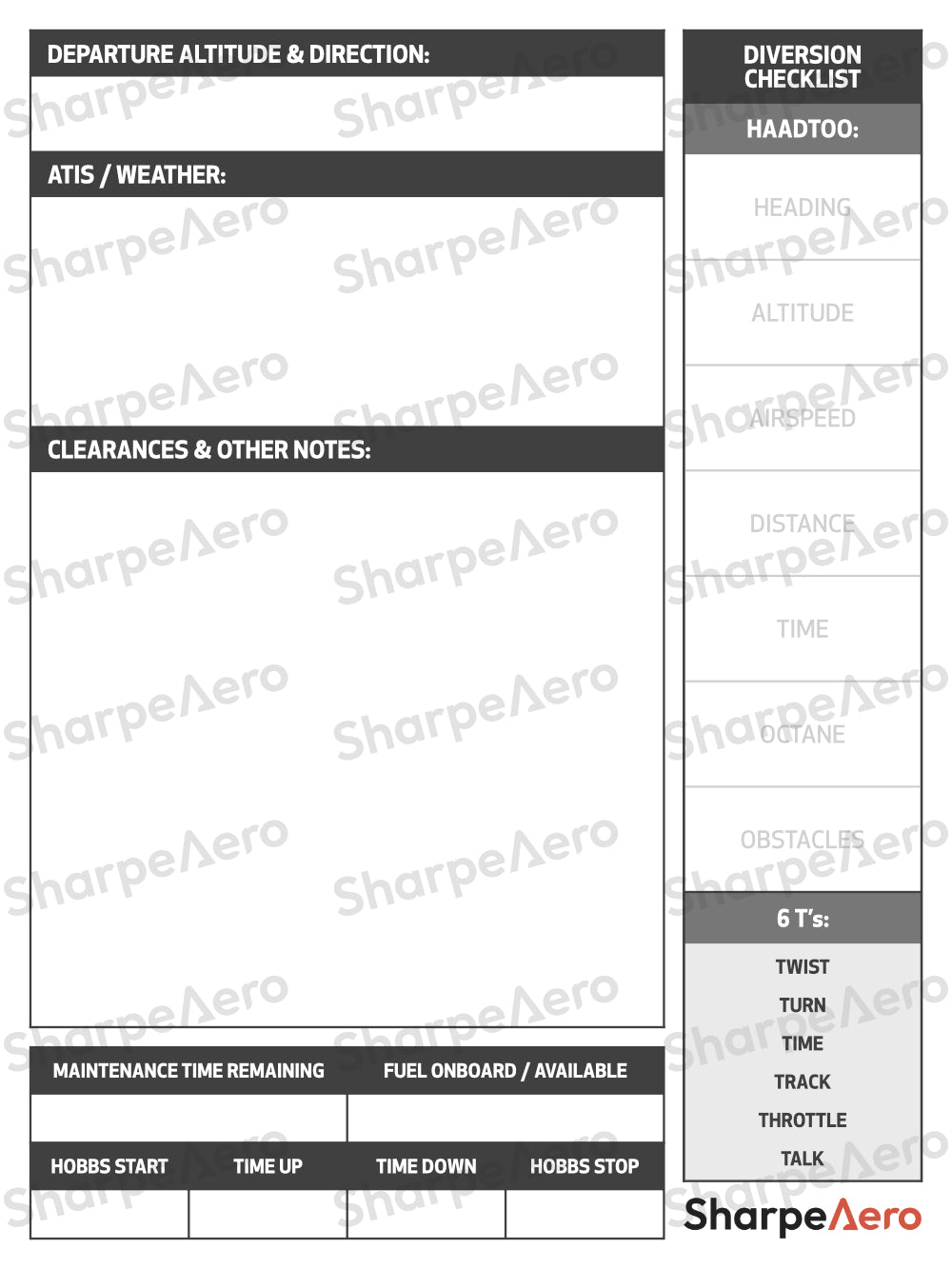
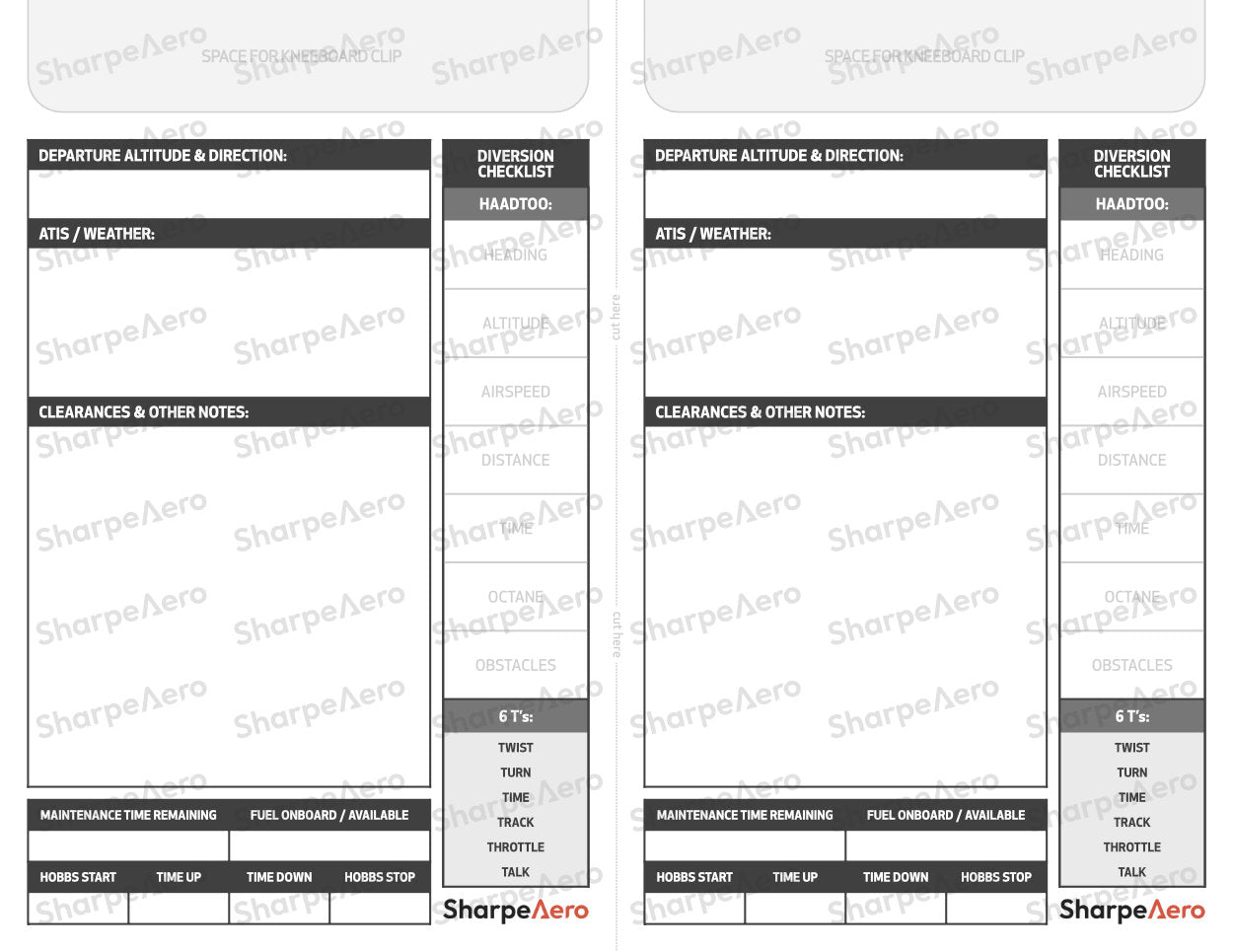
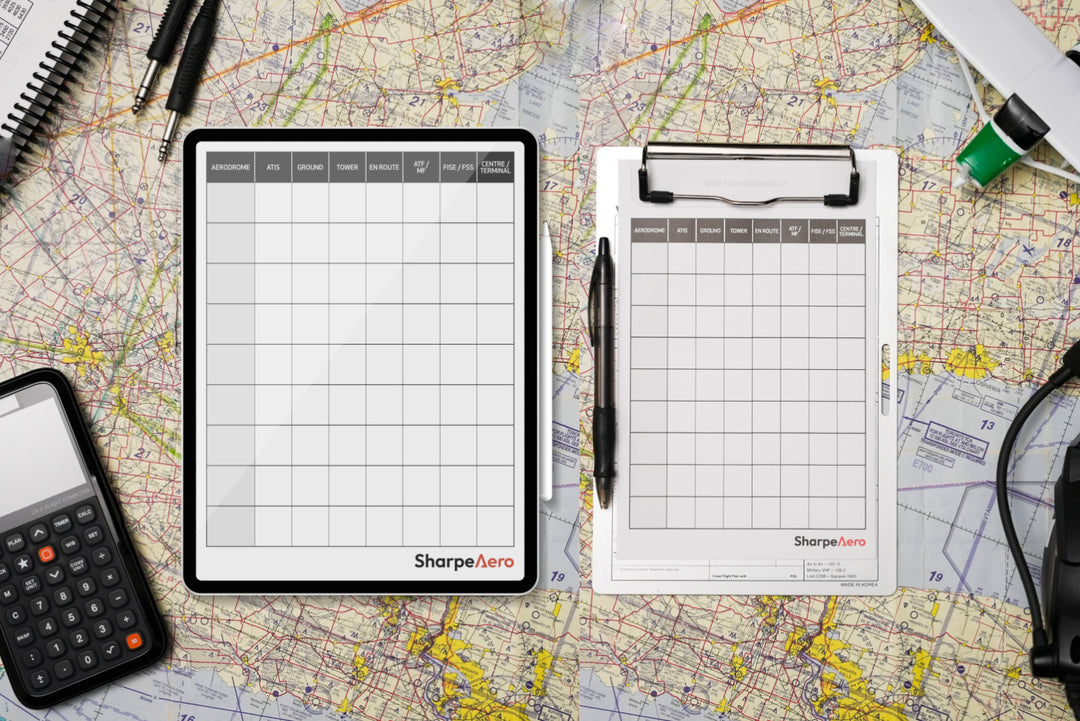
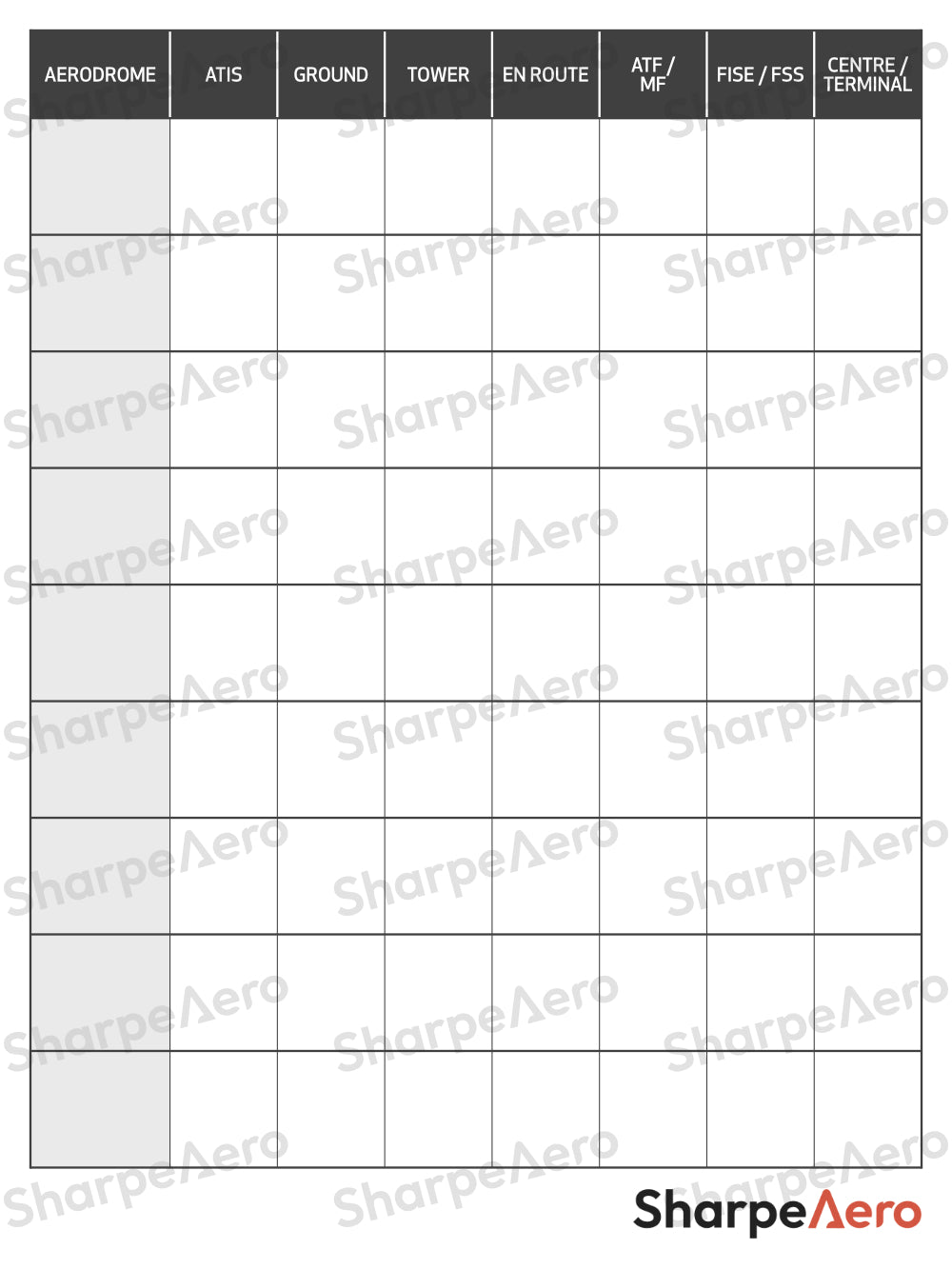
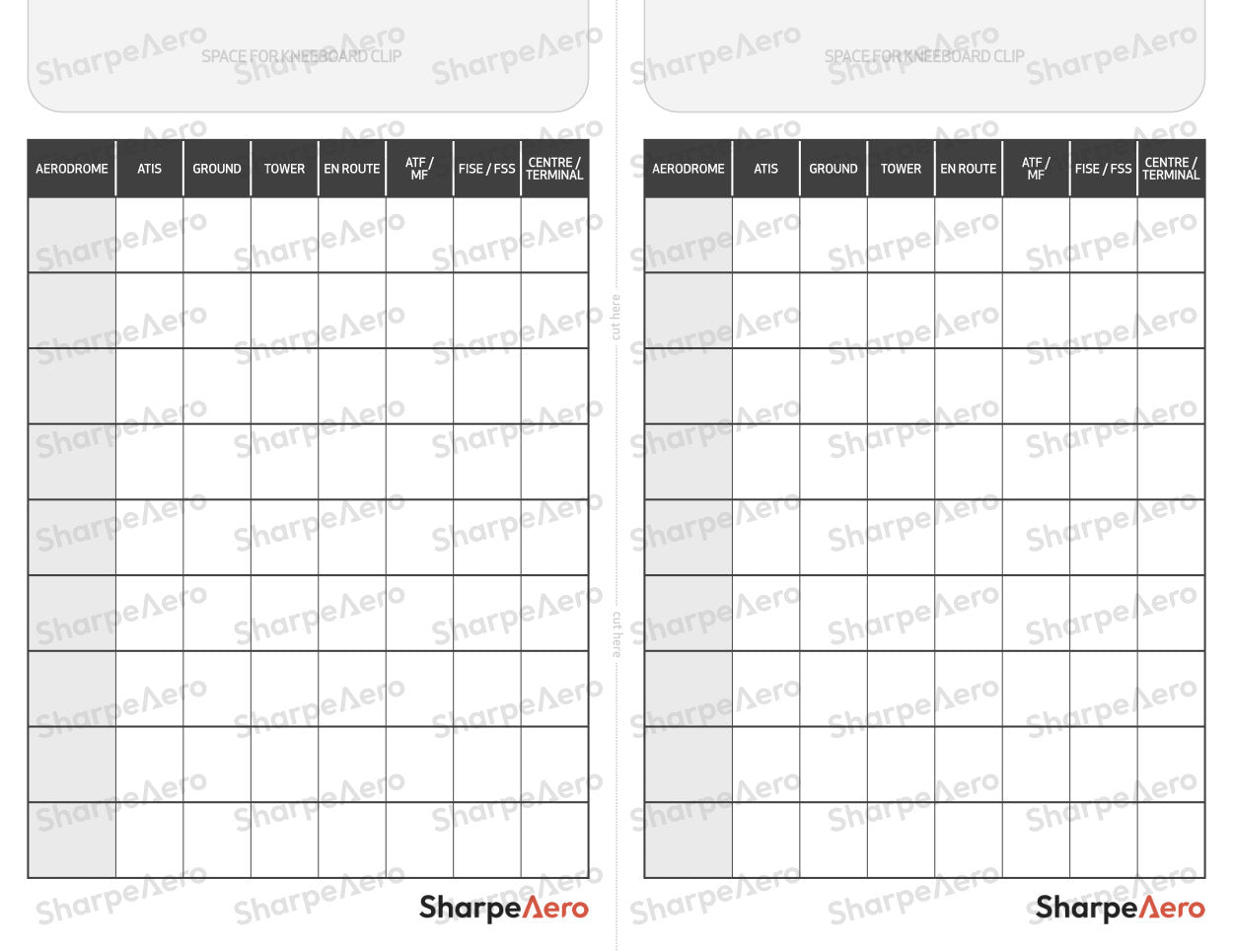
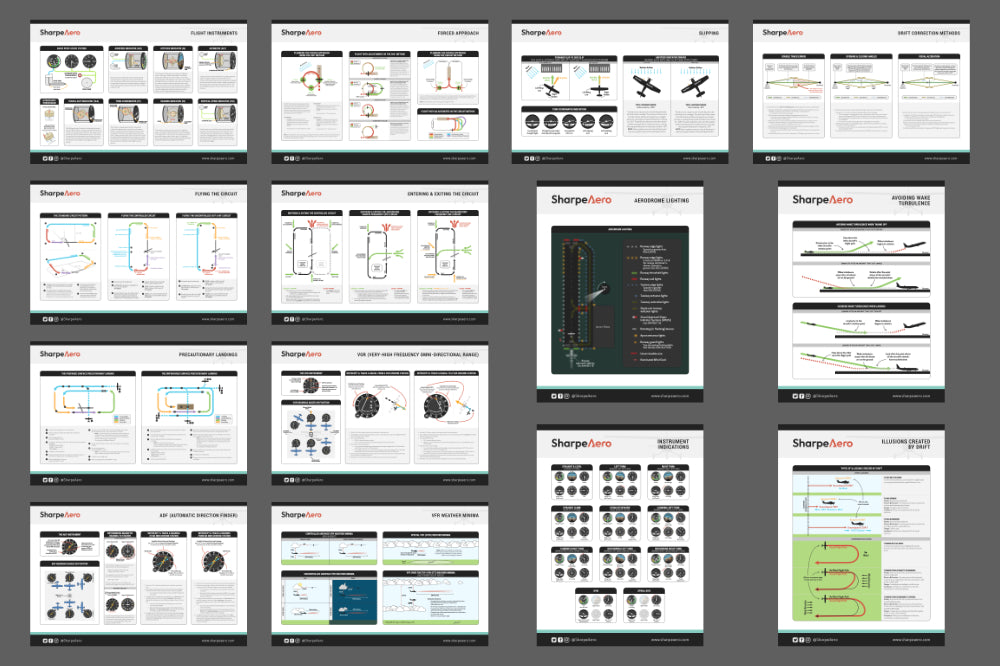
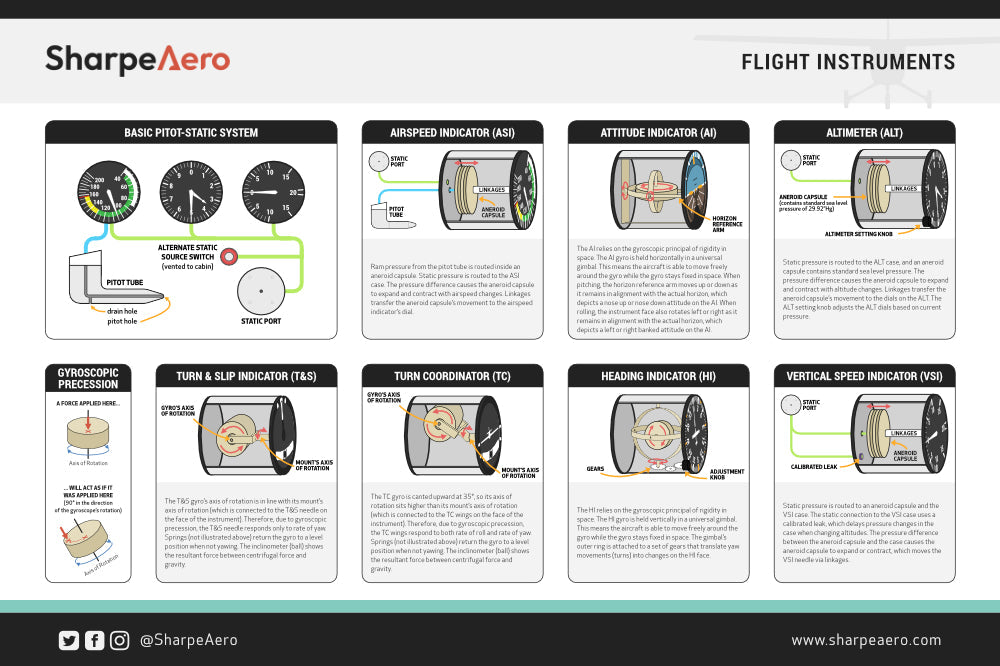
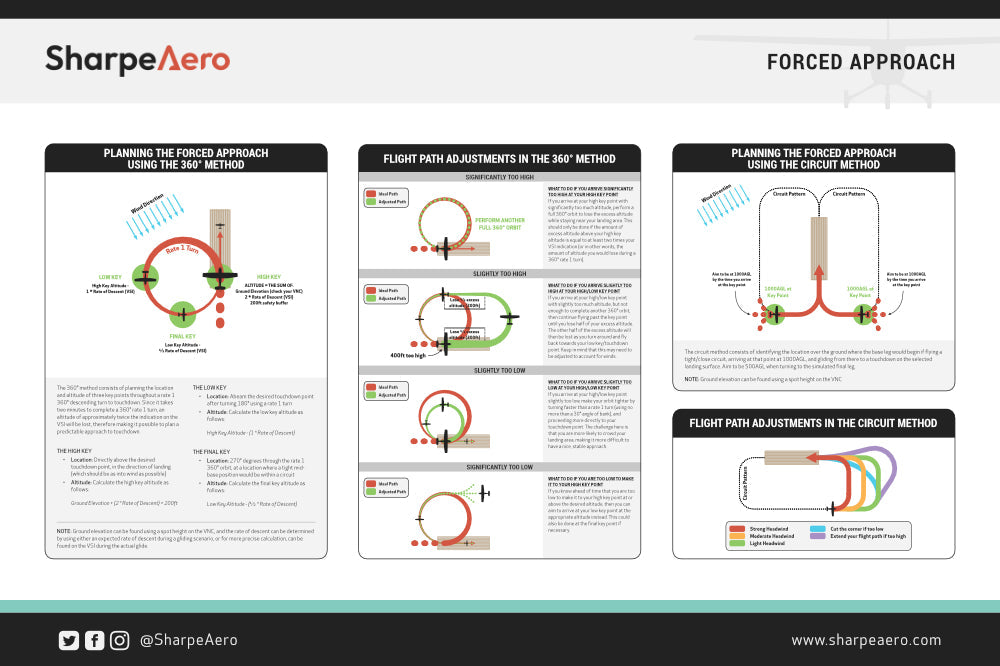
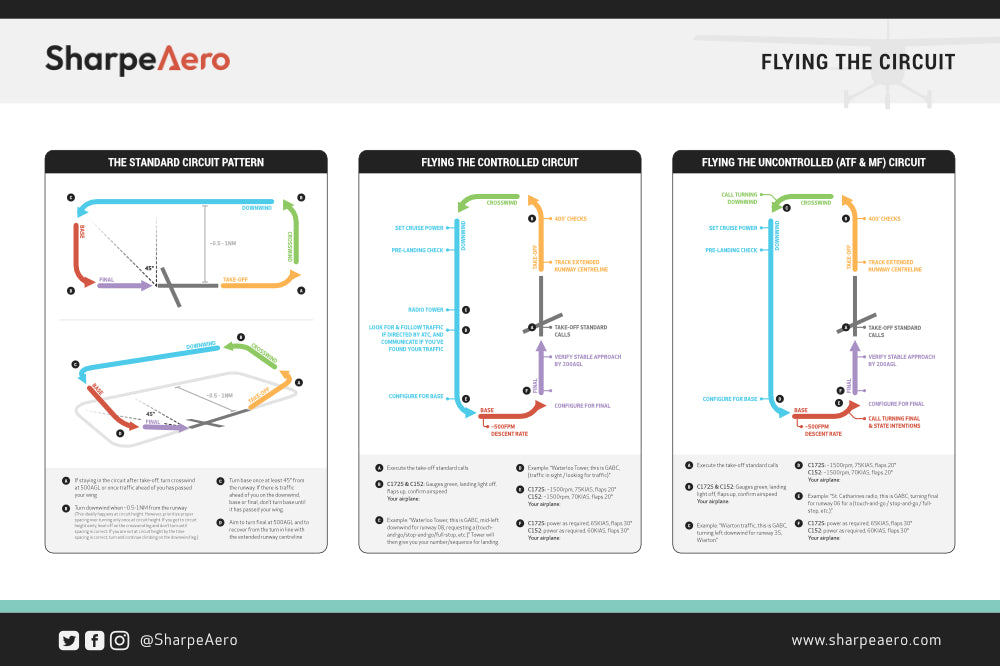
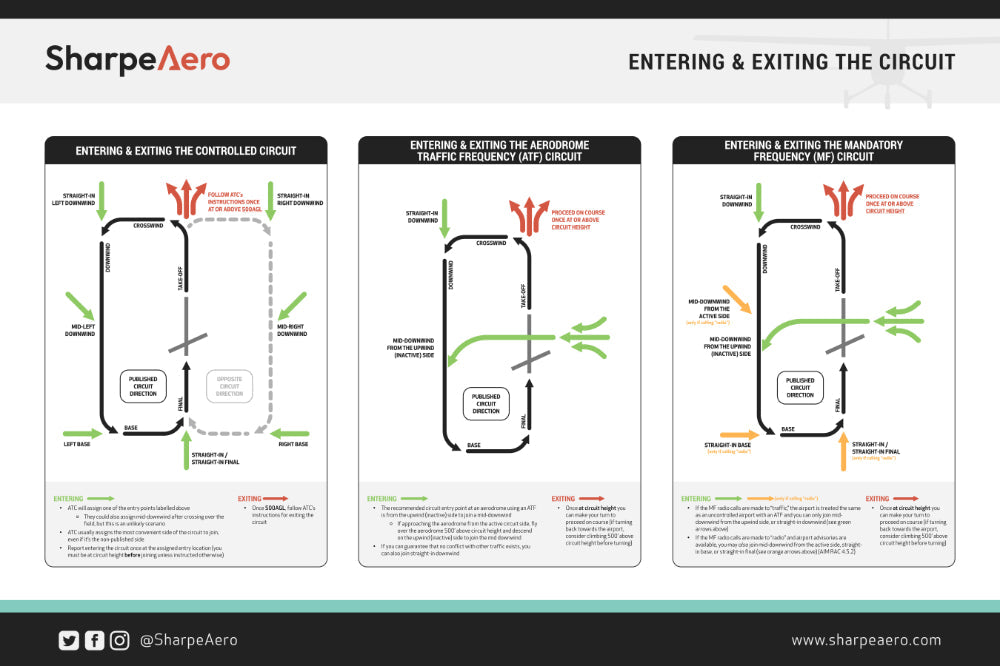
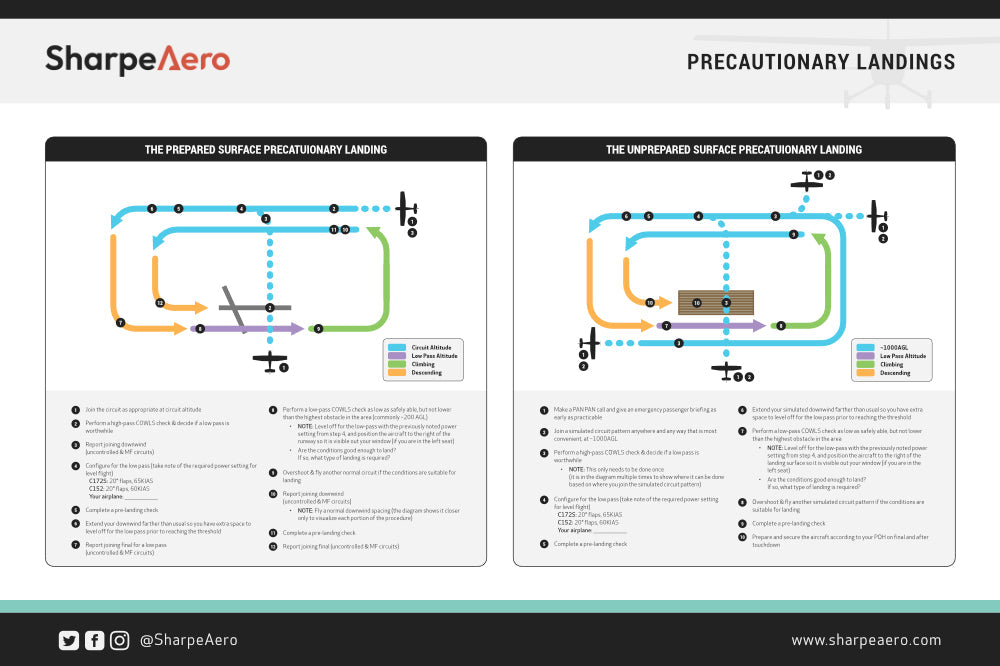
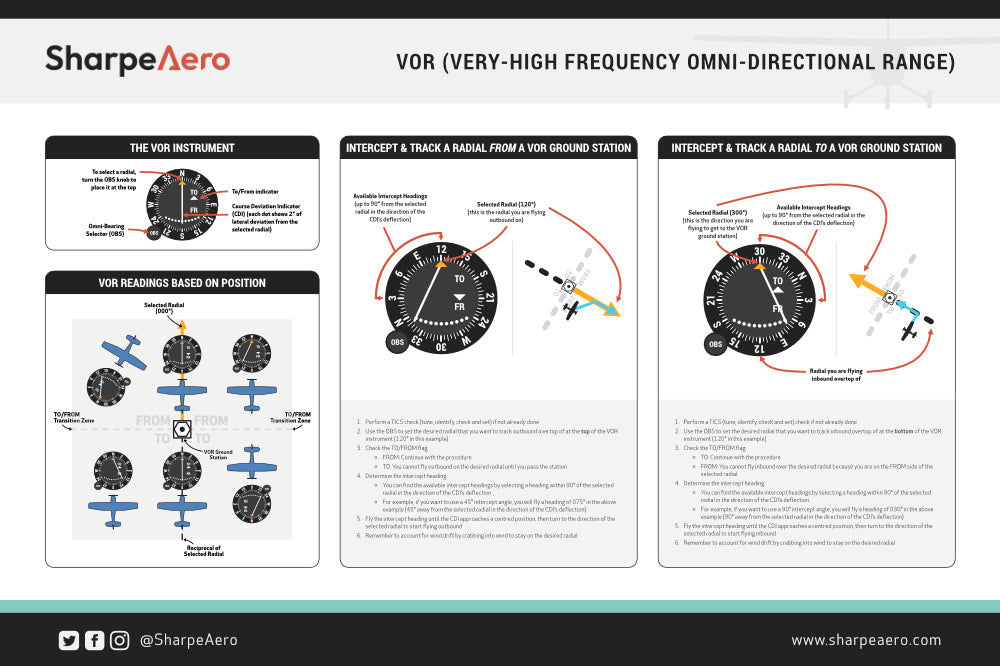

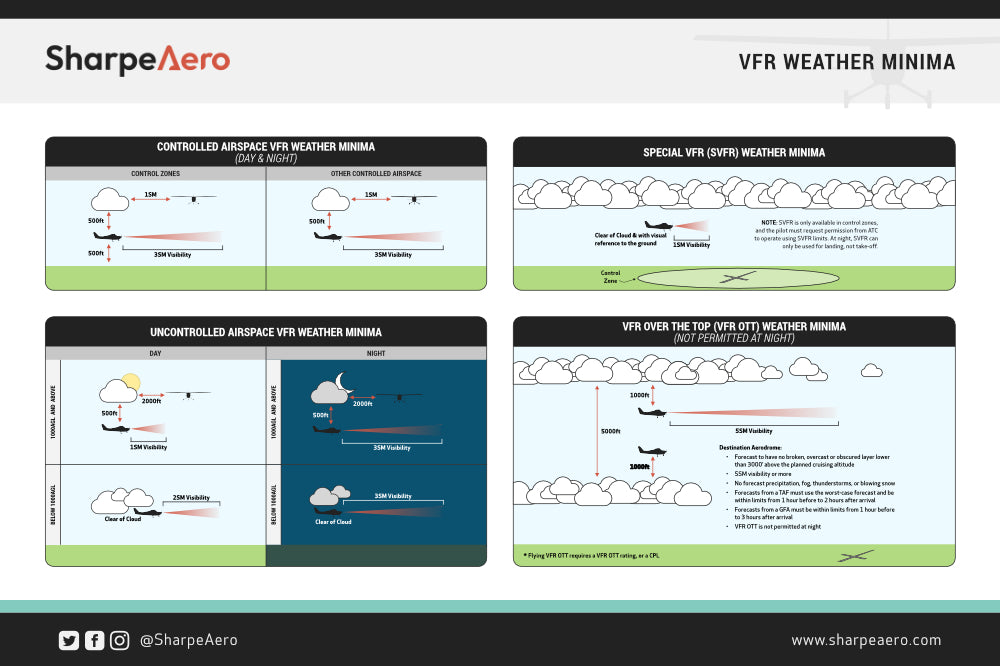
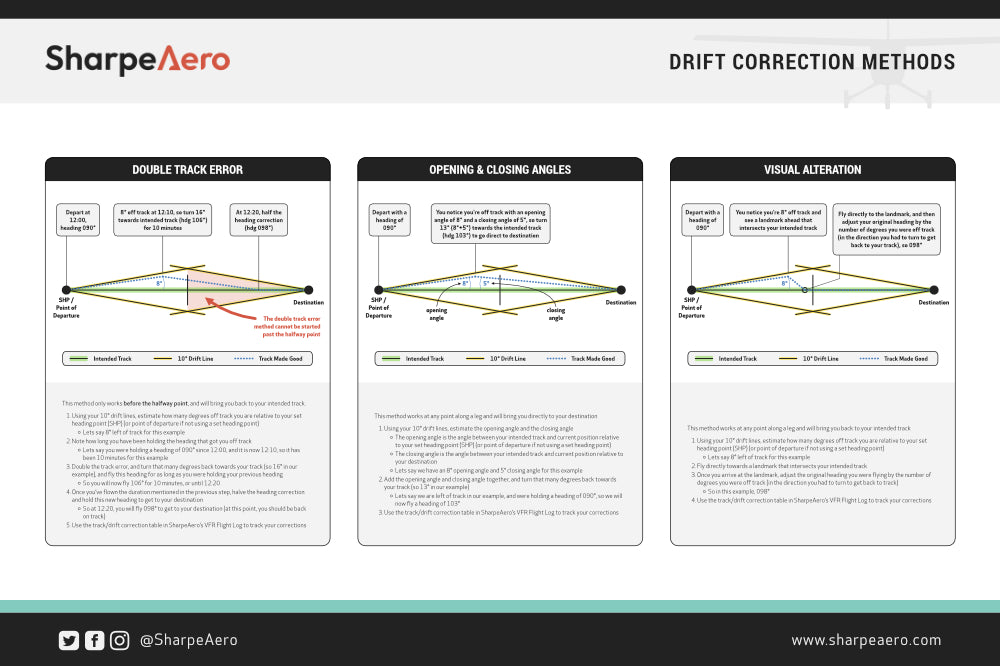
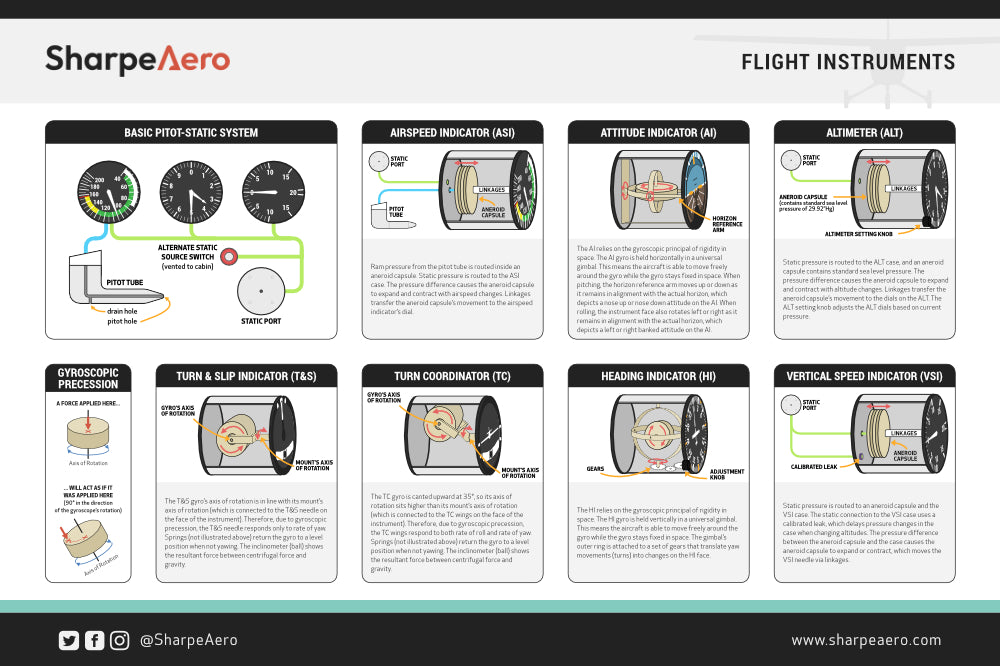


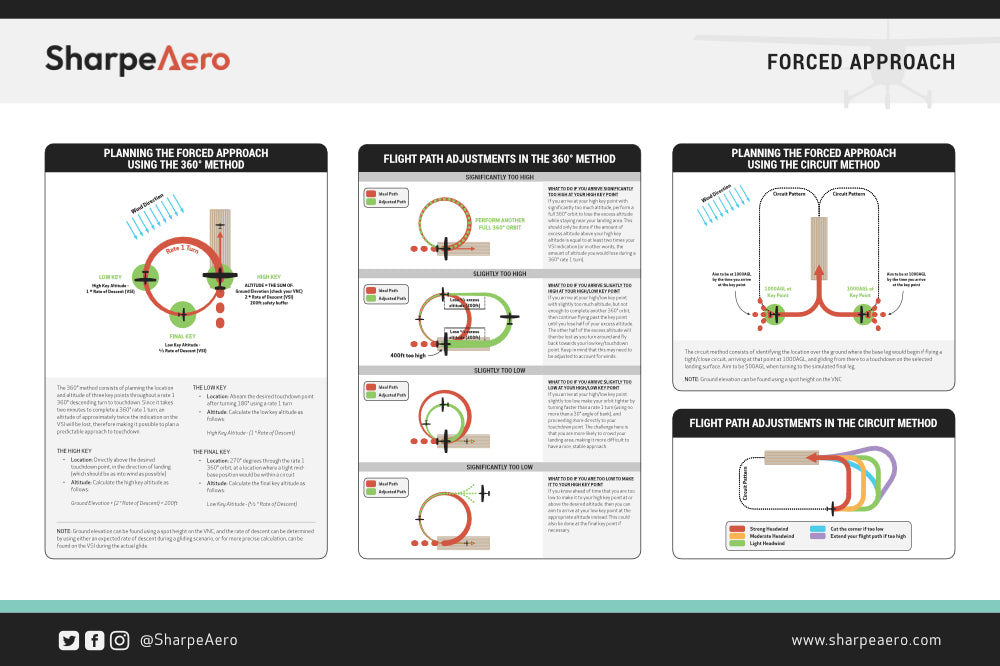

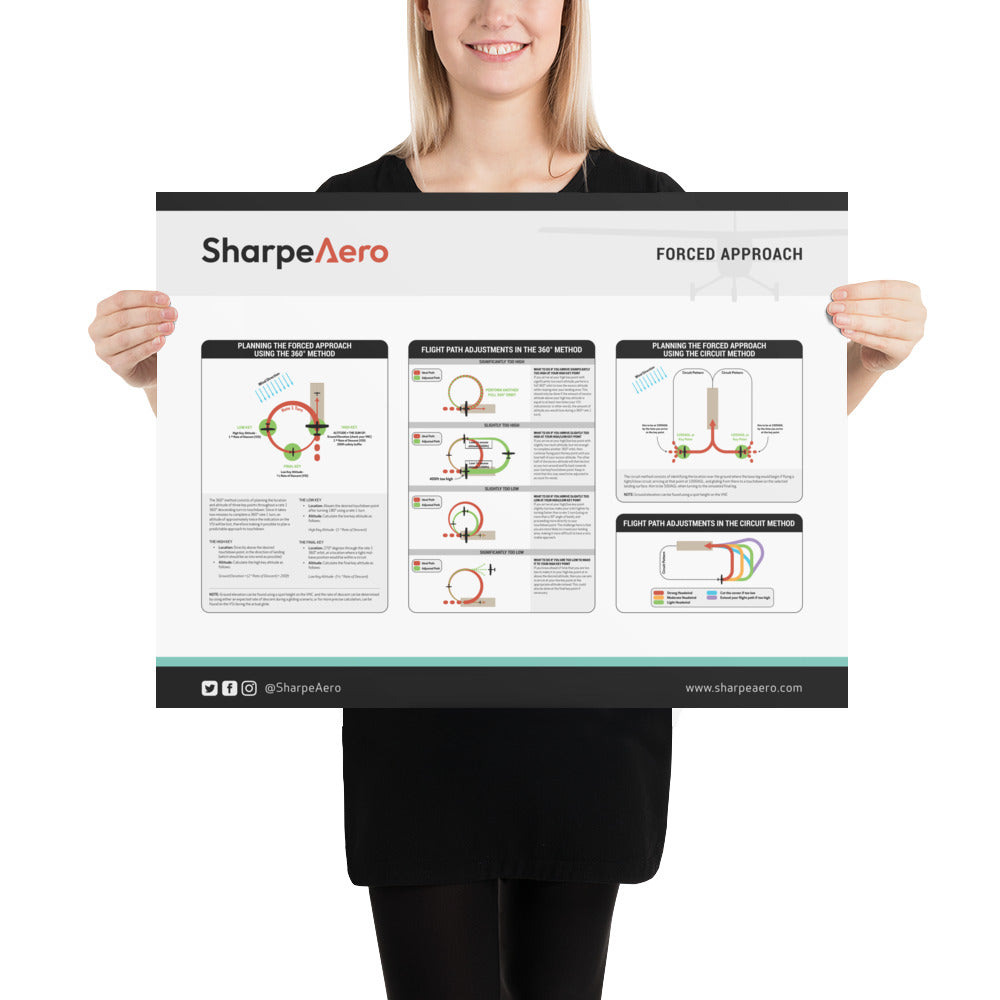
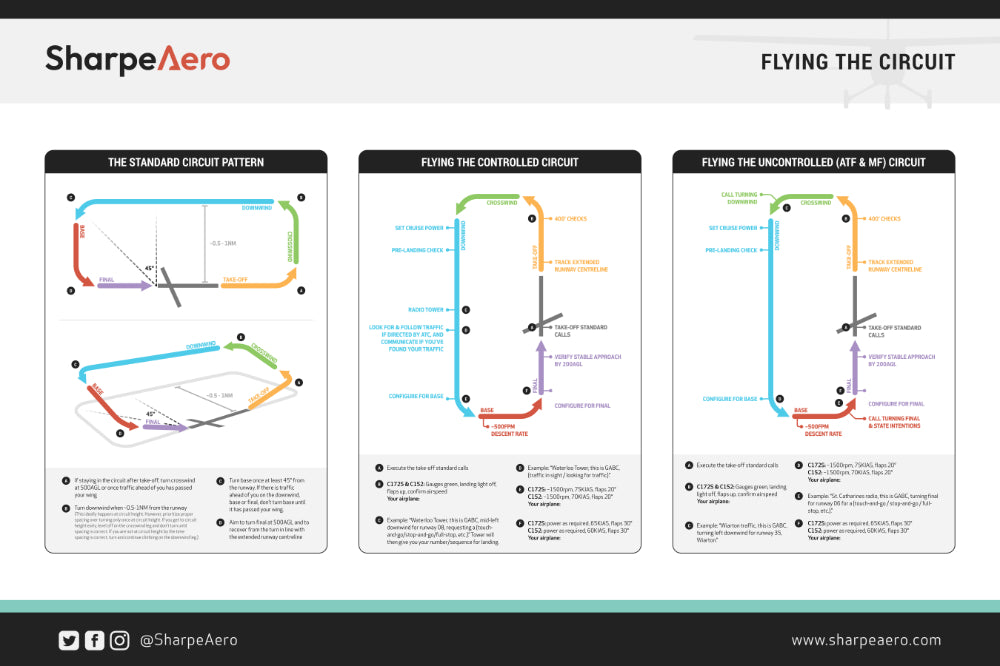


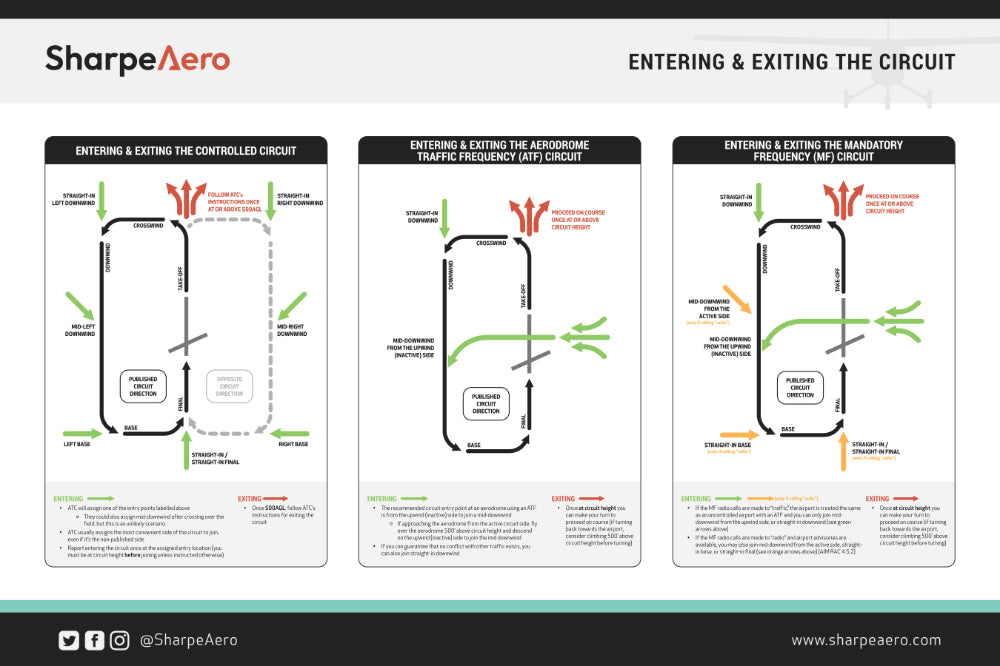


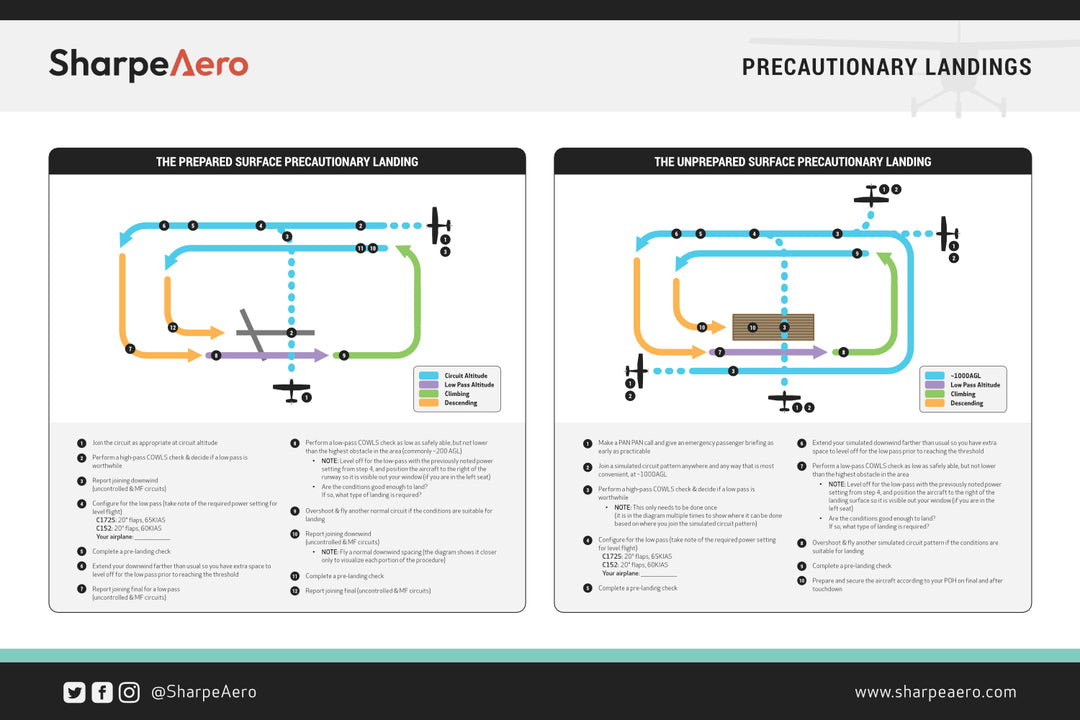

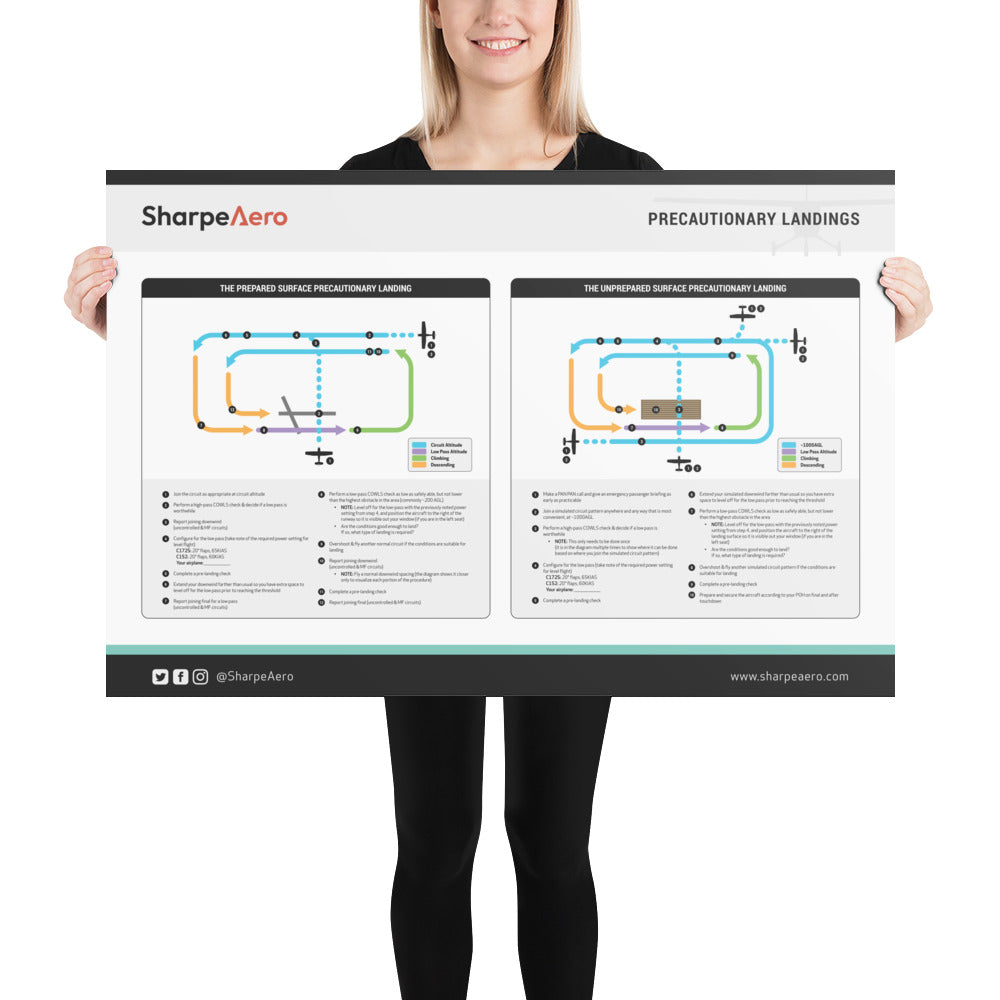
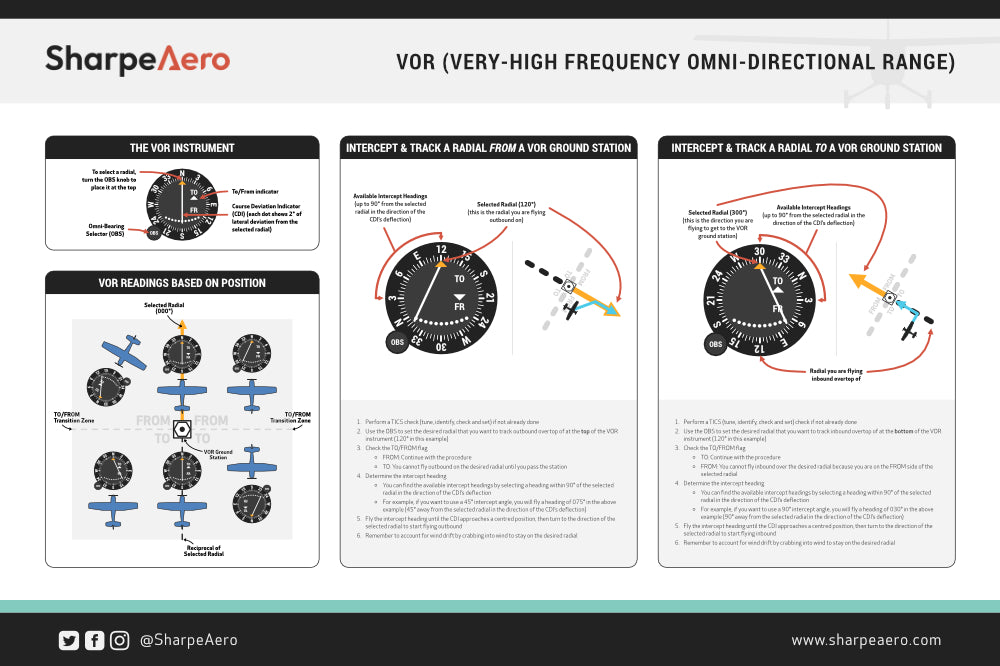


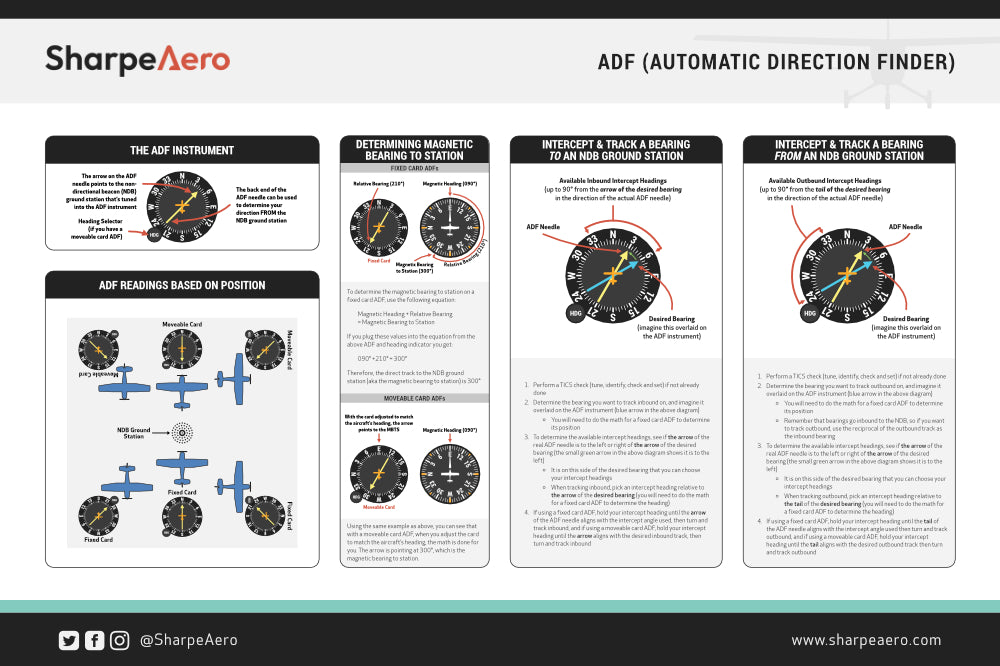


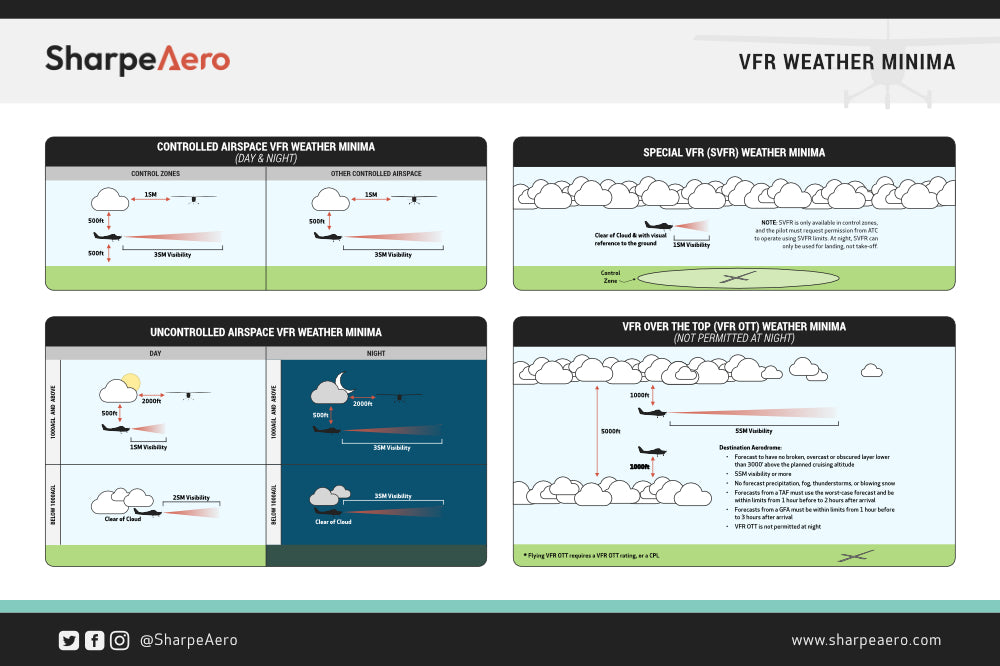


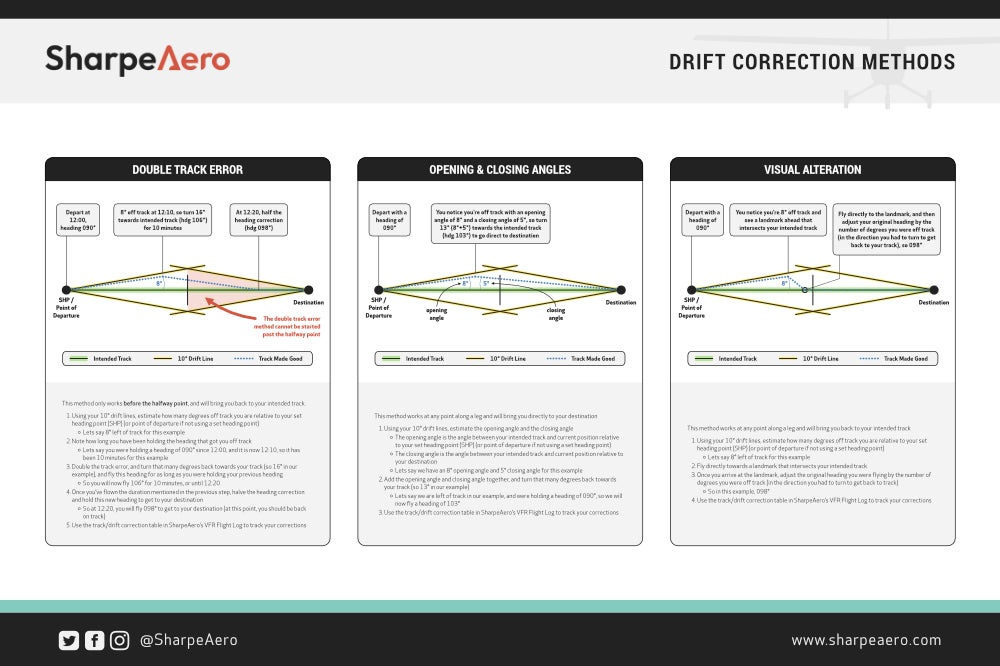


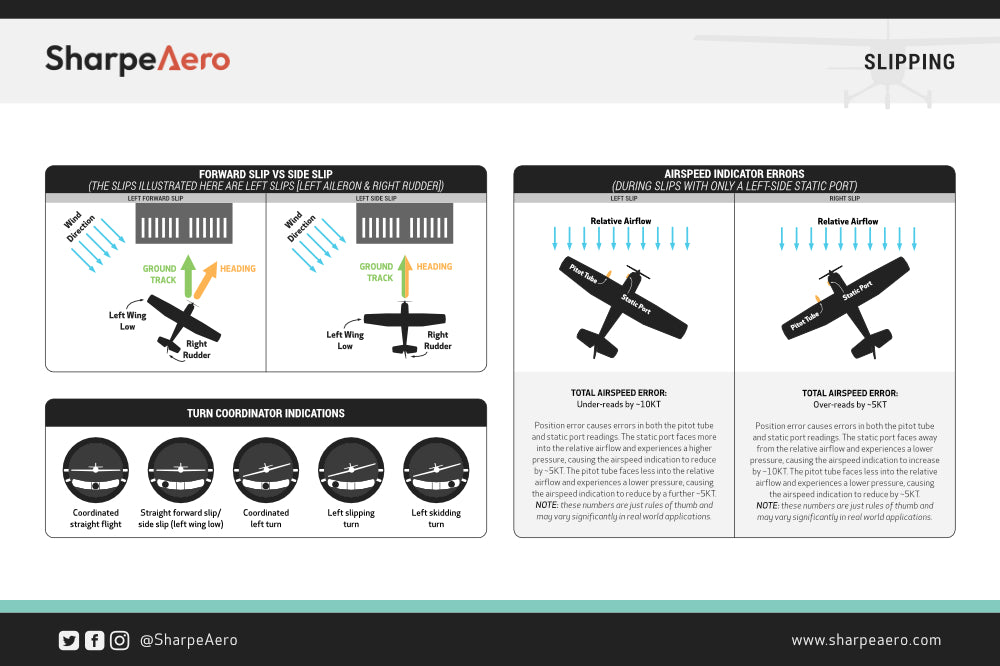


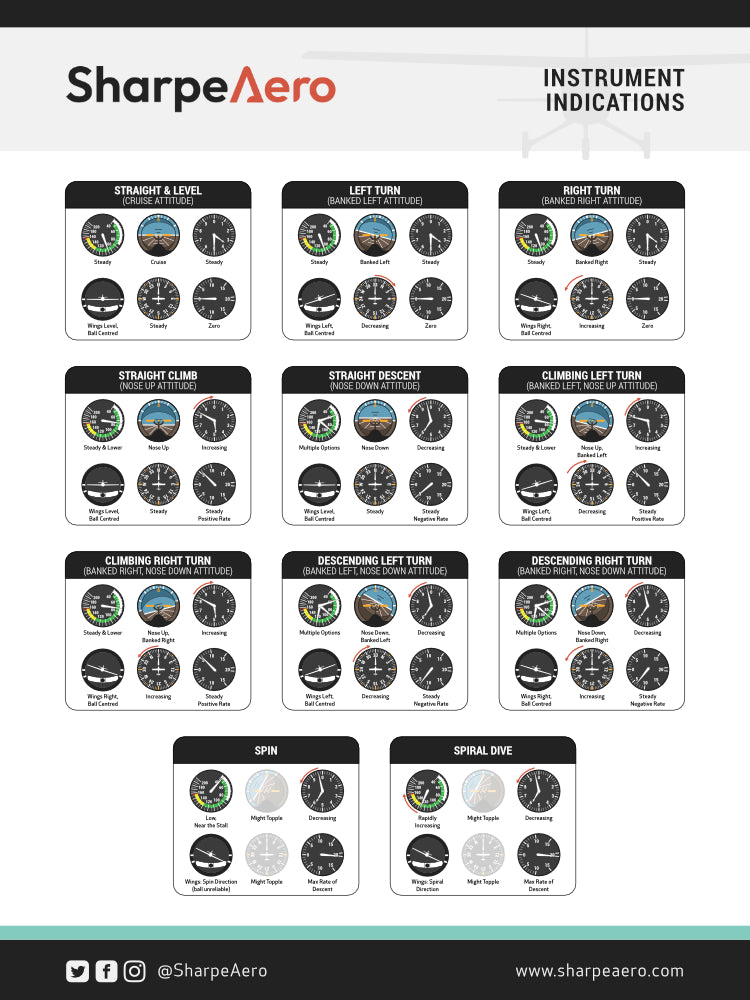
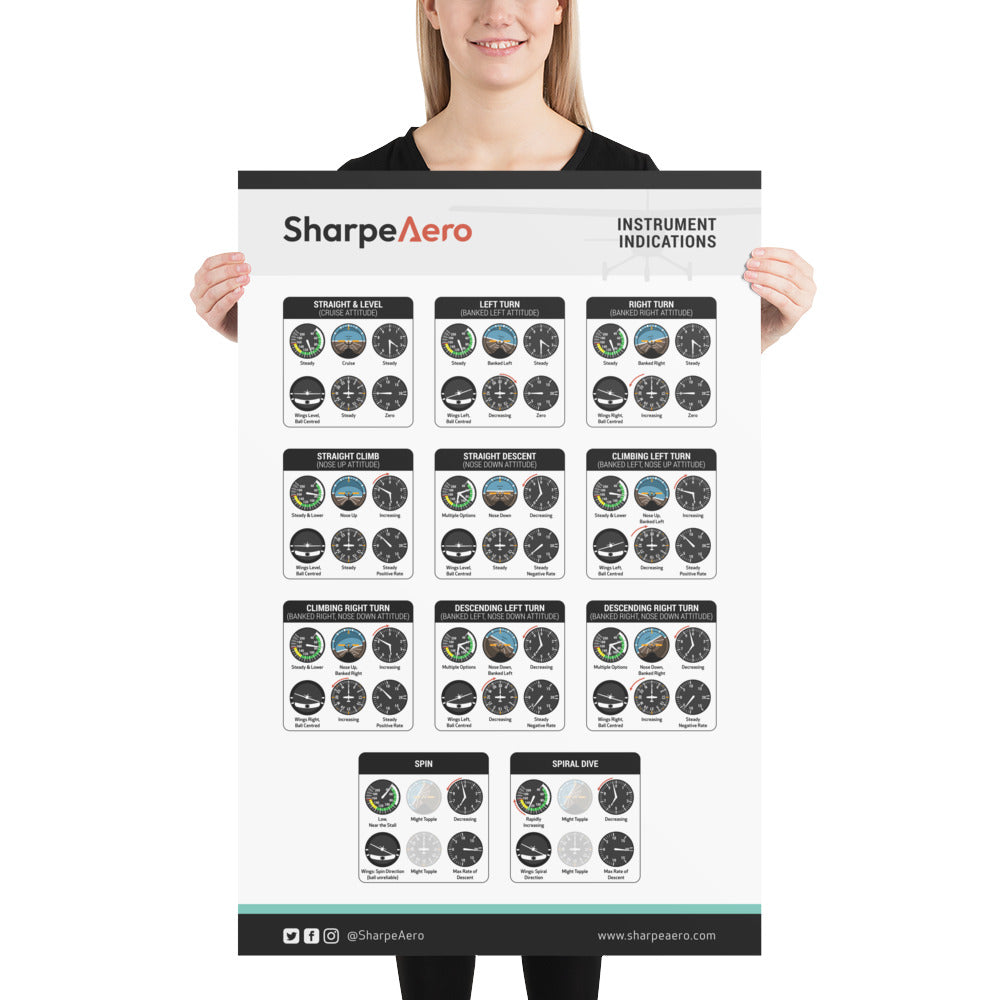
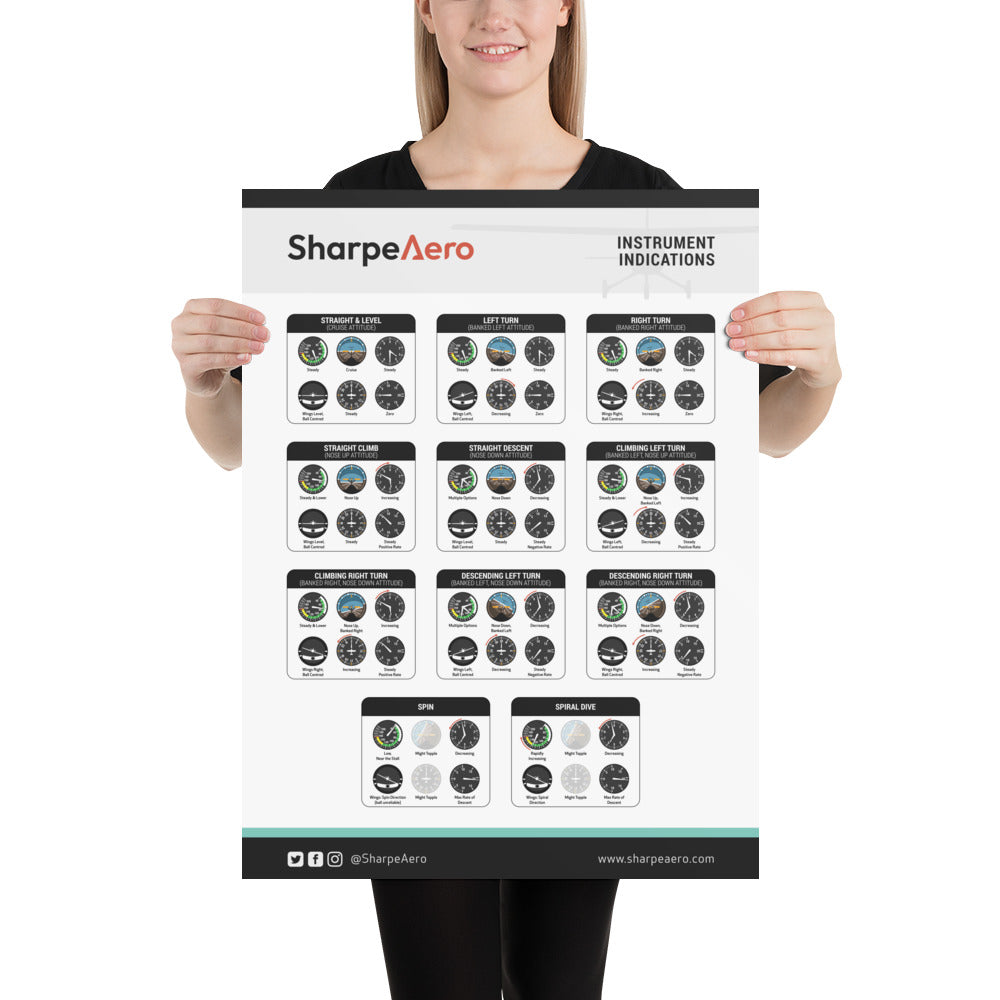
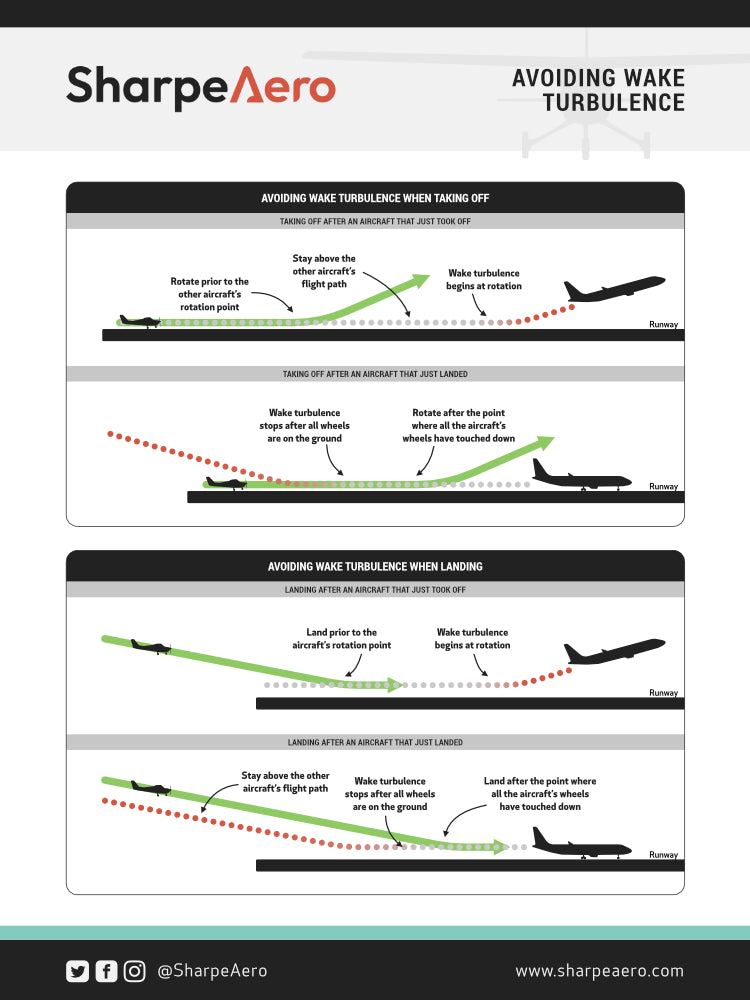
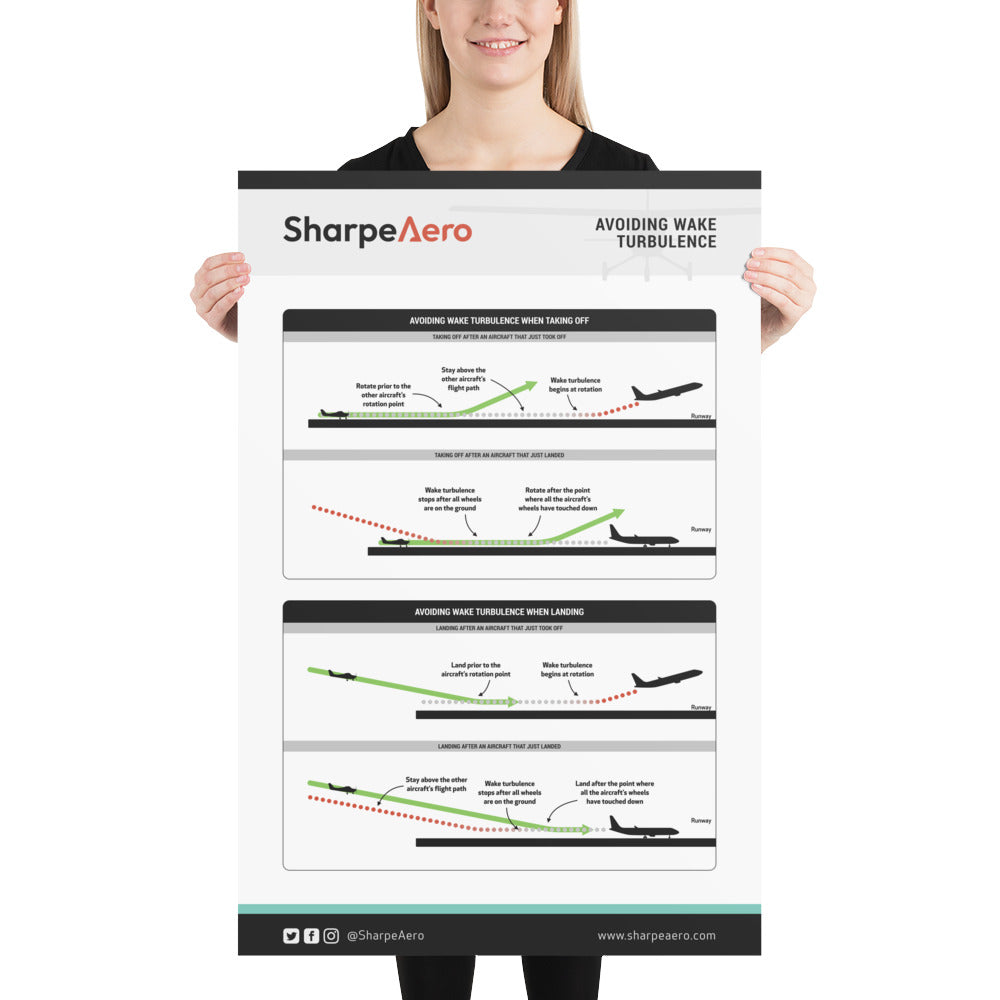
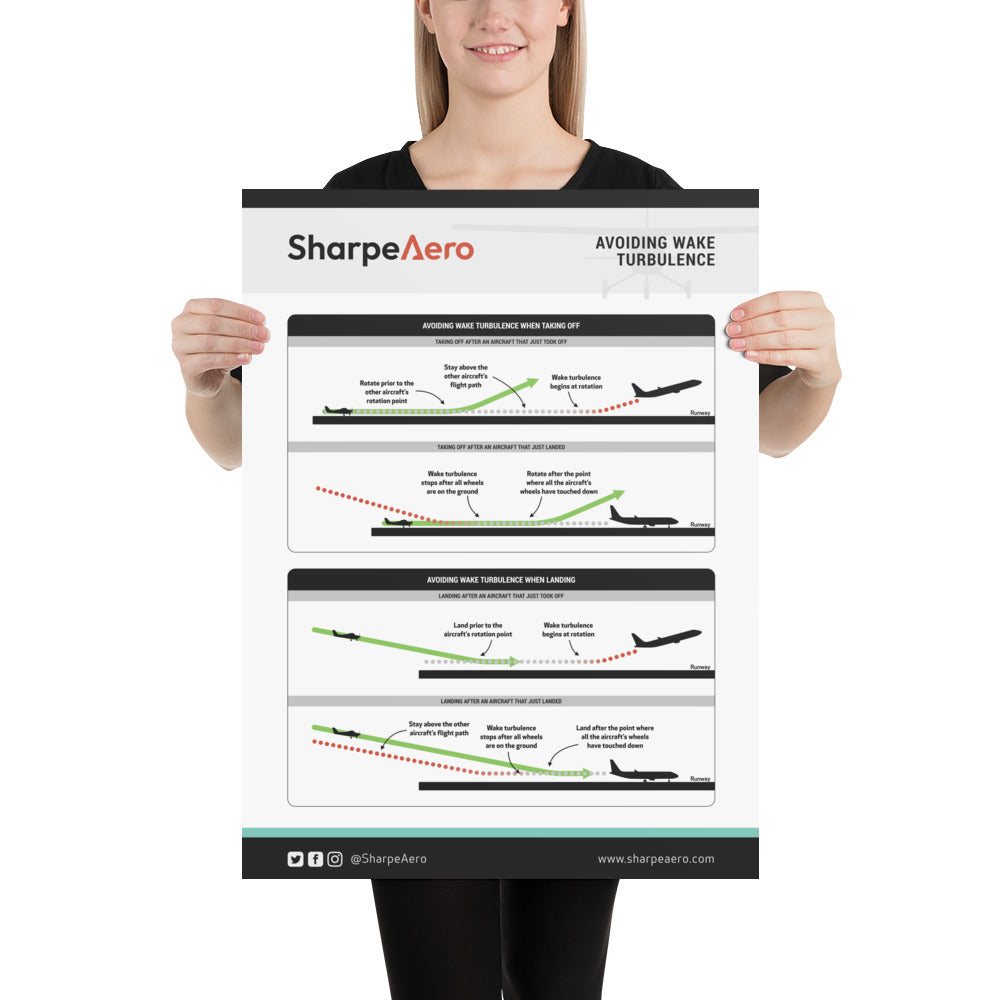
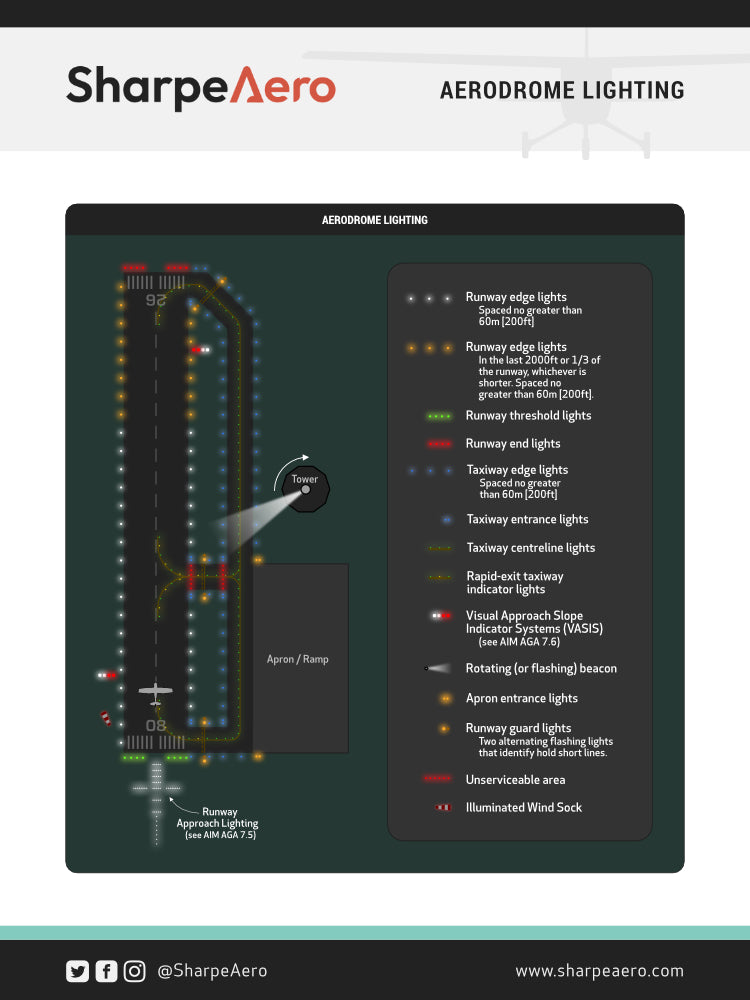
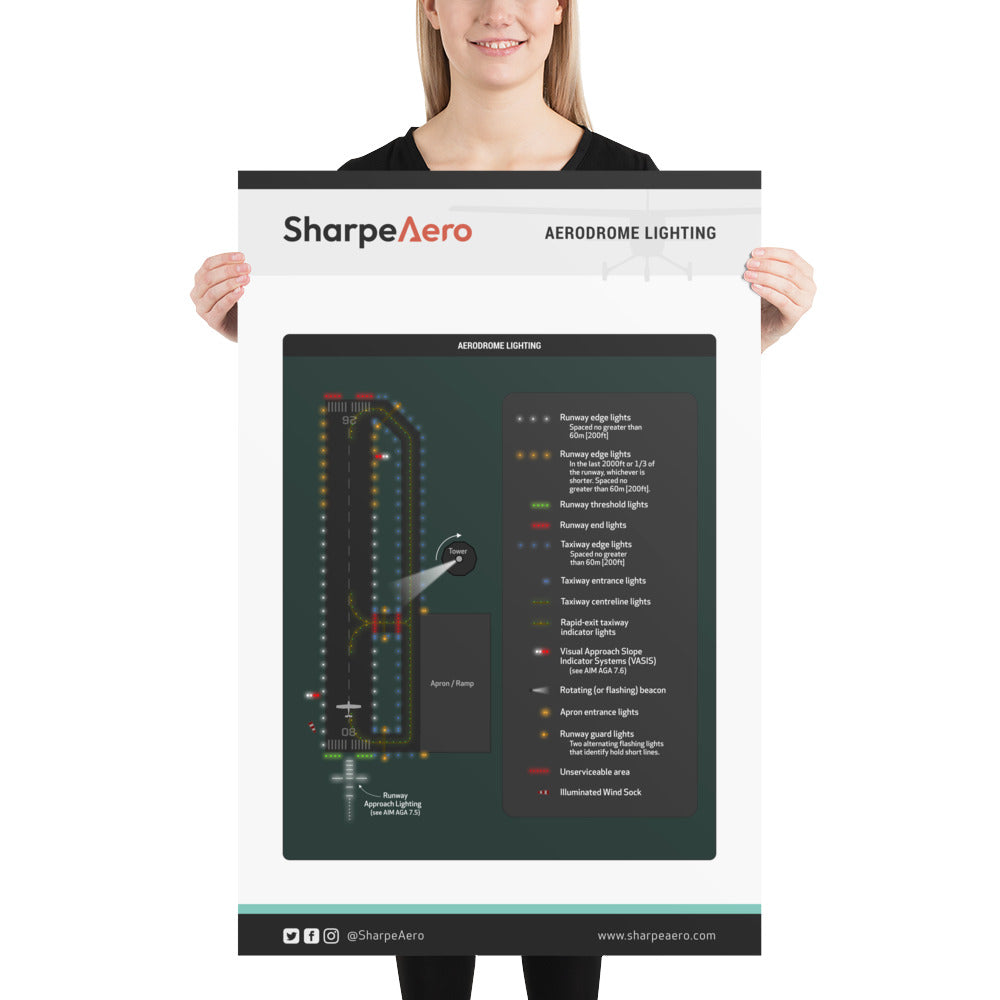
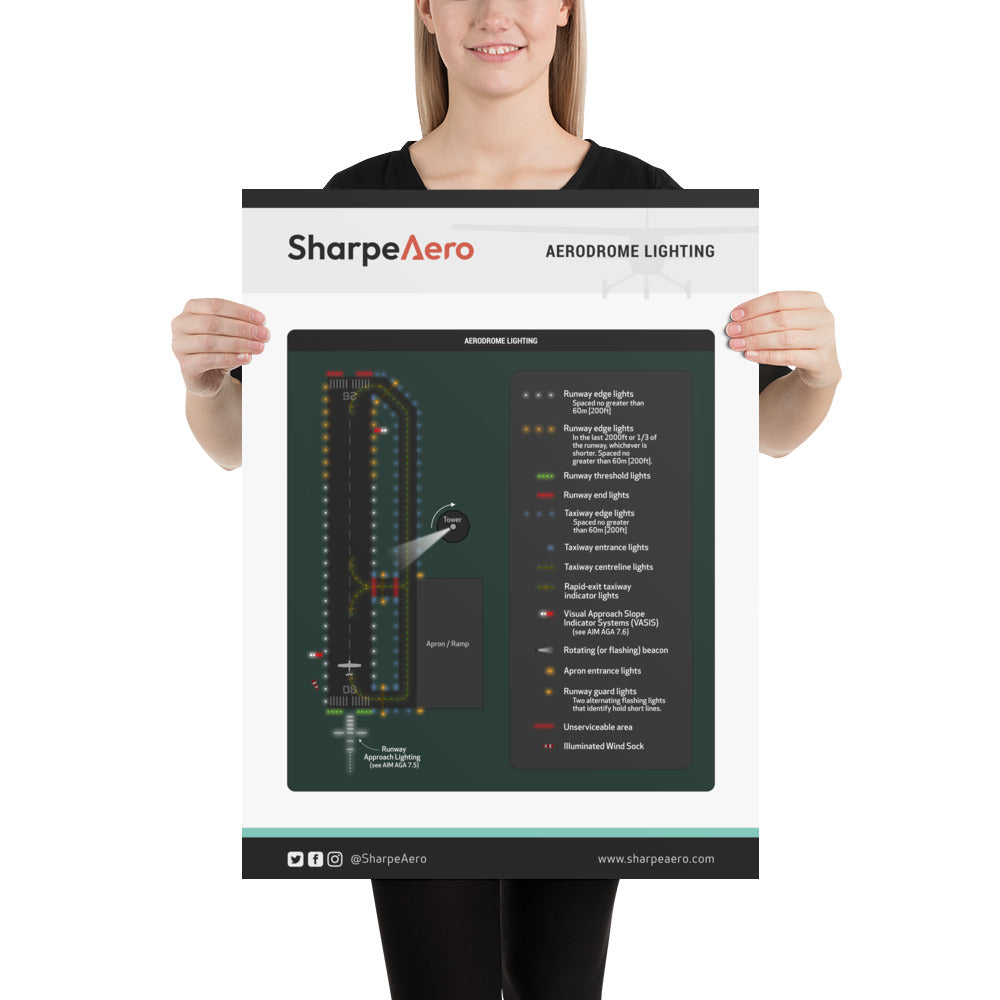
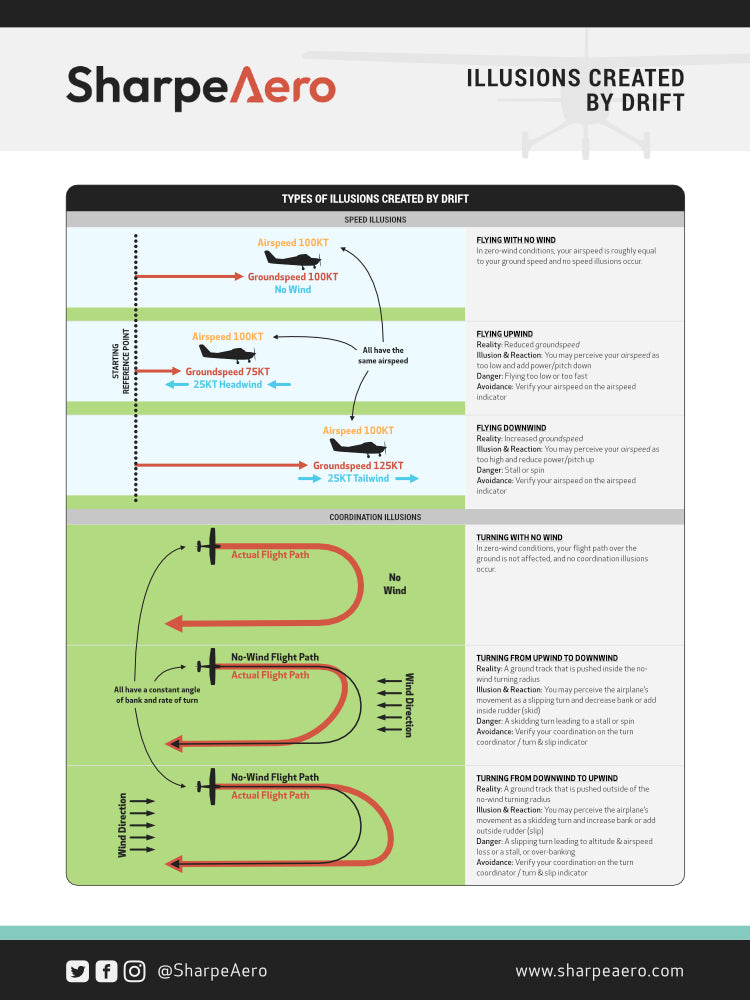
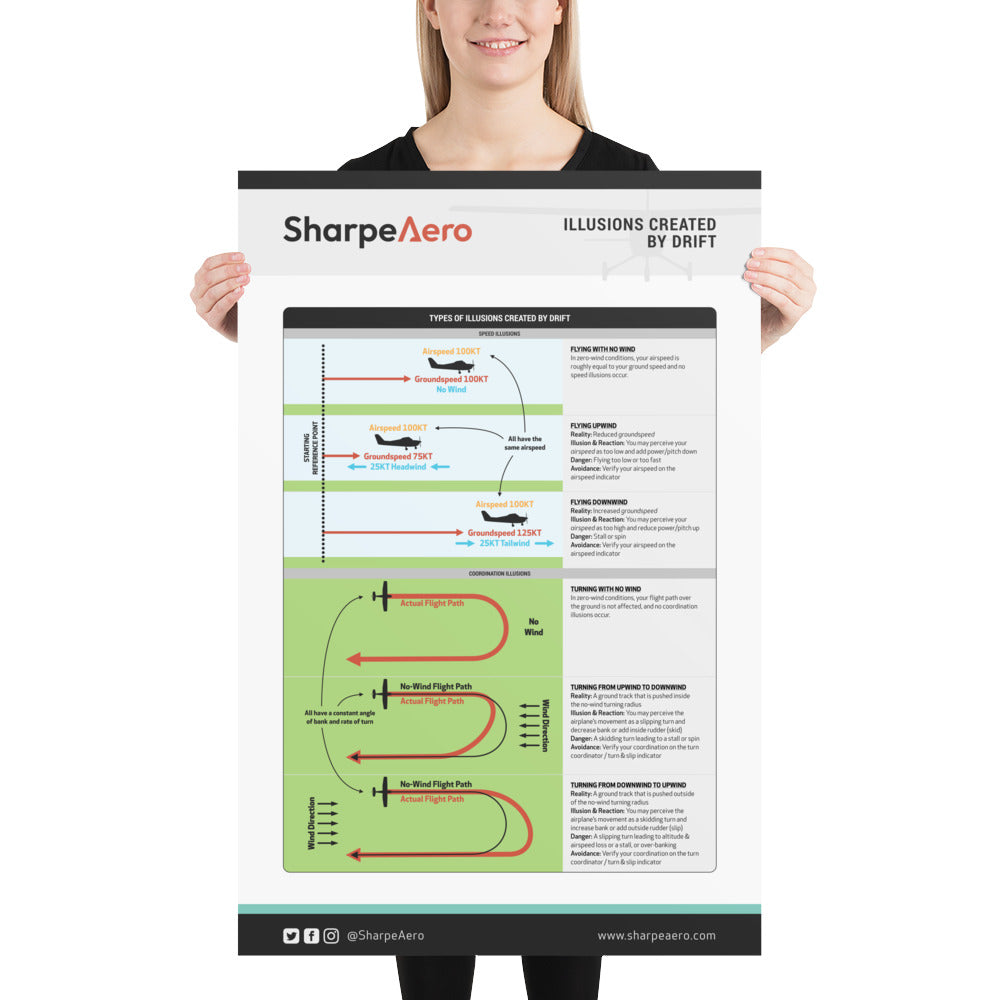
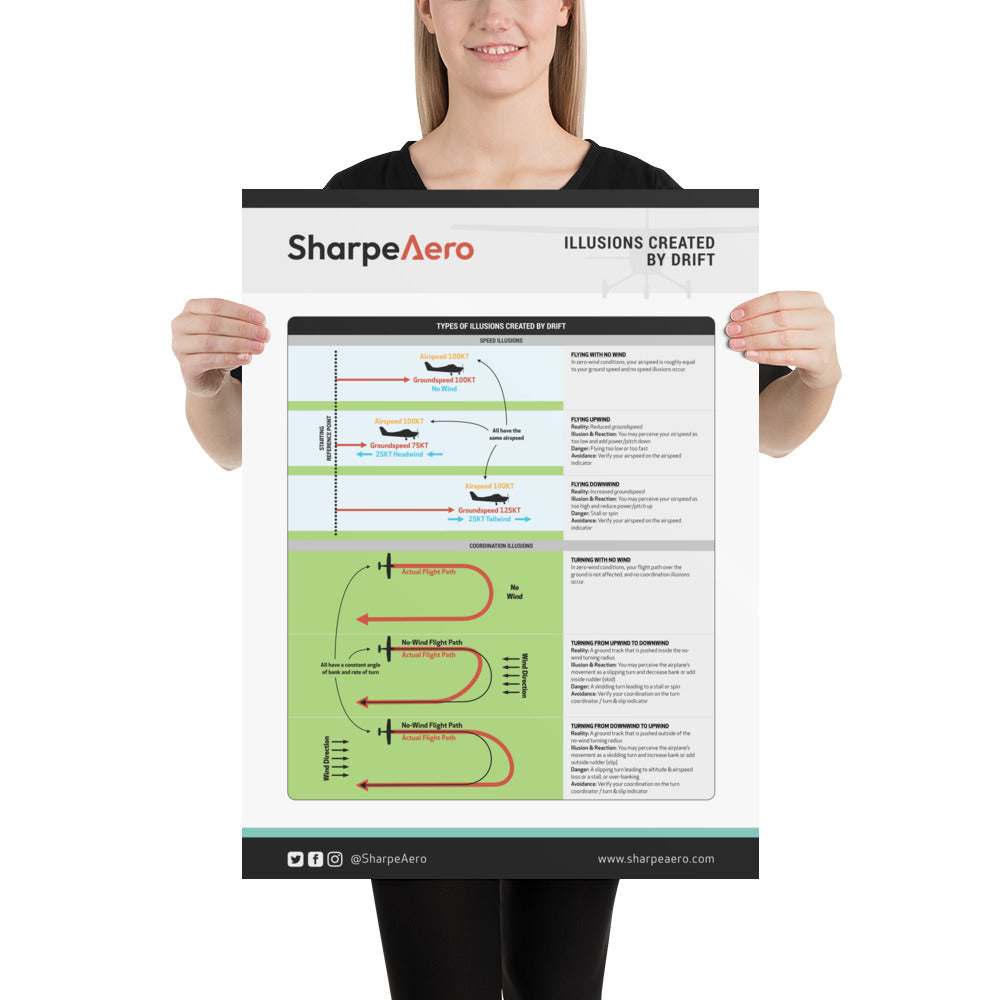
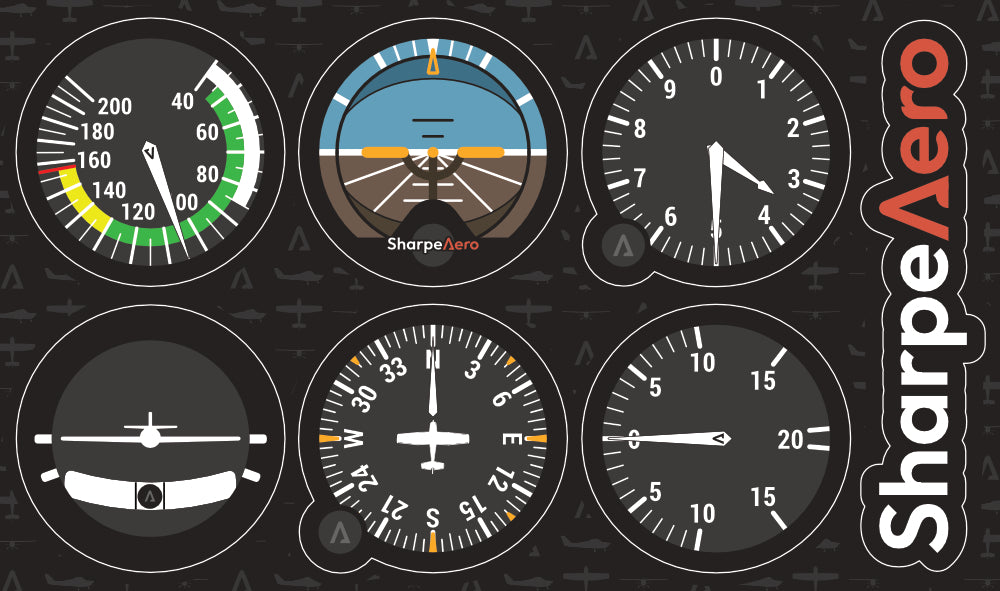
Leave a comment